Welcome to the Death Star: The Las Vegas Raiders’ Stadium. Part 1: Escape from Mount Davis.
- Ken Smoller

- Dec 29, 2021
- 10 min read
Updated: Apr 21, 2023

Authors Note: This article was largely written before the passing of the treasured John Madden on Tuesday, December 28, 2021. Before he became an announcing and video game icon, Madden brought glory to the Raiders and is an integral part of their legacy. John Madden changed the NFL is countless ways, but most importantly, he made its intricacies accessible to the average football fan. He will be missed.

For over four decades, Al Davis searched for a permanent football home for his prized Oakland Raiders/née Los Angeles Raiders/née Oakland Raiders. Despite multiple moves up and down the California coast, the Raiders always share their stadium with another roommate (the 49ers, USC and the Athletics at various times). None of these stadiums was quite suited for a marquis NFL team with the motto “Commitment to Excellence“.
The Raiders even were the last NFL team to play on a gridiron painted over a baseball diamond while the A’s finished their annual Moneyball playoff push. Yet in his death (Al passed October 8, 2011), his successor/son Mark Davis achieved a personal and civic triumph by constructing his shiny new stadium in the dry desert soil near the Strip in Las Vegas. Often maligned, the younger Davis accomplished the one victory that eluded his mercurial and legendary father Al Davis known for his catchphrase “Just win, baby”. Despite often being a suboptimal parent to Mark, his son nonetheless built a monument to his late father Al Davis in the form of Allegiant Stadium.
Left: Al Davis in 1990 at Solder Field in Chicago for a preseason game.
Right: Mark Davis (far left, front row) sitting with Michigan alum, Heisman Trophy winner and Hall of Famer Charles Woodson on the Raiders MNF game against the Ravens on September 13, 2021.
Despite their dumpy stadiums, the Raiders had a storied history that was full of colorful players and coaches, and even more colorful fans. Their greatest success occurred during the John Madden era in the late 1970s. Before he was known as the namesake for the staggeringly popular video game and as the gregarious NFL color commentator, the recently-departed Madden was best known as the beloved coach who brought the Raiders their first Super Bowl win in 1977.
His successor Tom Flores would lead the team to their second Super Bowl win in 1981 and a third during their LA stint in 1984. Despite having one of the longer championship droughts in the NFL, the Raiders always have had a mystique. They exuded “big game” despite playing in a concrete dump with a partially filled Mount Davis.
L to R: Raider’s defensive stars Lyle Alzado, Bob Golic and NFL Hall of Famer Howie Long during a 1990 preseason game aginast the Bears in Chicago.
For years Al Davis chased the white whale of a new football stadium up and down California, all while frequently suing his business partners, the National Football League. For the first six years of their history from 1960-1966, the Raiders shared various temporary stadiums throughout the Bay Area. Their first permanent home was the Oakland Alameda Coliseum, which they shared with the Oakland Athletics baseball team from 1966 until 1981. After failing to agree on improvements to the Coliseum with the City of Oakland, Al Davis moved the team 368 miles south to the LA Coliseum in 1982, the home of USC football and site of the 1932 and 1984 Summer Olympics.
Neither the Oakland Alameda Coliseum (top left), nor the Los Angeles Memorial Coliseum were ideal homes for the Raiders.
Al Davis apparently did not love LA and in exchange for agreeing to add 20,000 seats to the Oakland Coliseum, the Raiders yo-yoed back to Oakland in 1995. The Coliseum was “modernized” with the construction an eyesore of a new grandstand that was pejoratively labeled “Mount Davis”. Not only was Mount Davis barely used to its fullest for ten Raiders games a year, but it also marred the beautiful summertime views of the Oakland Hills for the A’s fans.
The Oakland Alameda Coliseum has been known by many names over the years, but its views were unequivocally marred by the 1996 construction of Mount Davis in centerfield.
To add to the Oakland Raiders’ frustration with their stadium situation, their pretty boy neighbors, the San Francisco 49ers, escaped their windswept Candlestick Park for Levi’s Stadium in Santa Clara in 2014. While not in the same stratosphere as other recently-constructed stadiums, Levi’s Stadium was a shiny new toy that was unlikely to be gifted to their little brother in Oakland.
Left: Candlestick Park in San Francisco, former home of the 49ers and Major League Baseball San Francisco Giants.
Middle and Right: Levi’s Stadium, the 49ers new home in Santa Clara, CA.
While it seems like a no-brainer now, the notion of a professional sports team in Las Vegas was once thought to be very long odds. Ever since the days of the Chicago Black Sox and Shoeless Joe Jackson, major professional sports leagues were loathe to associate themselves with the Nevada gambling mecca. Instead, Jerry (the Shark) Tarkanian’s “semi-pro” UNLV Running Rebels college basketball team dominated the team sports world in Vegas. The only bigtime football was played by UNLV at the utilitarian Sam Boyd Stadium.
The Thomas & Mack Center, the home of UNLV basketball. Bottom: Sam Boyd Stadium, the former home of UNLV’s football team.

The dam broke in 2017 when the Las Vegas Golden Knights played their first NHL game at T-Mobile Arena adjacent to the New York New York Hotel & Casino at the southern end of the Las Vegas Strip. Buoyed by the early success of the Knights, the professional sports world warmed to the concept of another Vegas team. A Vegas franchise has an appealing attendance advantage. Namely, even if the Knights have a rough year on the ice, T-Mobile Arena serves as a perfect road trip destination for visiting fans of the other NHL teams in the league.
Following Al Davis’ death, the Raiders again flirted with a move to the LA area. Their old nemesis, the NFL, thwarted that move by reaching a blockbuster agreement with the St. Louis Rams and San Diego Chargers to move to a new stadium on the site of Hollywood Park Racetrack in Inglewood, CA. Denied again, the Raiders redirected their efforts and sought approval from the NFL to relocate to Vegas. In 2017, the NFL approved the transfer and stadium construction got underway just west of Las Vegas Freeway and the Mandalay Bay Resort and Casino.
In 2017, Las Vegas’ signature welcome was extended to the Raiders. In late 2017, a new home for Raider Nation started to sprout in the desert down the road from lights of the Vegas Strip.
Given that the thermometer can reach triple digits during football season, the Raiders opted for a fixed roof dome to trap the robust air conditioning. To their credit, the Raiders honored football tradition and installed a Bermuda grass playing surface on a tray system that slides in and out of the stadium. Unlike the Raiders, the UNLV football team play on a FieldTurf field that sits on concrete and under the portable Raiders’ grass field.
The Raider's portable Bermuda grass playing surface can be rolled in and out of Allegiant Stadium. On most days, it roasts outside under the Nevada desert sun.
I was lucky enough to be in Las Vegas for the Raider’s Monday Night Football opening night game against the Baltimore Ravens on September 13, 2021. It would be the first regular season game played before fans at Allegiant Stadium following the fanless games of 2020 during the Covid-19 pandemic. As soon as my uber dropped me off a few blocks away from Allegiant Stadium, I knew this experience would be unlike anything else in the NFL.
Even though kickoff was still two hours away, there were heavily black clad costumed Raiders faithful baking in the intense Vegas sun all over the parking lots. Most noticeable was the fierce “parade float” filled with members of the legendary “Black Hole” fans group marking their territory around the Raiders’ new home. I was stunned by the number of Raiders fans who dress up for the game in a manner that would put the craziest Vegas Halloween party to shame.
The Black Hole "parade" provided a menacing welcome to Allegiant Stadium.
Despite moving 540 miles down the road, the intensity of the Raiders’ fan base has not waned. The intimidating “Raaaaaaaiders, Raaaaaaaaaaiders” chant could be heard all day throughout the city and in every corner of Allegiant Stadium. While I am not sure of the split between Nevada-based Raiders fans and those who traveled from the Bay Area, it was clear that Raider Nation would not be outnumbered by visiting fans as many had suspected. For the game that I attended, I would estimate there were about 15-20 percent invading Baltimore Ravens fans. While the visiting fan contingent was sizable, the Raiders still enjoyed a homefield edge in fan noise. Furthermore, Raider Nation came dressed for battle, with elaborate armor that far surpassed customary gameday attire.
Not only did the Raiders and Mark Davis build a very good stadium, but it definitely has an intimidation factor built into its metalic fabric. Sure, visiting fans will snag tickets on the secondary market and fill a slew of seats, but their intensity of the Raiders’ fanbase and “Death Star” feel will make Allegiant Stadium a formidable fortress.
The Raiders openly embraced the Dark Side in Allegiant Stadium.
The legacy of Al Davis is honored in multiple ways at Allegiant Stadium. For starters, the official address is 3333 Al Davis Way. The biggest monument to Al comes in the form of an eighty-five foot memorial torch, which has been enlarged since it debuted in Oakland in 2011. The Vegas version of the torch looks like a giant urn on the main level of the concourse and then penetrates the first level ceiling until it sprouts out in front of the giant picture windows overlooking the Vegas skyline. Each game, a different honoree is designated to “light” the torch before kickoff.

Throughout the game, I couldn’t quite get used to seeing the endzone painted with “Las Vegas” in Raiders’ colors.
Merch shops and food stands reflect their Vegas home. For example, unlike other stadium shops that I have been to, team poker chips are an available keepsake at the Allegiant Stadium team shop. Another Nevada nod is at the Area 41 food stands.
Not everything was ideal at Allegiant Stadium for the stadium’s public debut. For example, the men’s bathroom lines were ridiculously long. While waiting, I saw perhaps the bravest (or most reckless) man at the game. A thirty-something dad of two young boys raced past a long line of squirmy Raiders and Ravens faithful while the panicky dad pleaded “bathroom emergency”. Much to my pleasant surprise, nobody gave the dad a hard time. Overall, the Raiders’ faithful were a friendly bunch despite their menacing exterior. They are like a western version of the Bills Mafia.
The long lines at the men's bathroom was one of the few glitches I saw on opening night at Allegiant Stadium.
Obviously, the Covid situation is fluid, but as of the 2021 season, Allegiant Stadium was one of the few stadiums in the United States to require that all fans be vaccinated against virus (not just proof of a negative test). Before entering the stadium, fans needed to upload their vaccination card and a photo to an app to show ticket takers.
Before entering Allegiant Stadium for the 2021 season, fans need to show proof of their vaccinated status to ticket takers via a phone app.
Like many stadiums during the Covid era, all payments must be cashless at Allegiant Stadium. For those luddite fans who still have a flip phone or less, they will need to convert their cash into a debit card at machines located throughout the stadium.
Given that it’s Las Vegas, expect glitz, celebs and Raiders legends at Allegiant Stadium. For the opening night Monday Night Football game that I attended, there were a staggering number of stars in attendance, including Lil Jon, Fred Biletnikoff, the National Anthem by Gladys Knight (sans Pips) and a halftime performance by Ice Cube.
Not only did Ice Cube perform a mini-concert at halftime, but a light show accompanied his performance via wirelessly-connected bracelets given out to all fans.
When deciding where to stay for a Vegas football weekend, a hotel within walking distance is the unambiguous ideal choice. Catching an uber/lyft/taxi to the game from any spot in the city is not the problem. Instead, the transit nightmare occurs after the game when 65,000ish fans queue up for the figurative taxi line at the same time. Although there is a rideshare pickup area north of the stadium, given the sheer volume of people the only logical pedestrian exodus from Allegiant Stadium is on foot.
It was a near biblical image watching the exodus of thousands of fans marching over the Las Vegas Freeway bridge towards the southern end of the Vegas Strip nearly half a mile down the road. If you have kids in your group, be prepared to have an interesting Q&A session about the pure cloud of pungent smoke that was so intense it would have made Snoop Doggblush. Once across, the crowd remains so thick that transportation elsewhere in the city is really only possible on foot or the short tram from Luxor to points north. While the city does have a monorail system, it is not ideally located for stadium traffic as it is currently configured. My advice is to keep it easy for a short football trip and stay at one of the nearby hotels such as Mandalay Bay, the Luxor or Excalibur.

But I Digress… The Raiders started their “Vegas Residency” in front of an audience on with a nationally televised Monday Night stage against the Baltimore Ravens on September 13, 2021. No Vegas entertainment spectacular would rival the unscripted performance on the field that night. |
The night started with a few distinctly Vegas touches. Despite being a domed stadium with a fixed roof, the United States Air Force Air Demonstration Squadron “Thunderbirds” performed a flyover that ticketbuying fans could only view on the giant scoreboards in both endzones. It was a flashy show, with limited payoff. There also was a nod to a more traditional Vegas sport with famous UFC Octagon announcer Bruce Buffer urging on the fans with his “Let’s Get Ready to Rumble” call to action right before kickoff.

Even with all the sideshows during the debut of the fan-filled Allegiant Stadium, the game itself was the biggest show. It featured three 4th quarter game tying drives by Raiders QB Derek Carr, culminating in a last minute 55 yard field goal to send the game to overtime. During OT, the Raider’s thought they completed the comeback and celebrated a “walk-off win” with a 33 yard “TD” pass from Carr to Bryan Edwards. The fans and players exploded in celebration and the Ravens fans hightailed it to the exits.
The replay gods, however, overturned the win and put the ball at the one yard line. With the Ravens fans racing back to their seats, the game really got crazy. The Ravens intercepted the ball in the endzone to deny the Raider’s the win… then Raiders’ defensive end/civil rights hero Carl Nassib forced Ravens QB Lamar Jackson to fumble the ball back to the Raiers… then the Raiders win AGAIN with a real walk-off touchdown pass from Carr to Zay Allen. A second huge celebration erupted between the Raiders and their fans. Naturally, the Raiders Nation would not enter their new Vegas era quietly. The rest of the 2021 season would continue the mirror the madness of the Raider’s auspicious launch.
Carl Nassib’s forced fumble led to the game winning TD pass from Derek Carr to Zay Allen and another round of raucous celebrations by Raider Nation.
All photographs and text by Ken Smoller. ©2023 Stadium Vagabond – All Rights Reserved.


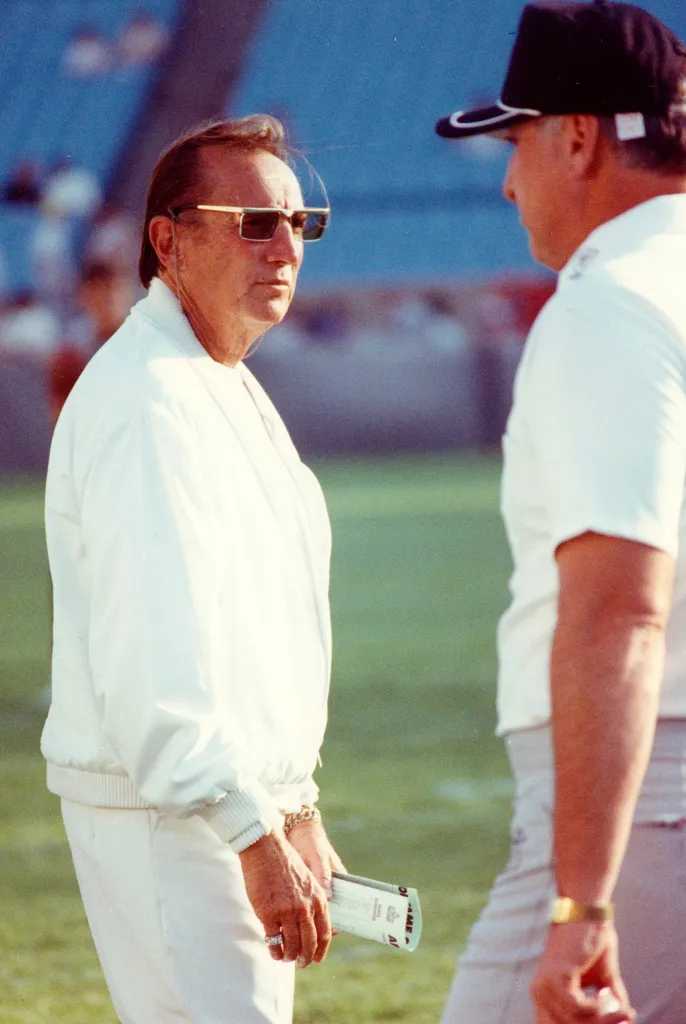
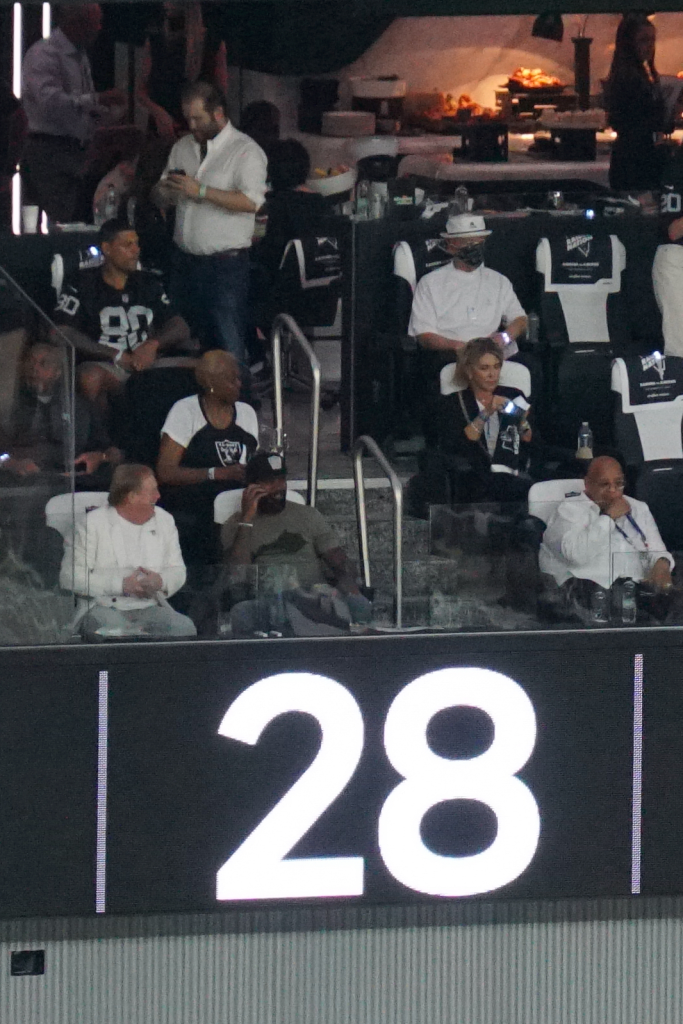
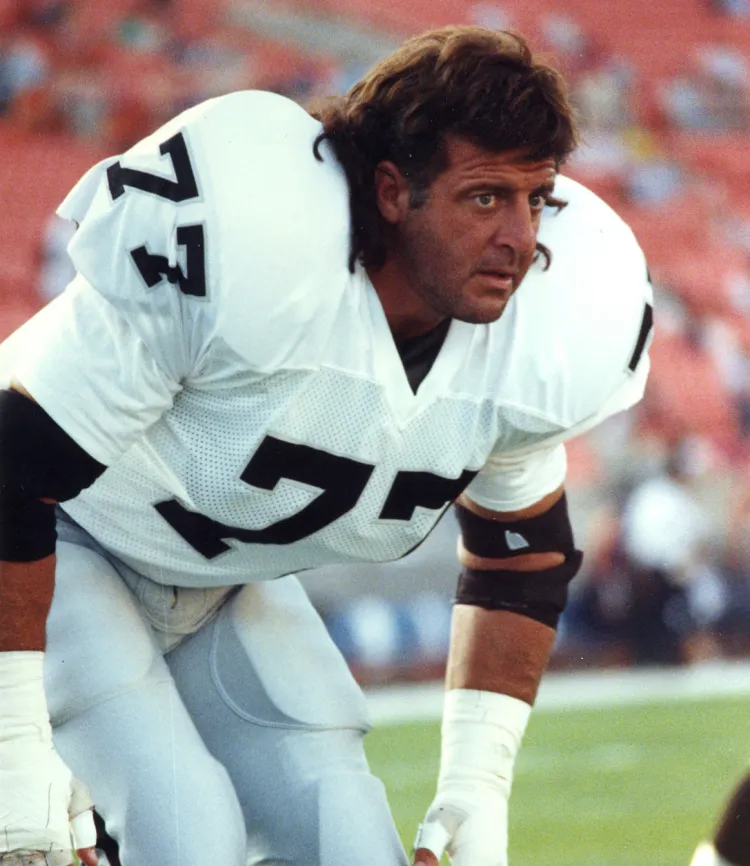
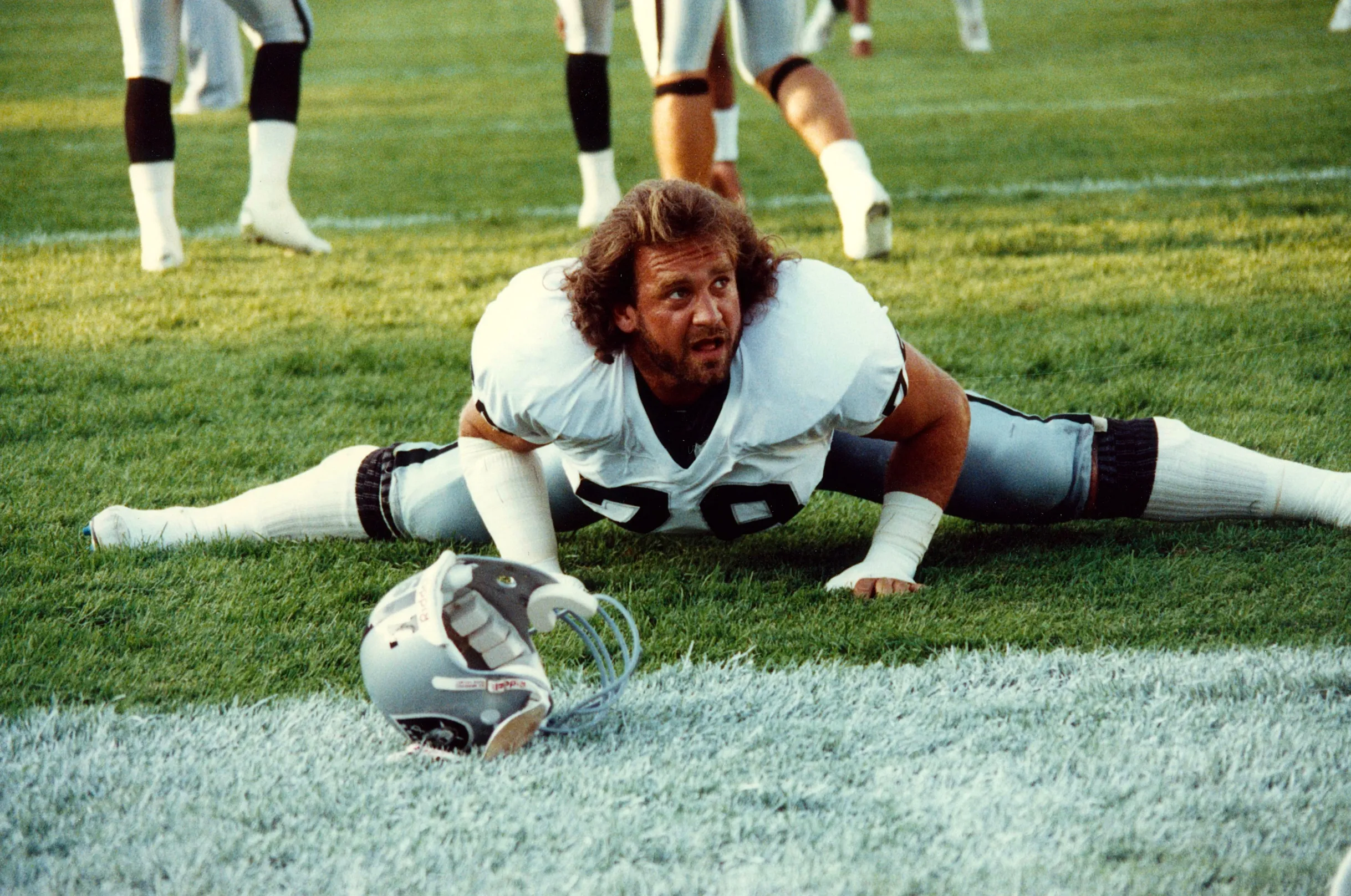
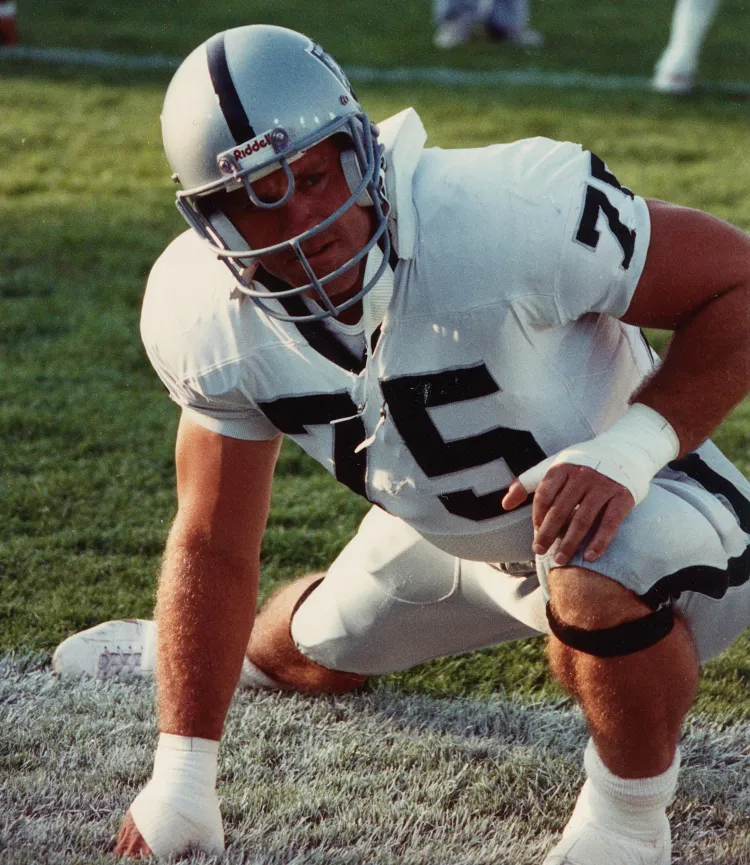
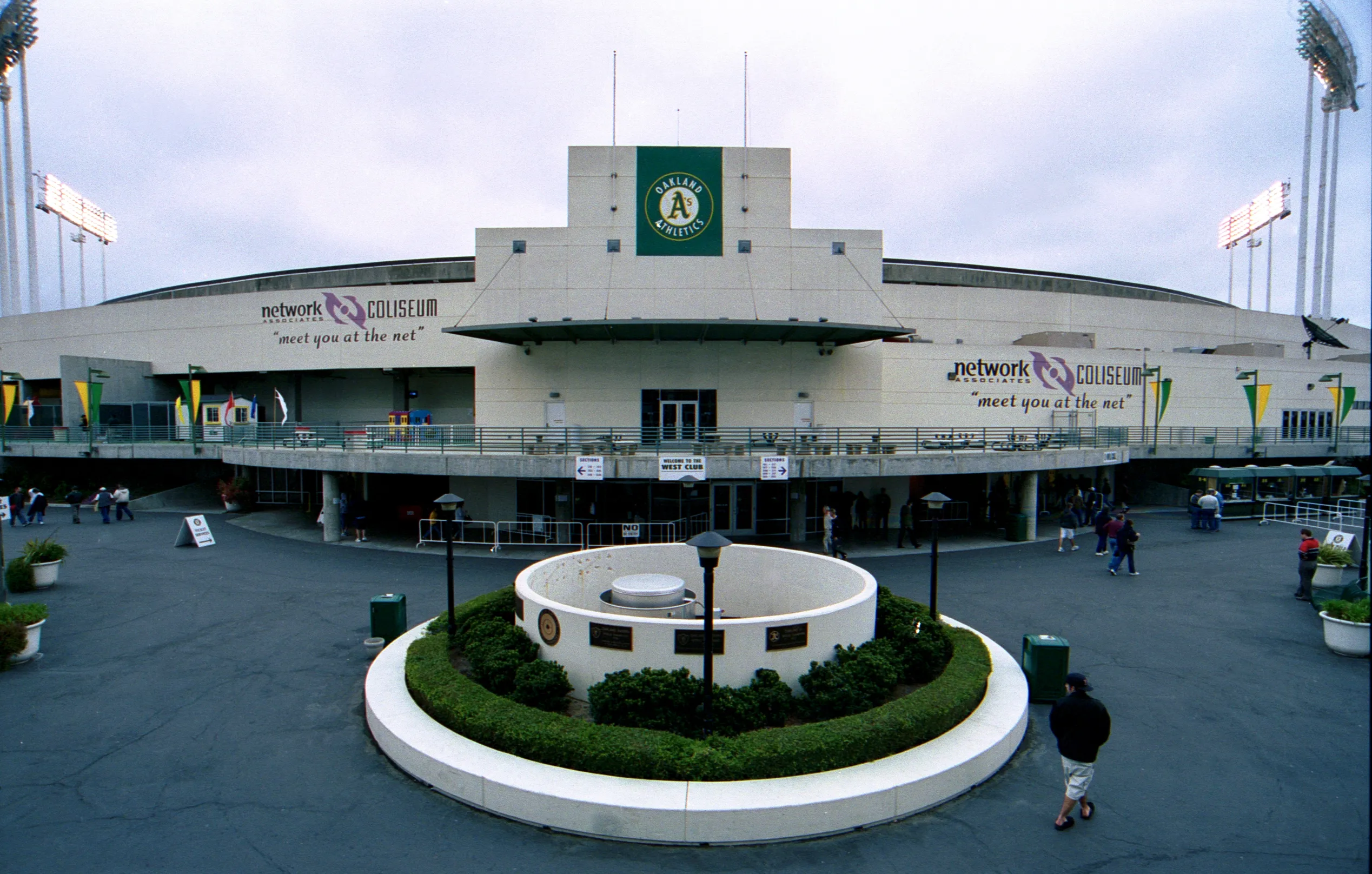


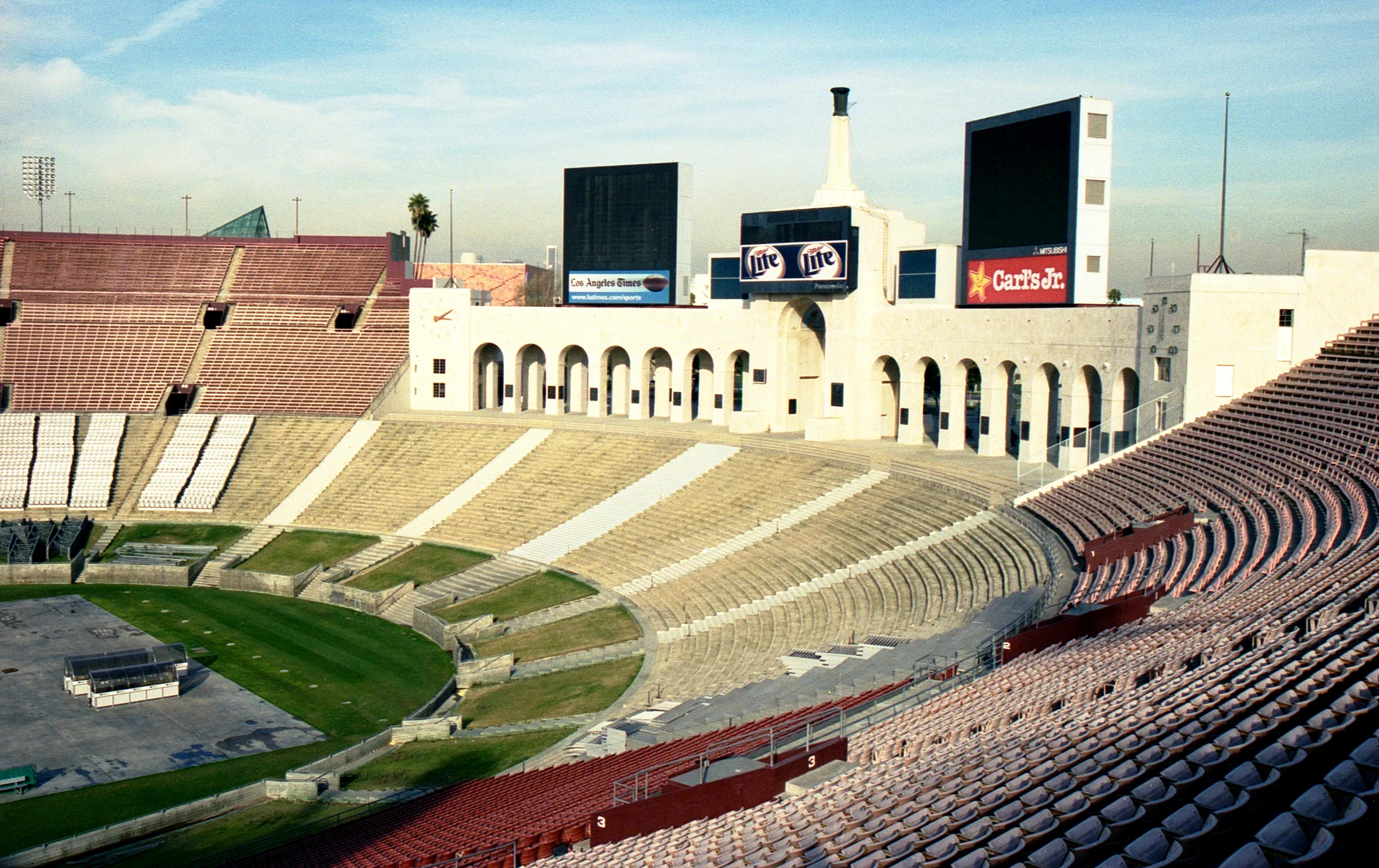
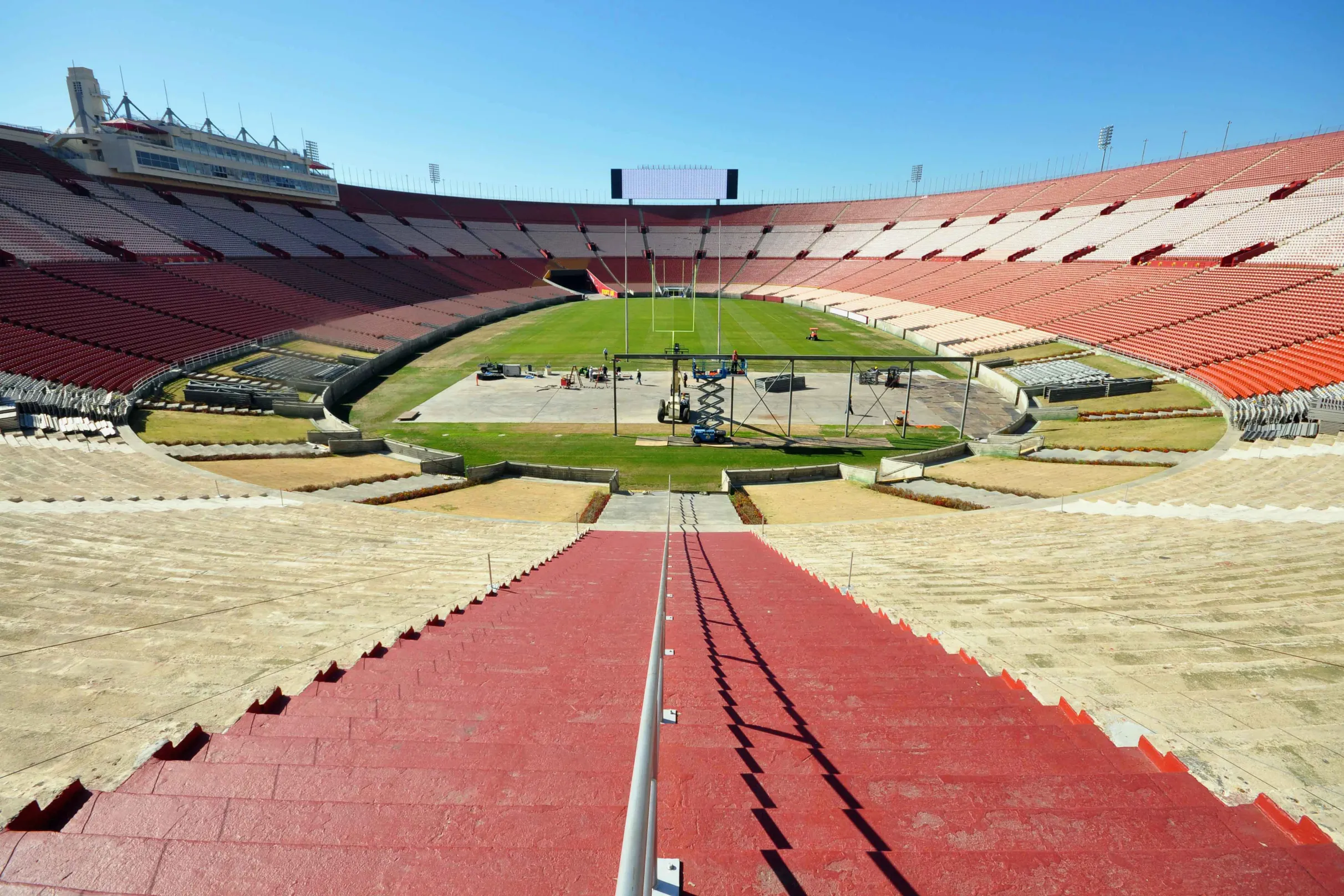
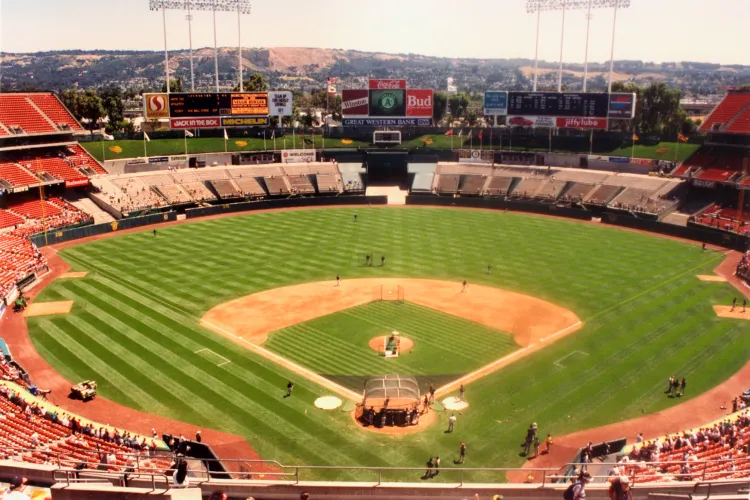
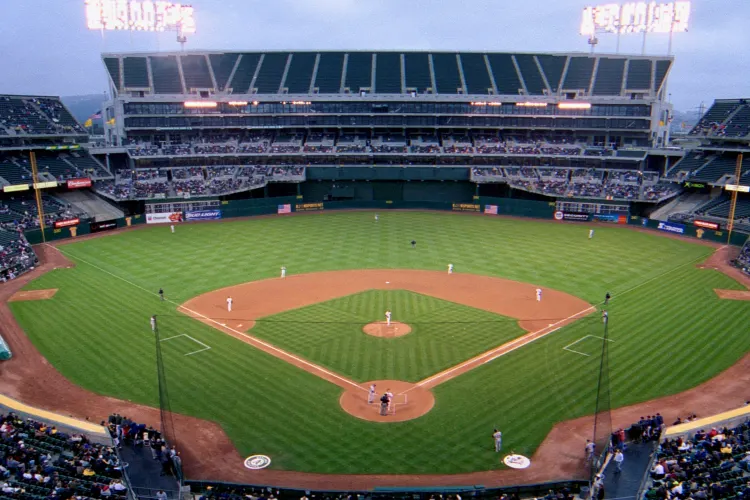
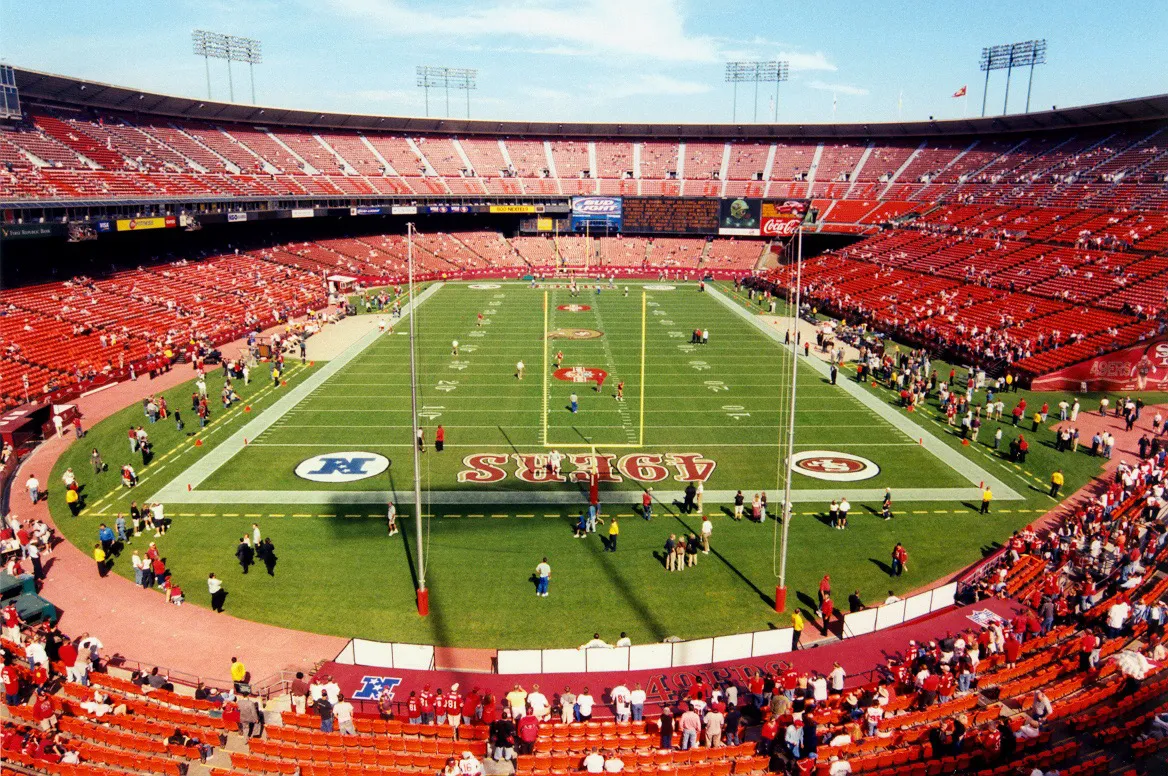
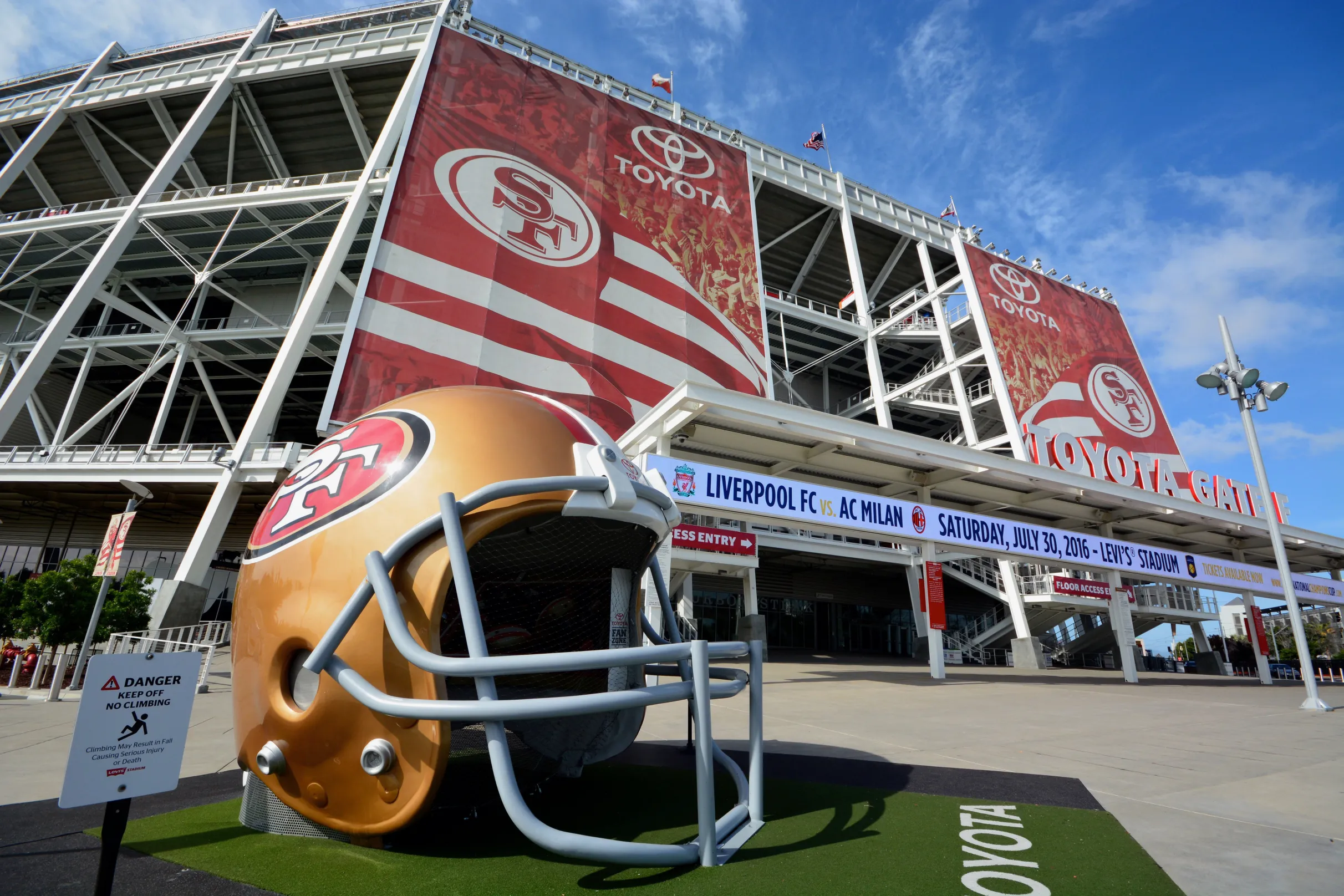
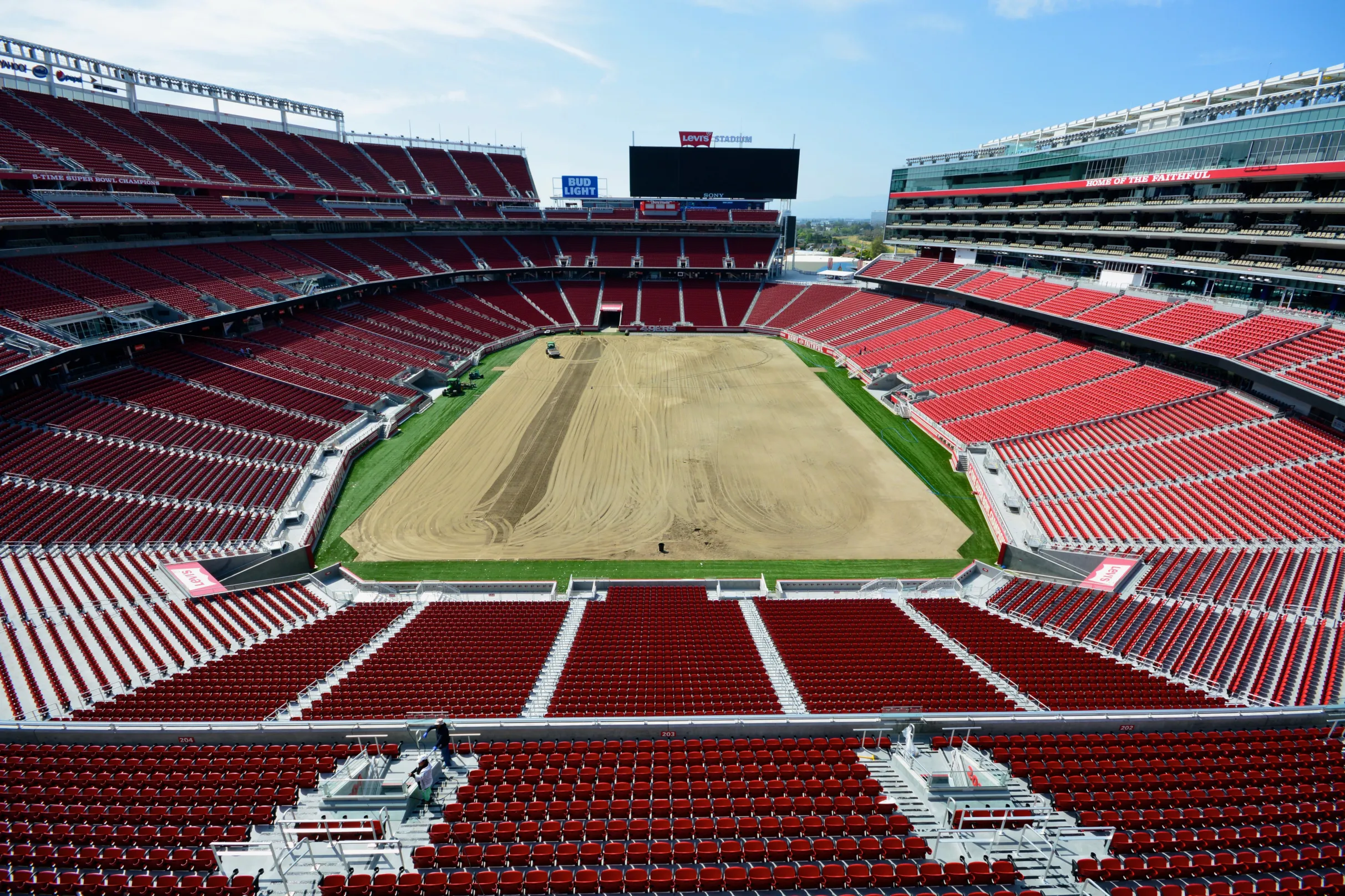
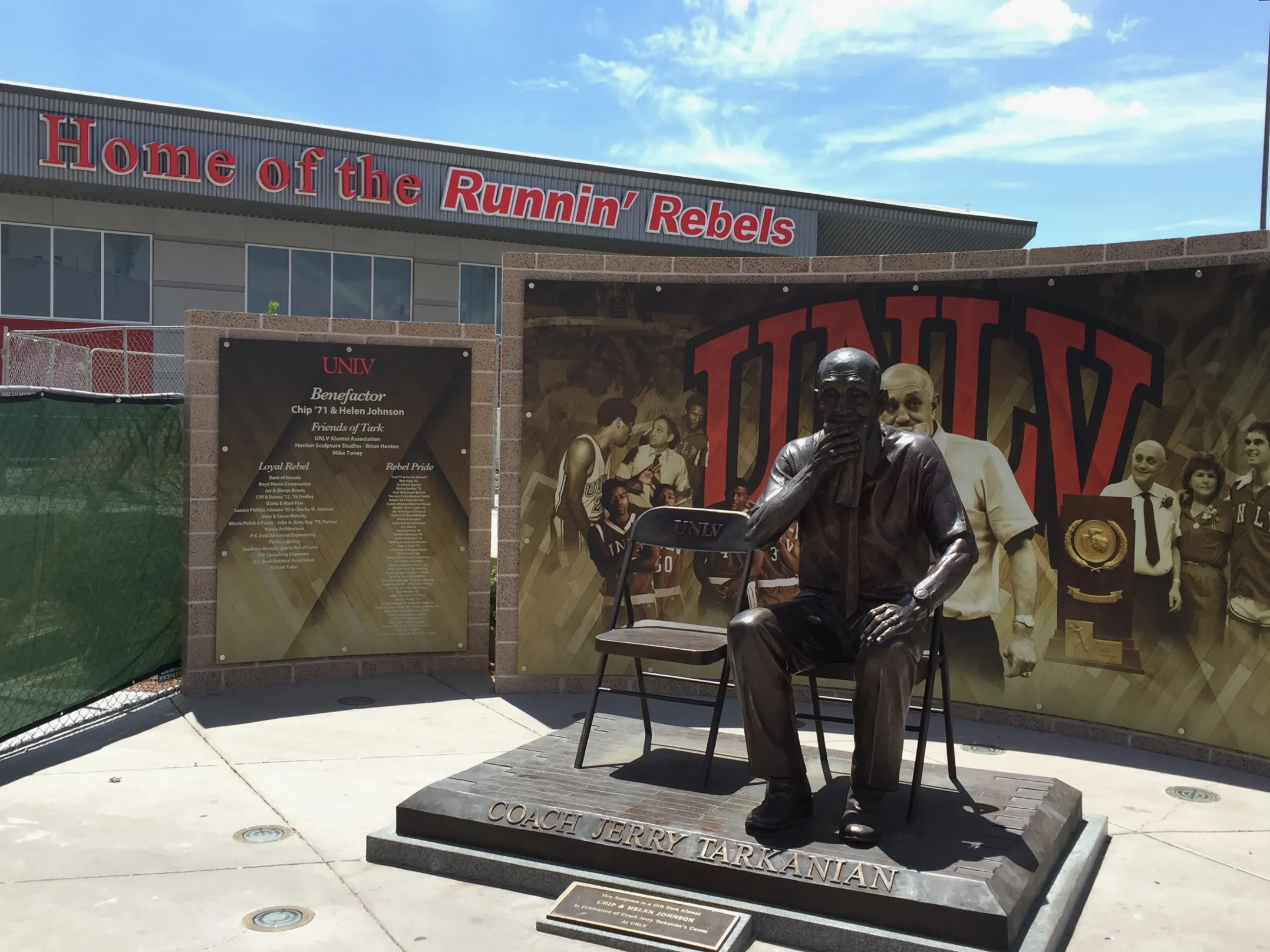
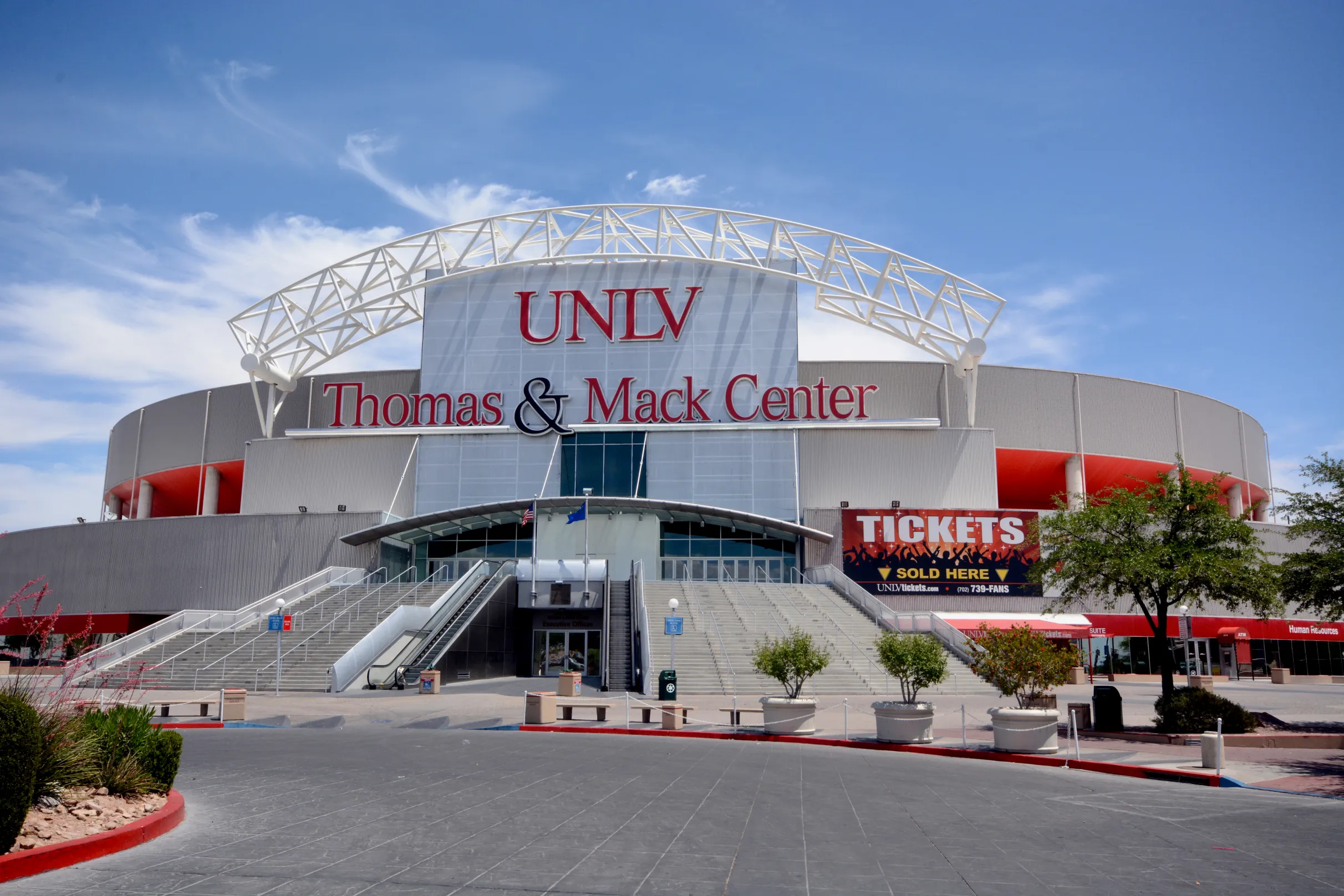
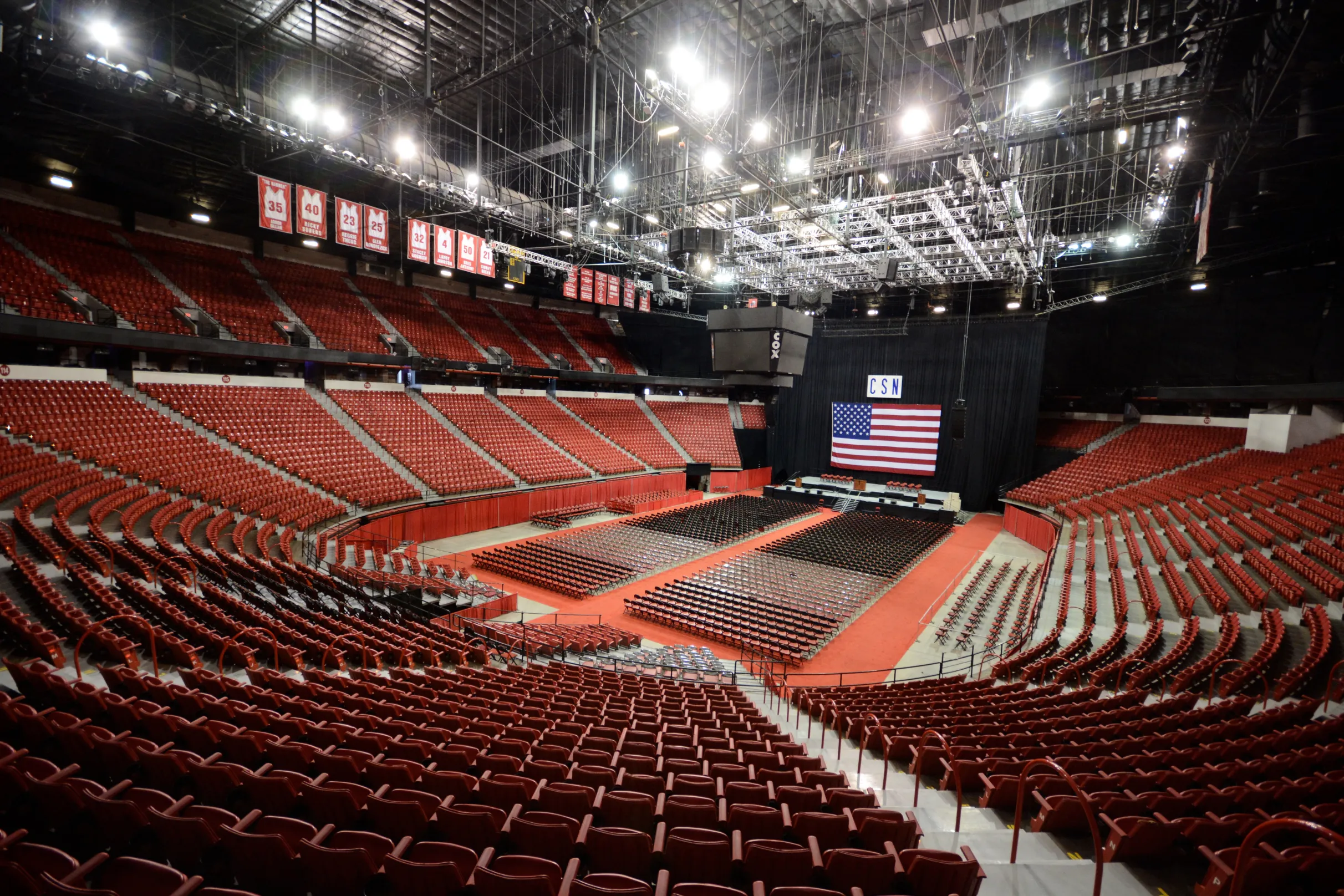
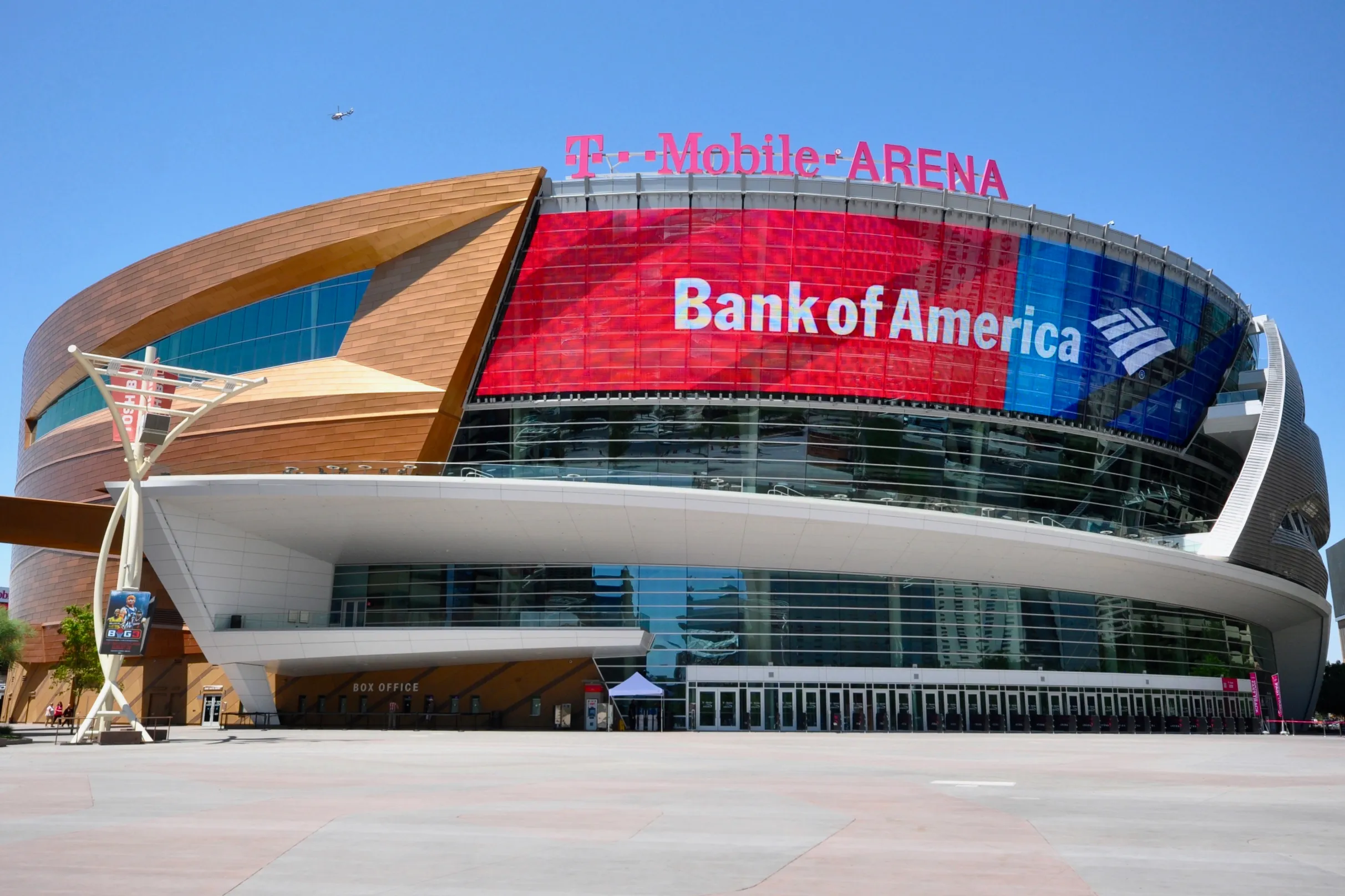
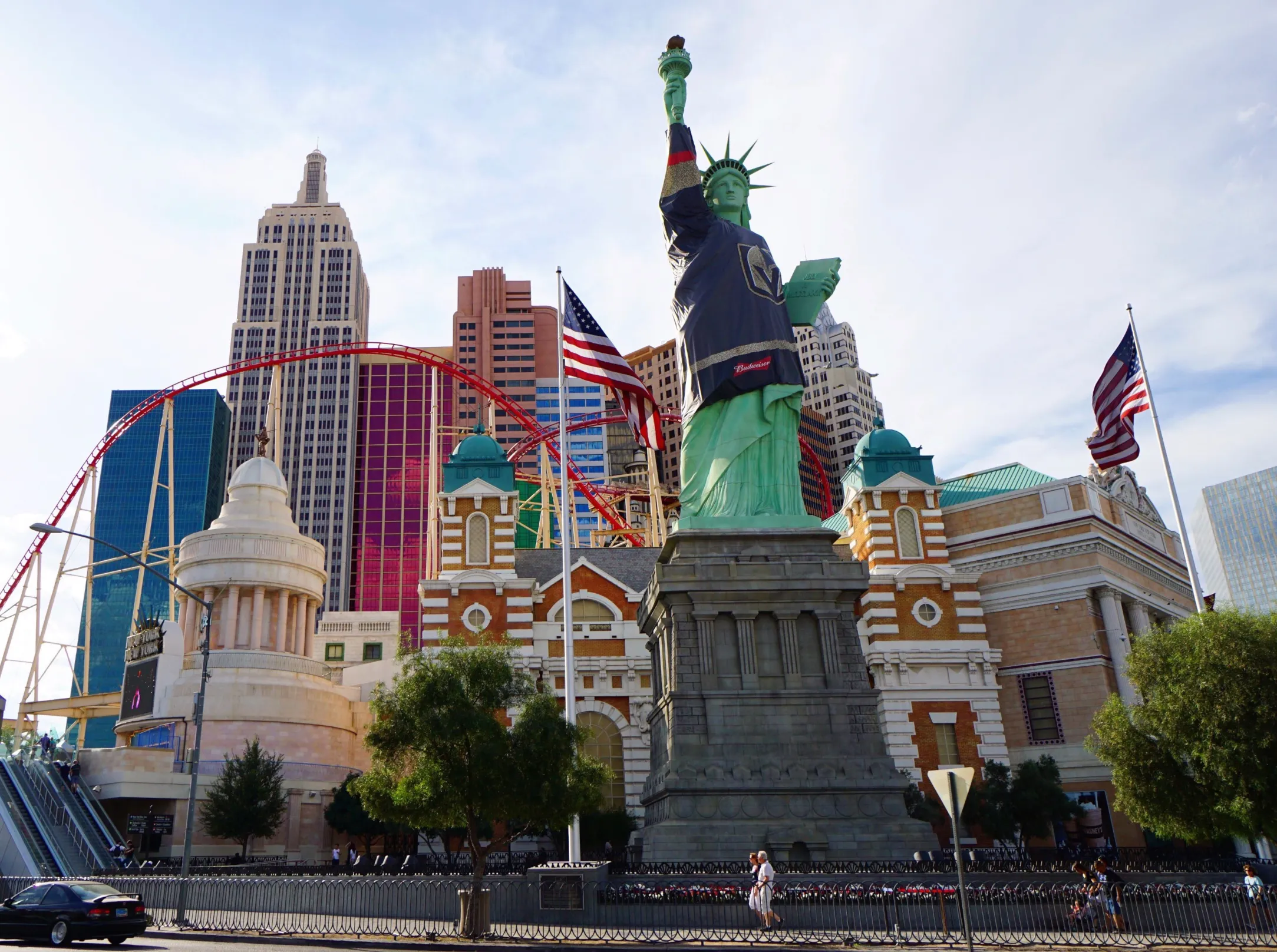
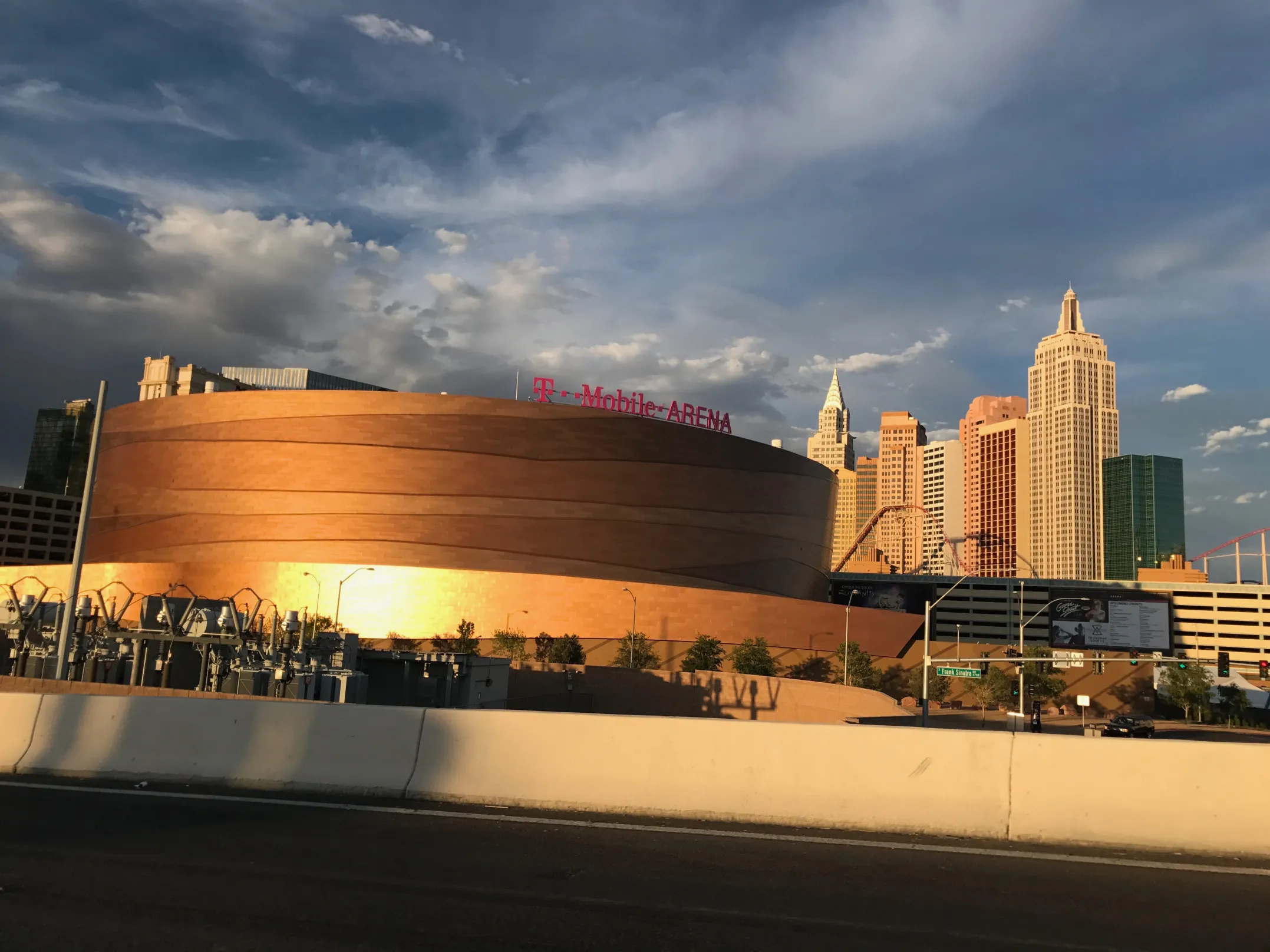
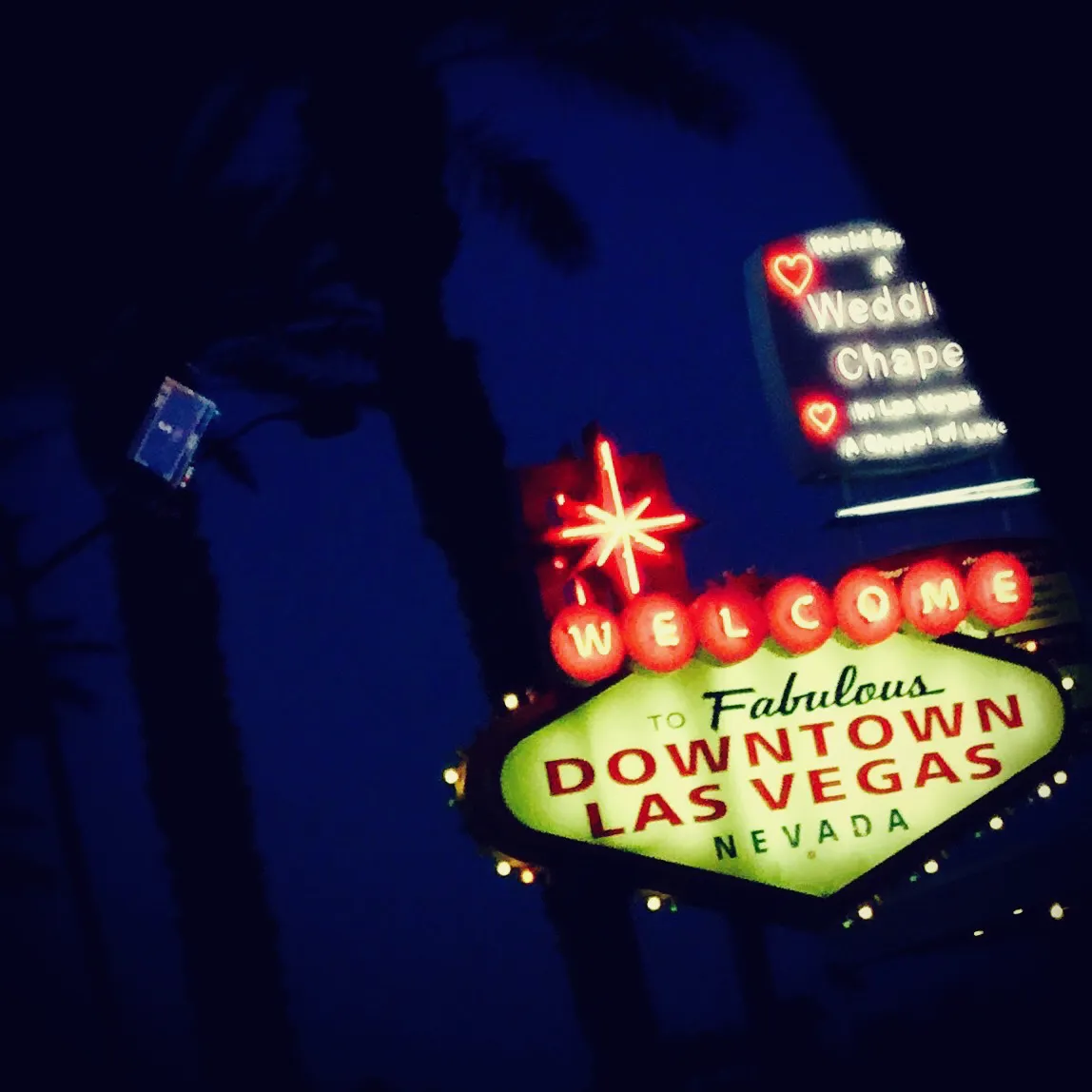
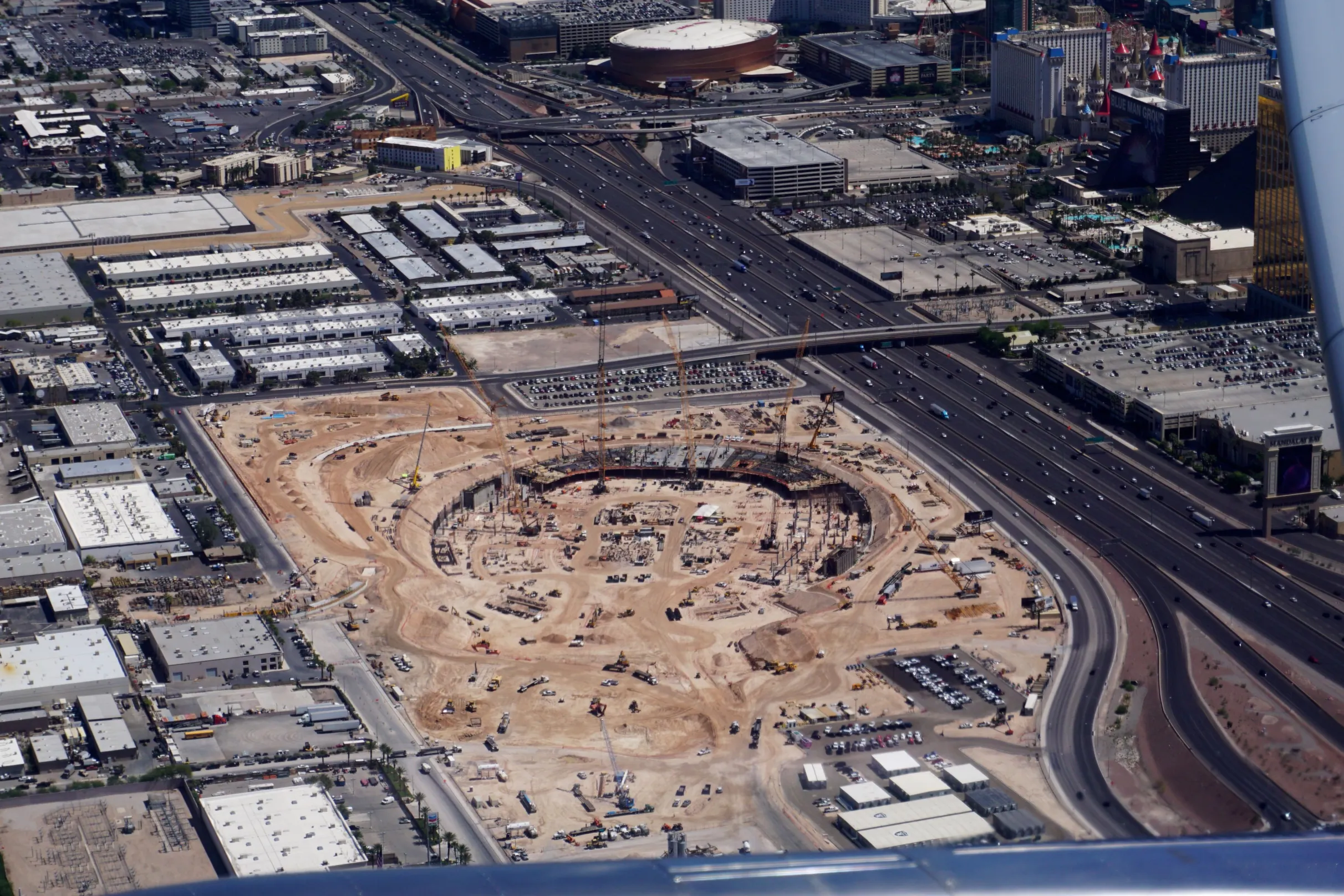

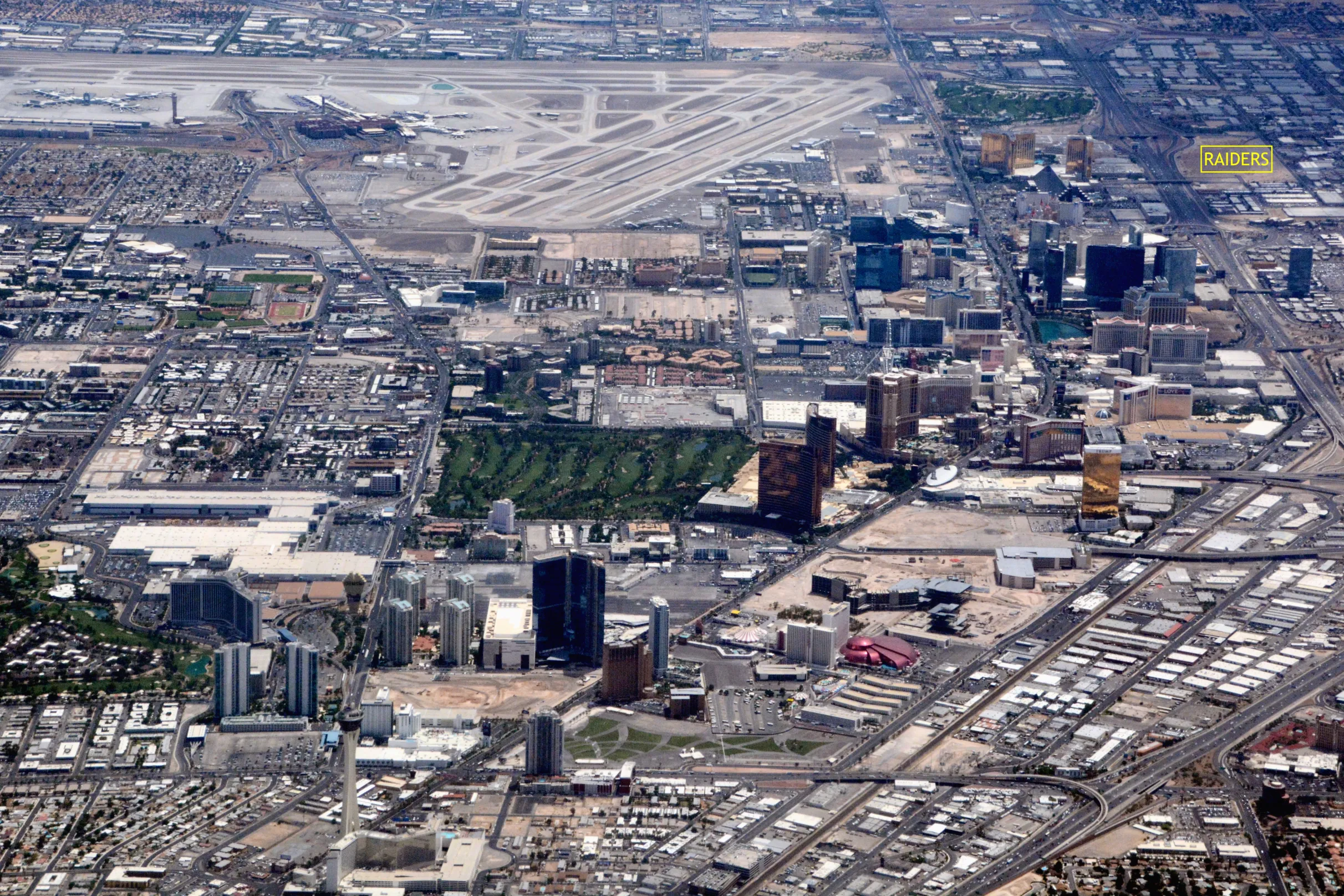
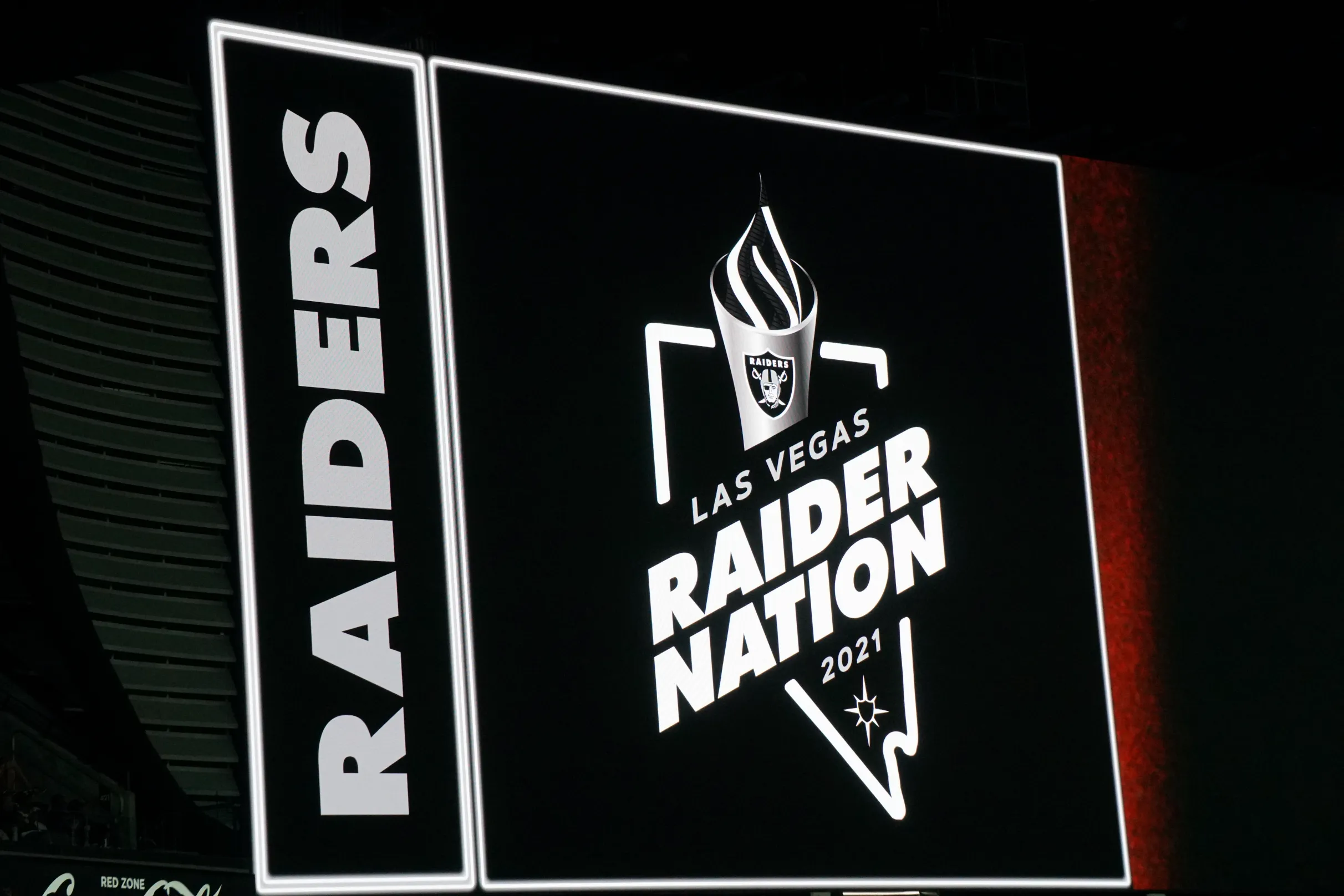
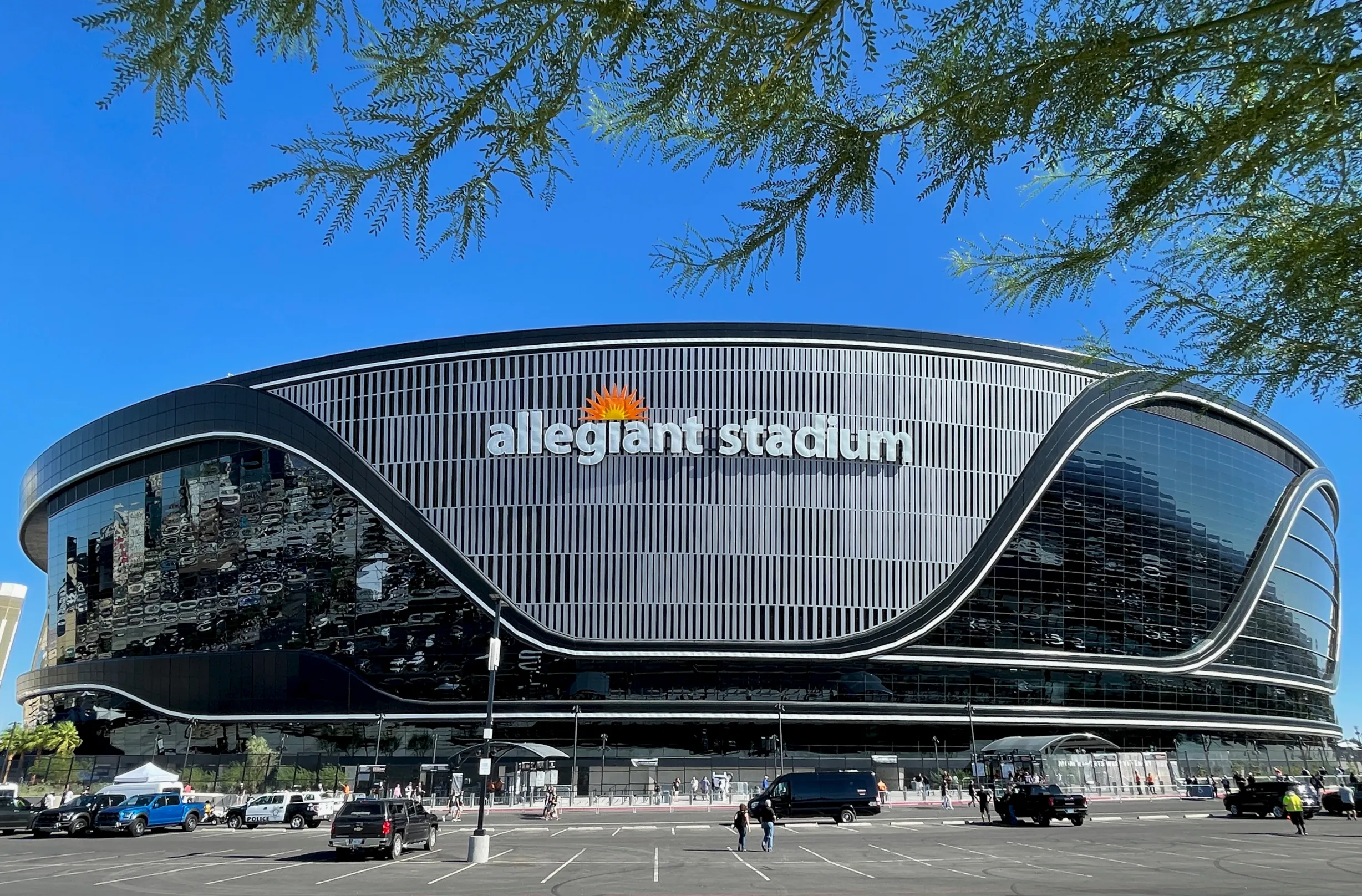
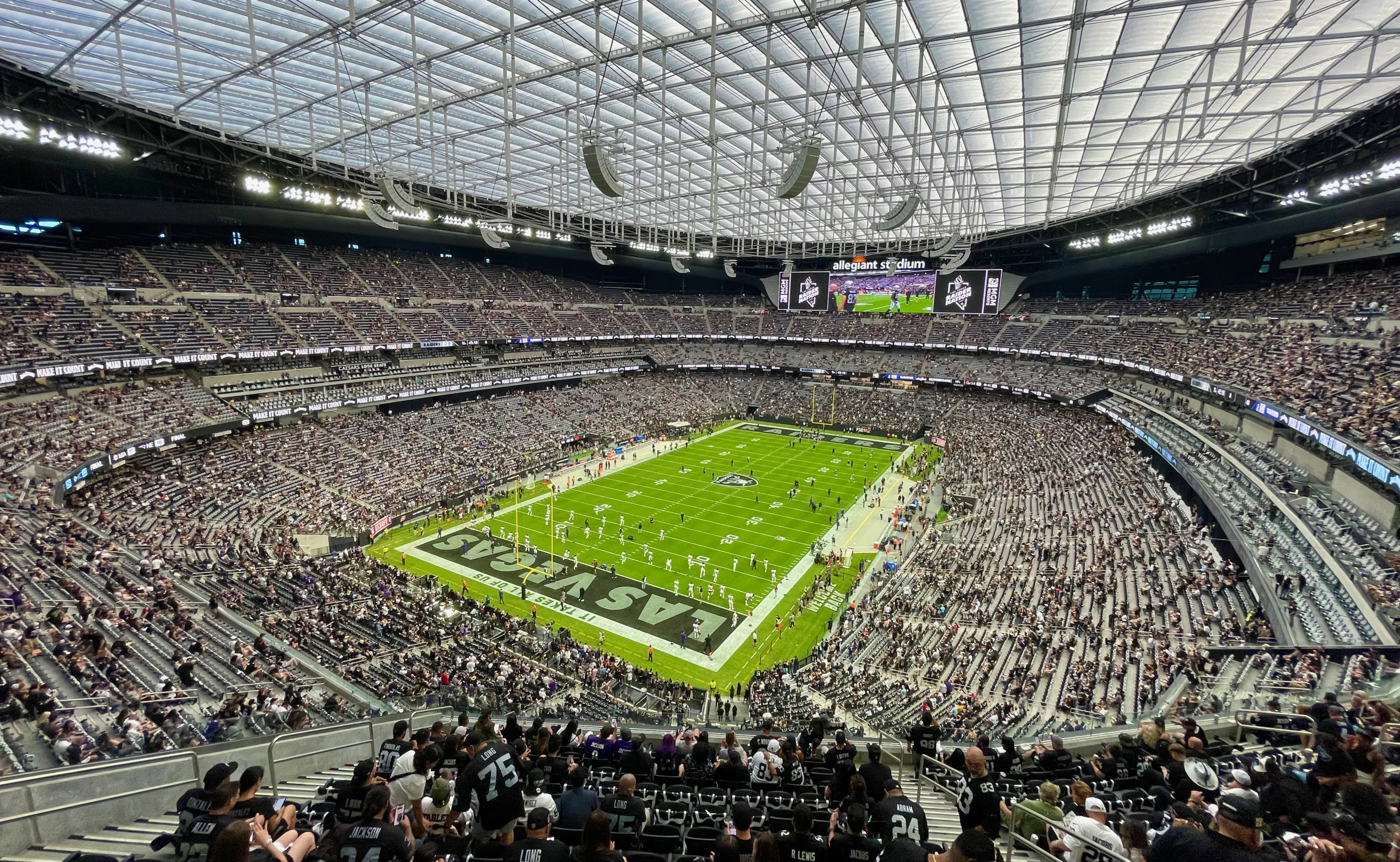
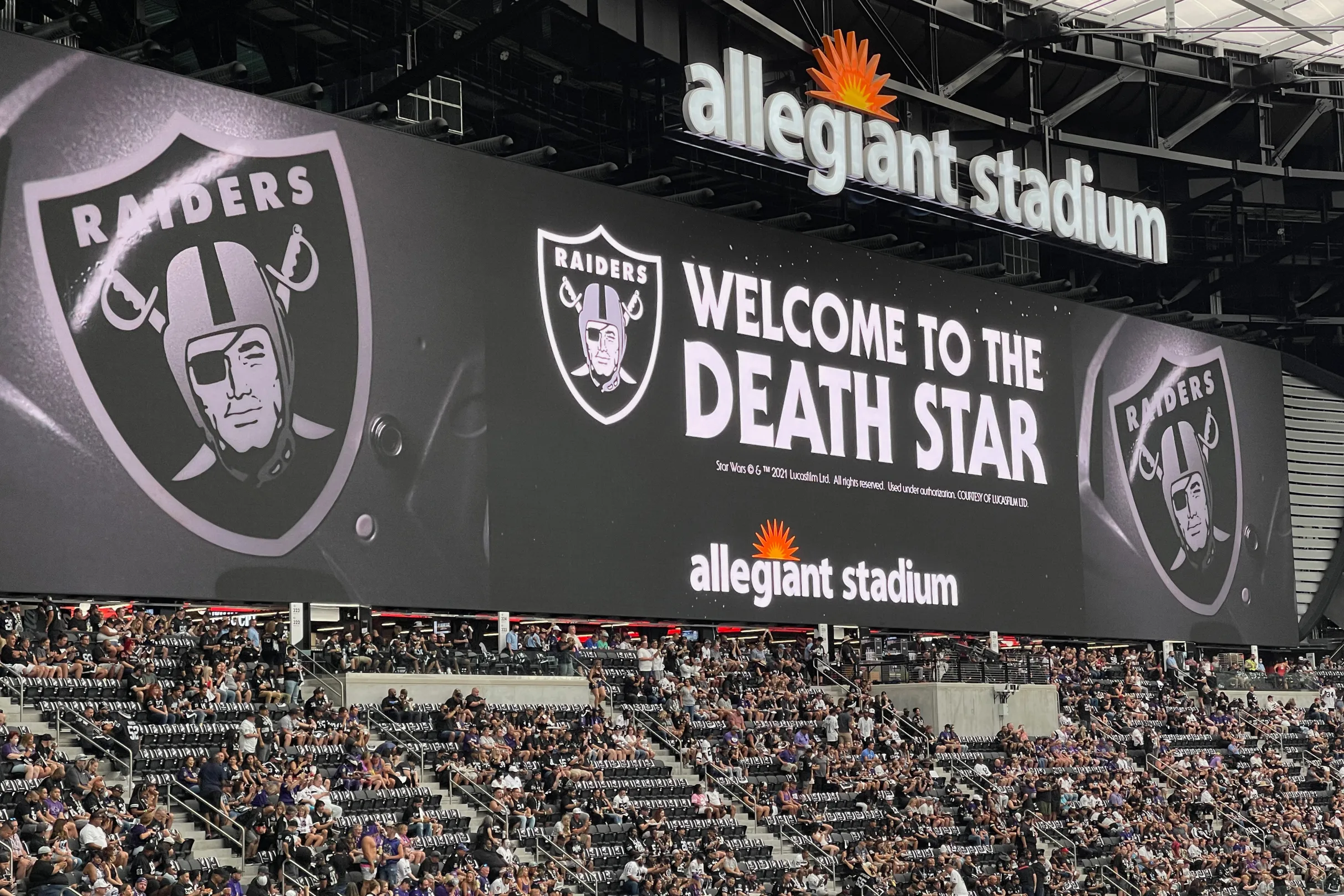
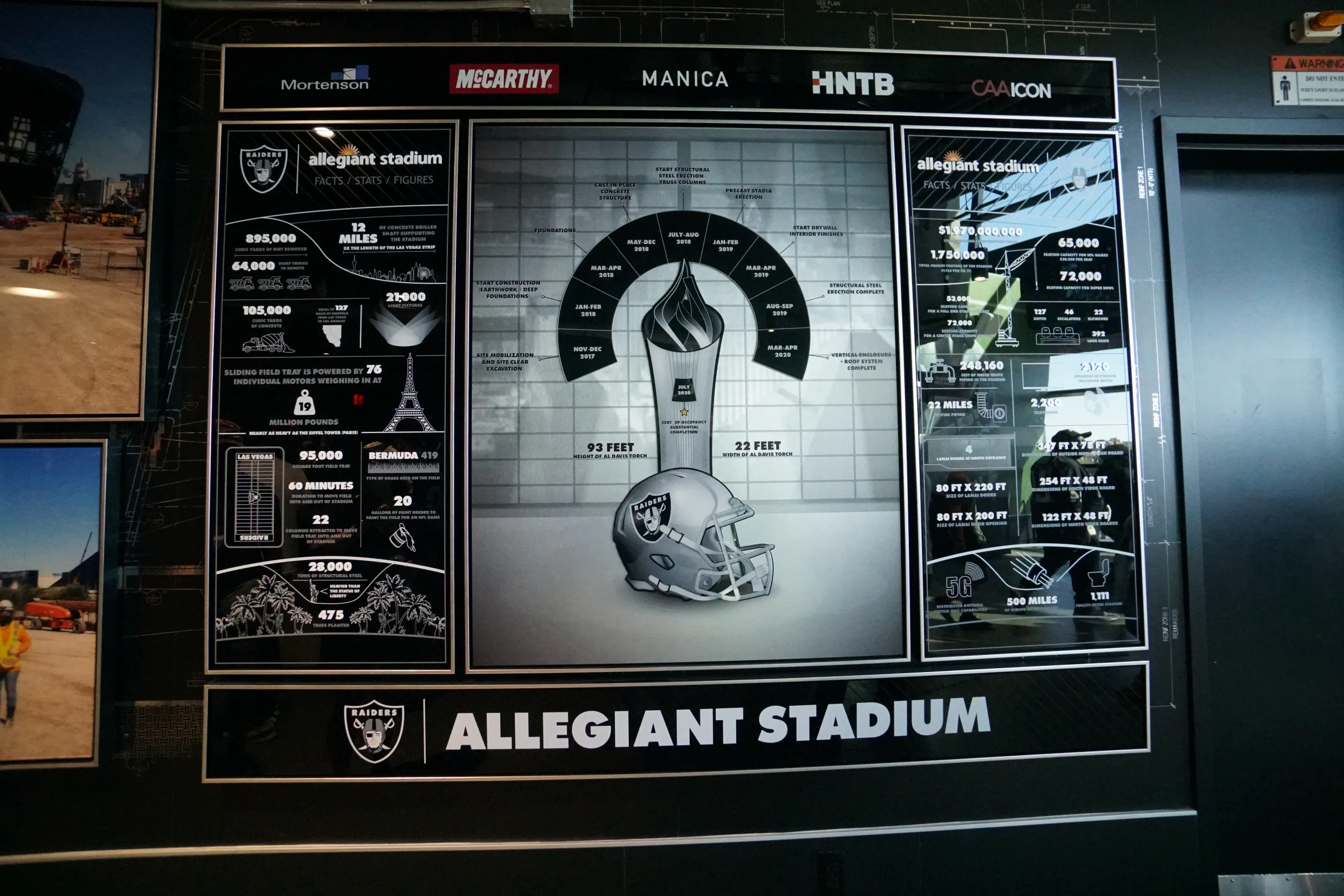
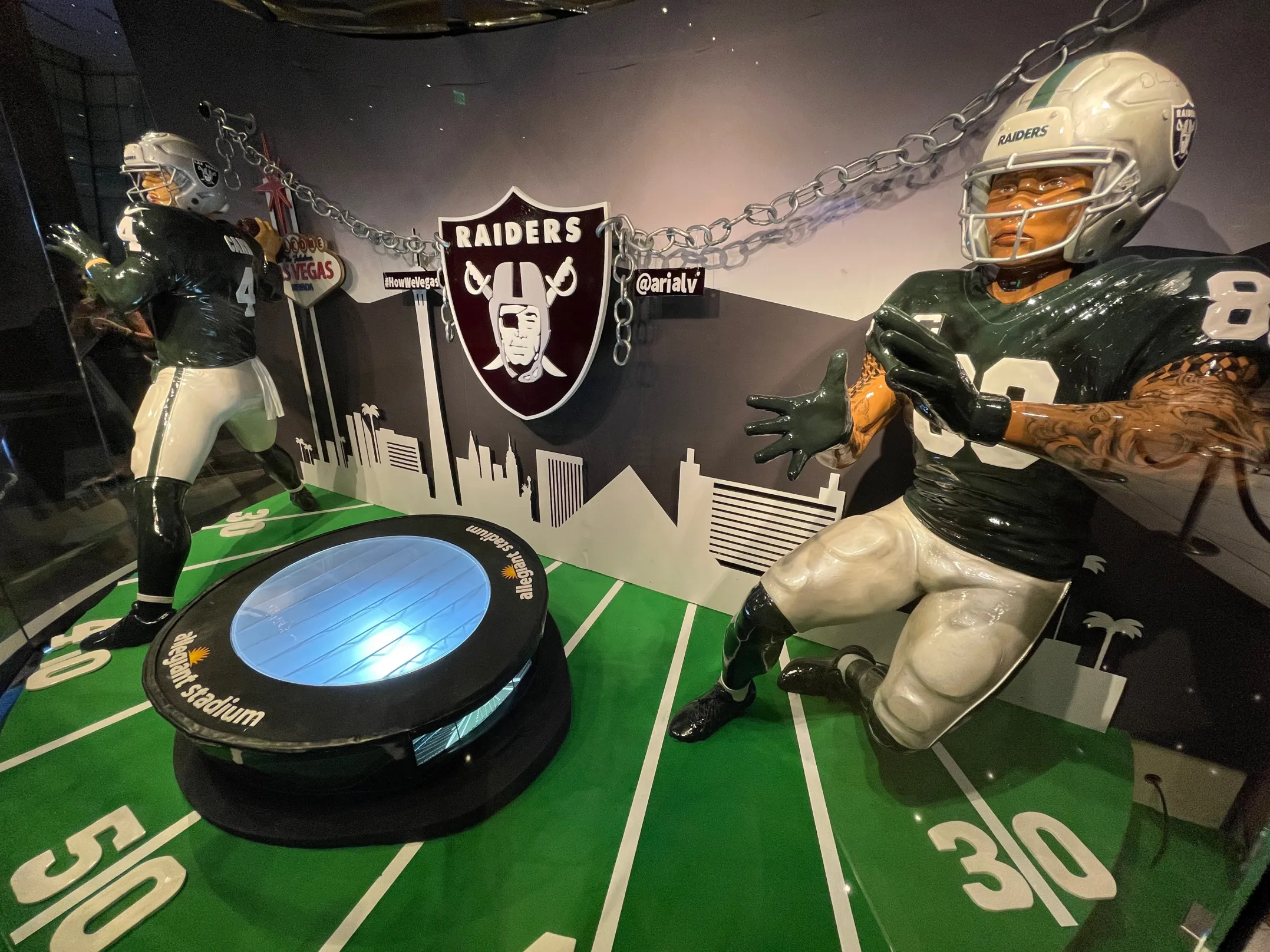
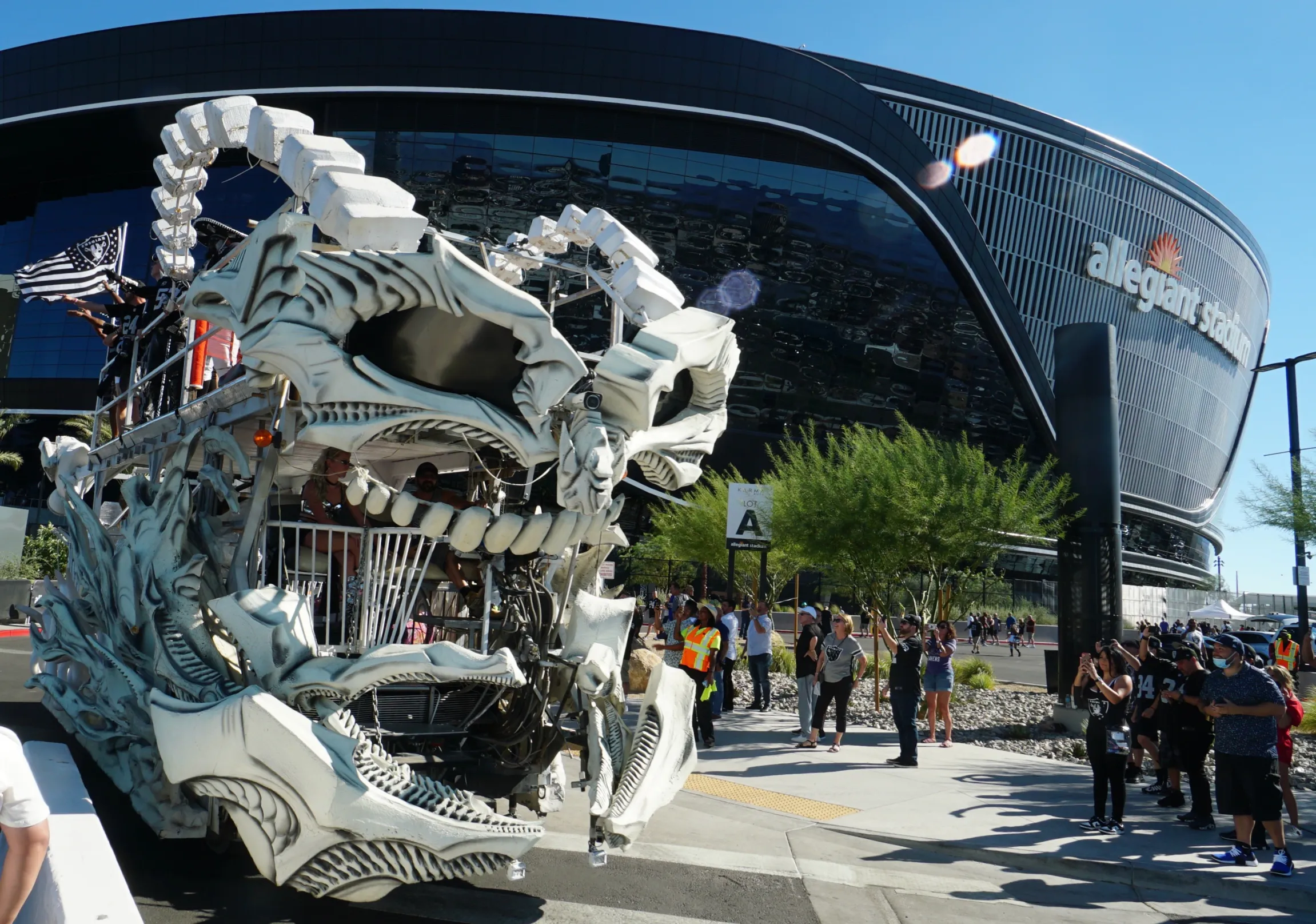
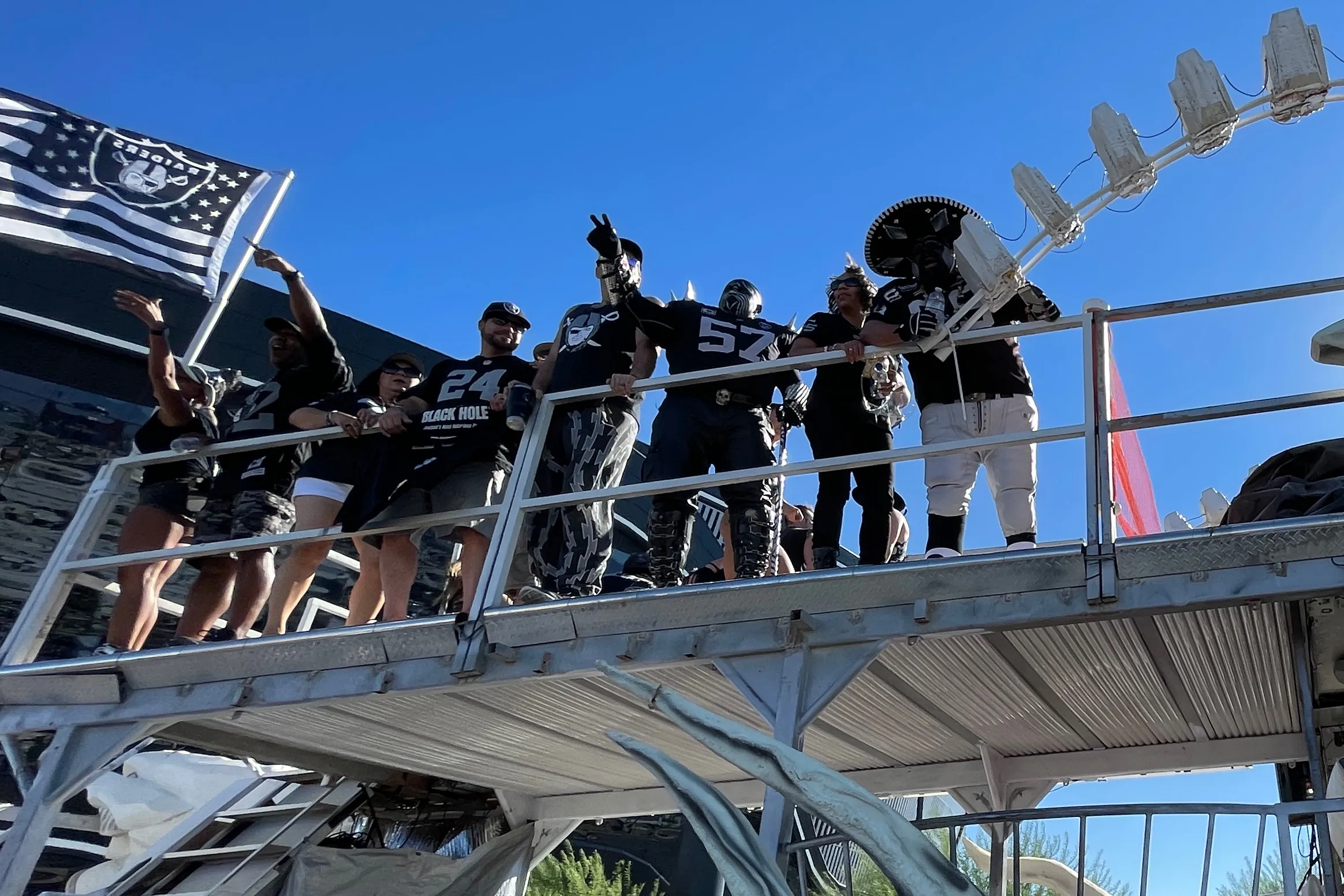
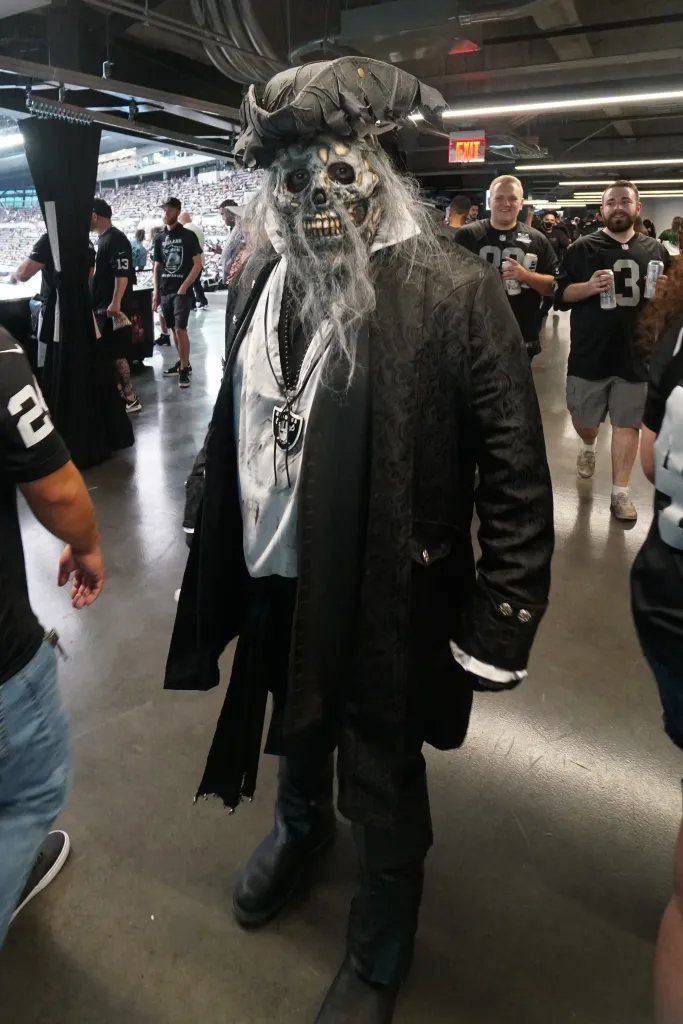
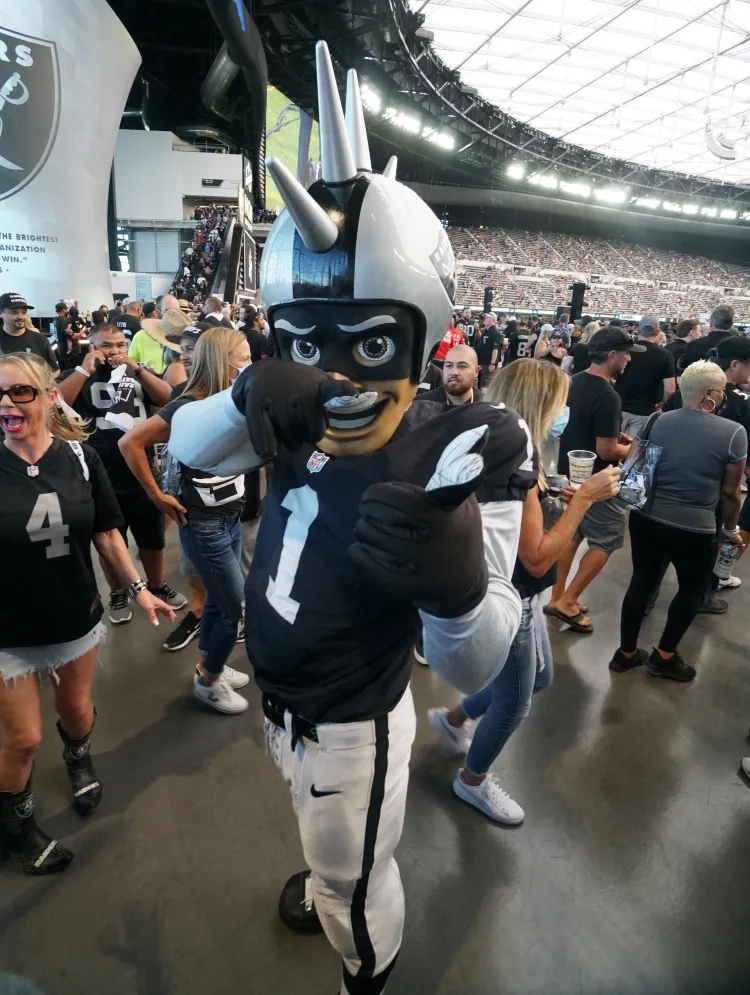
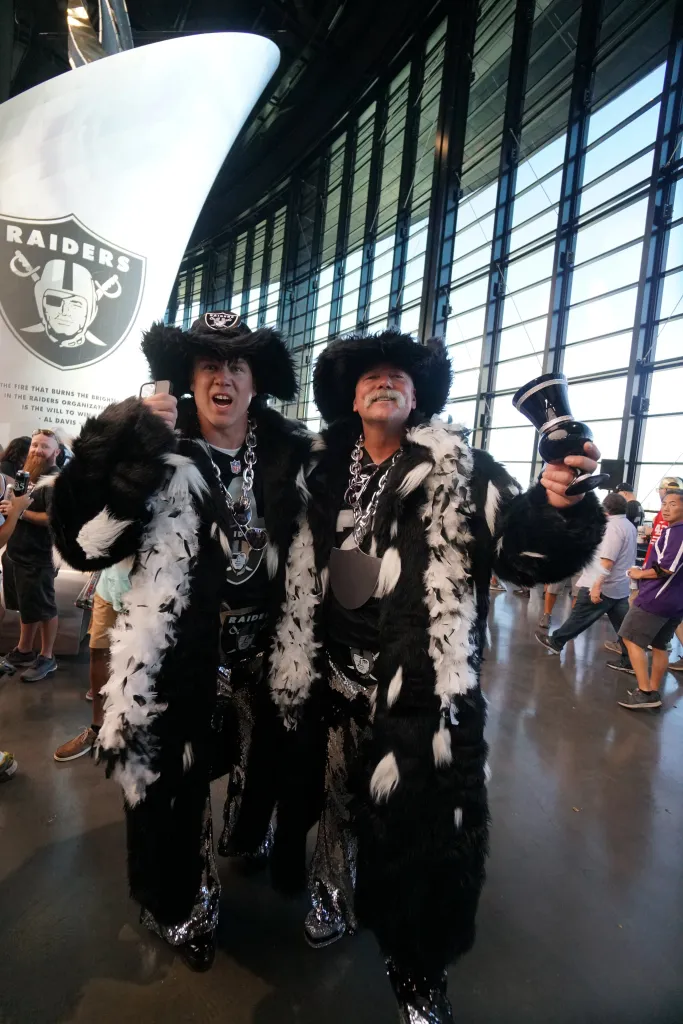
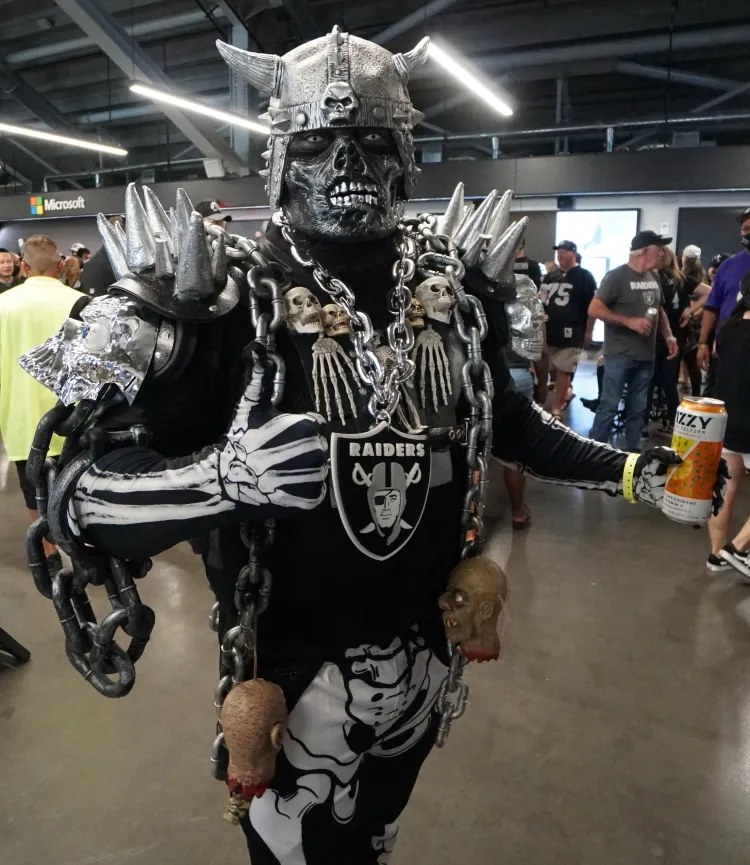
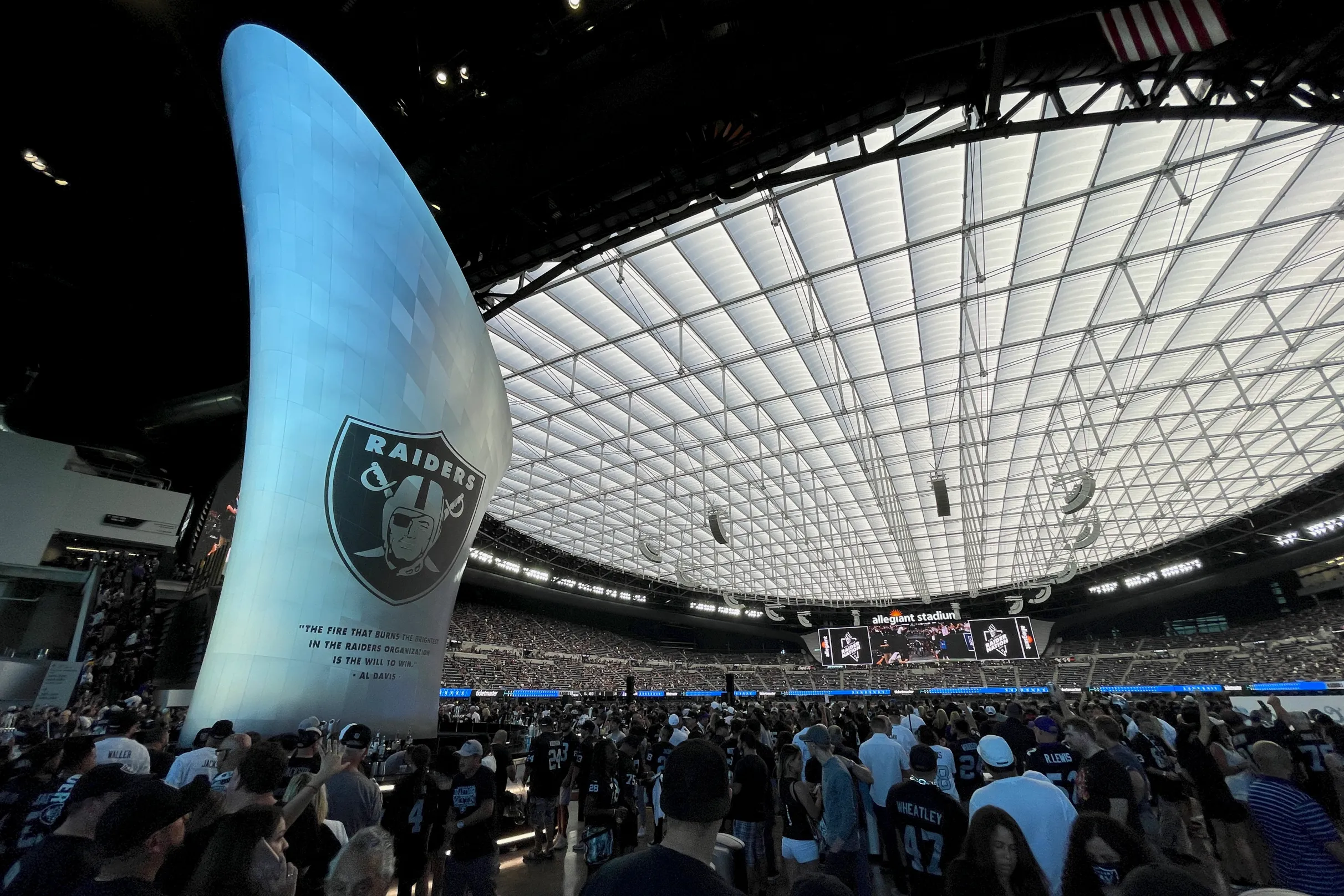
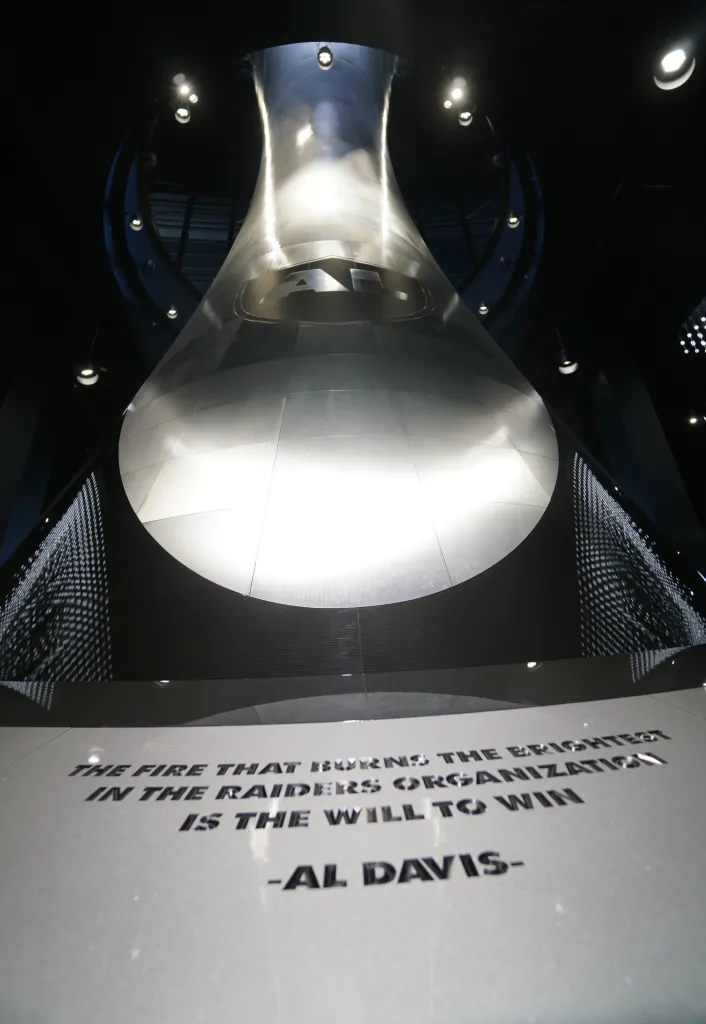
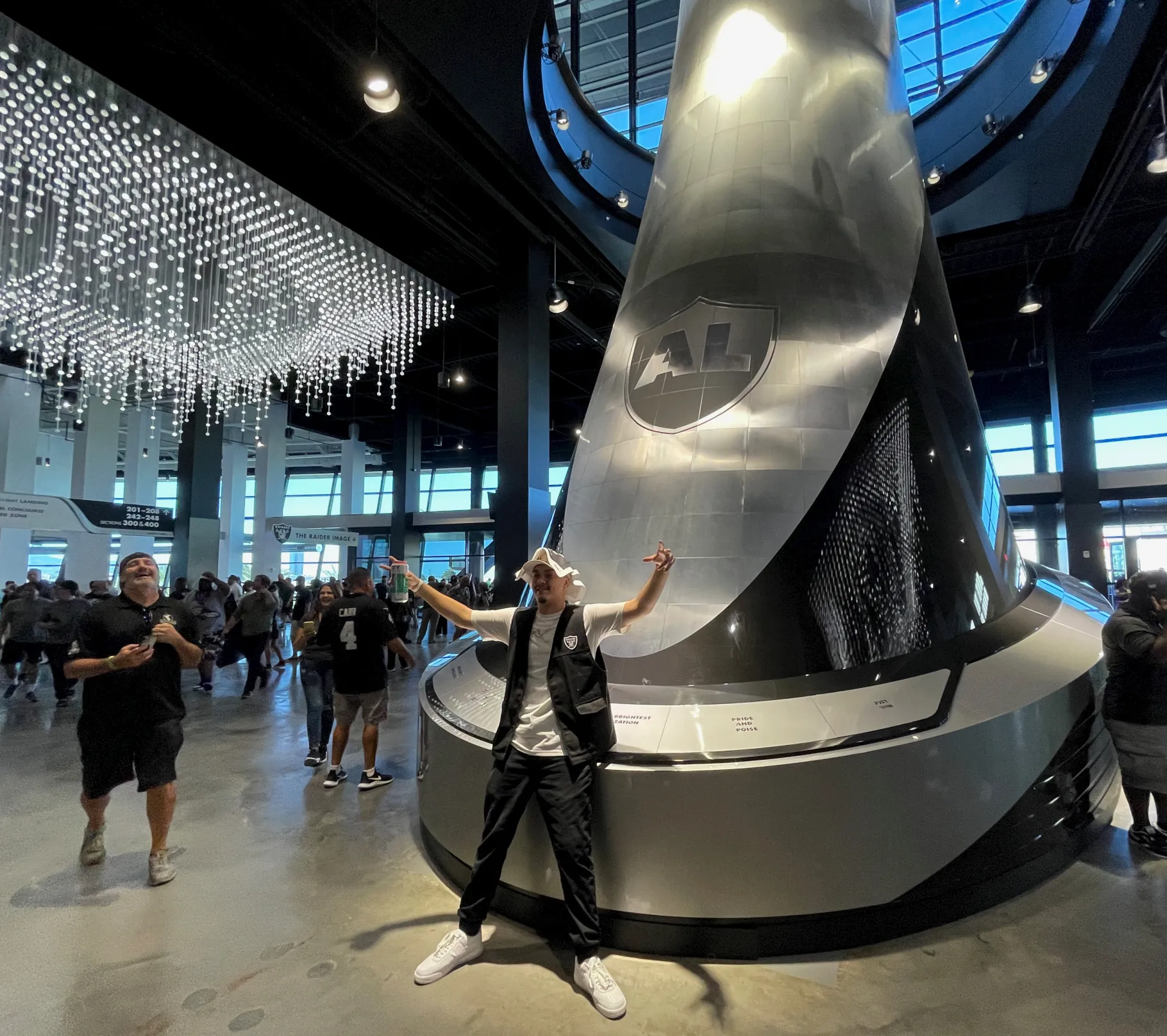
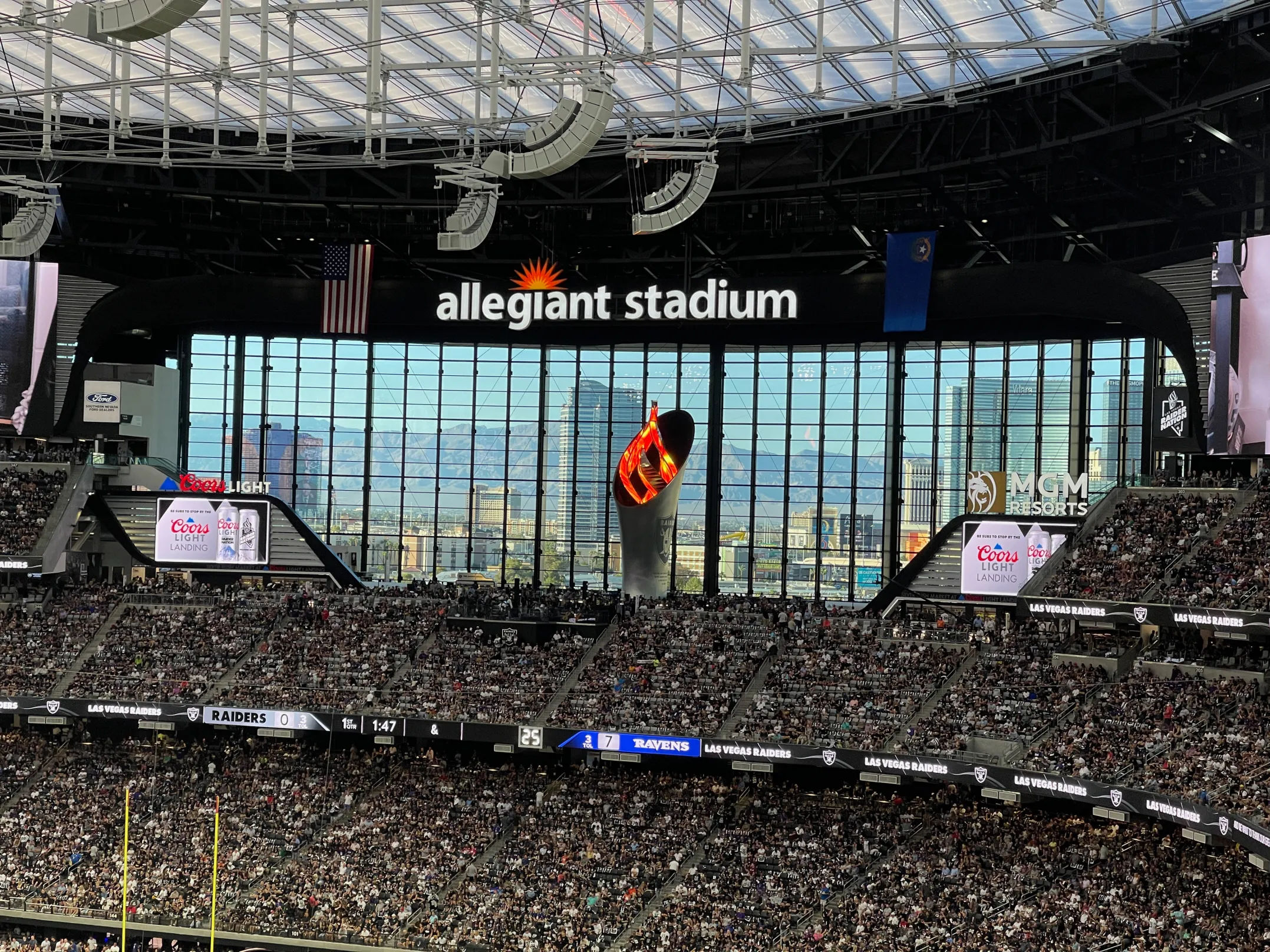
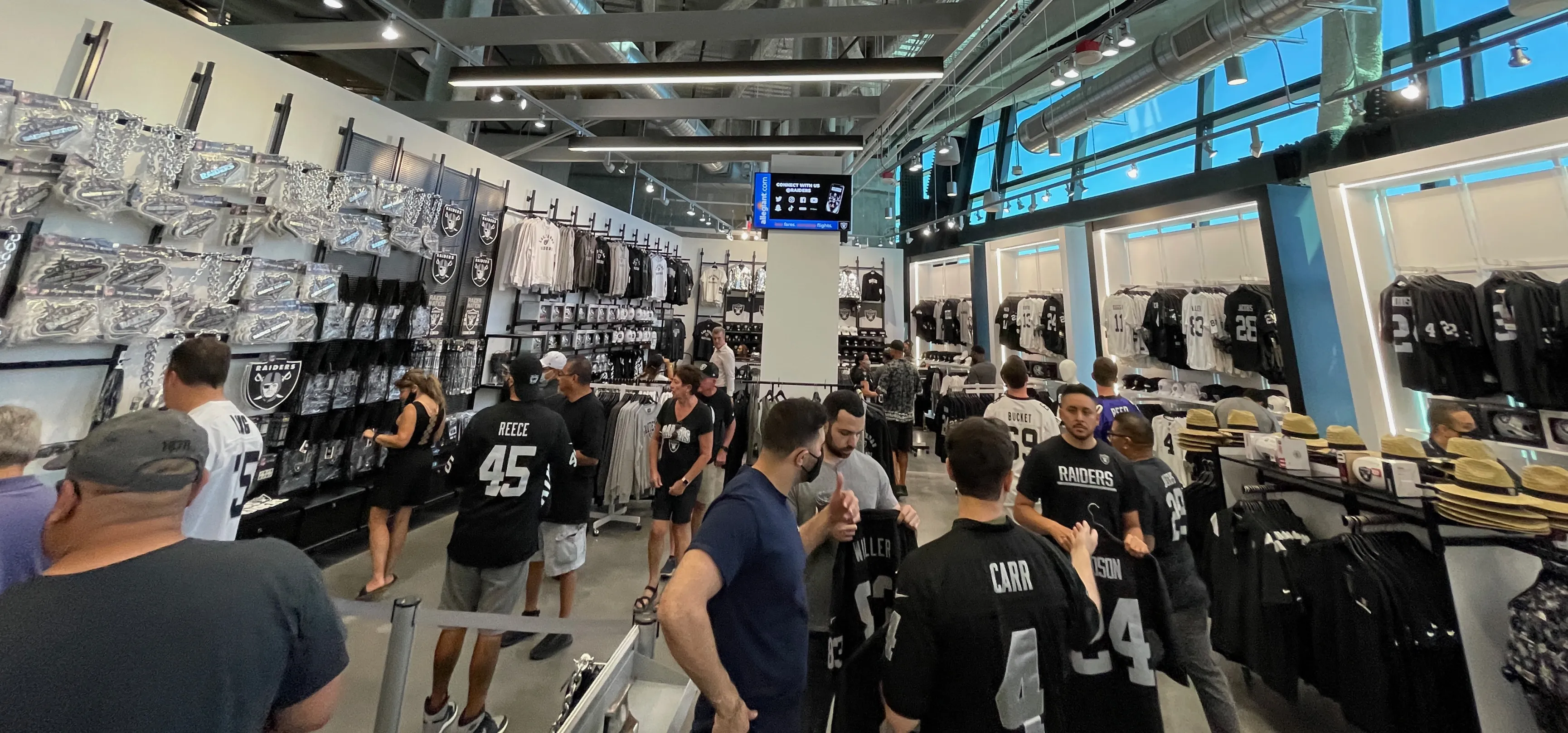
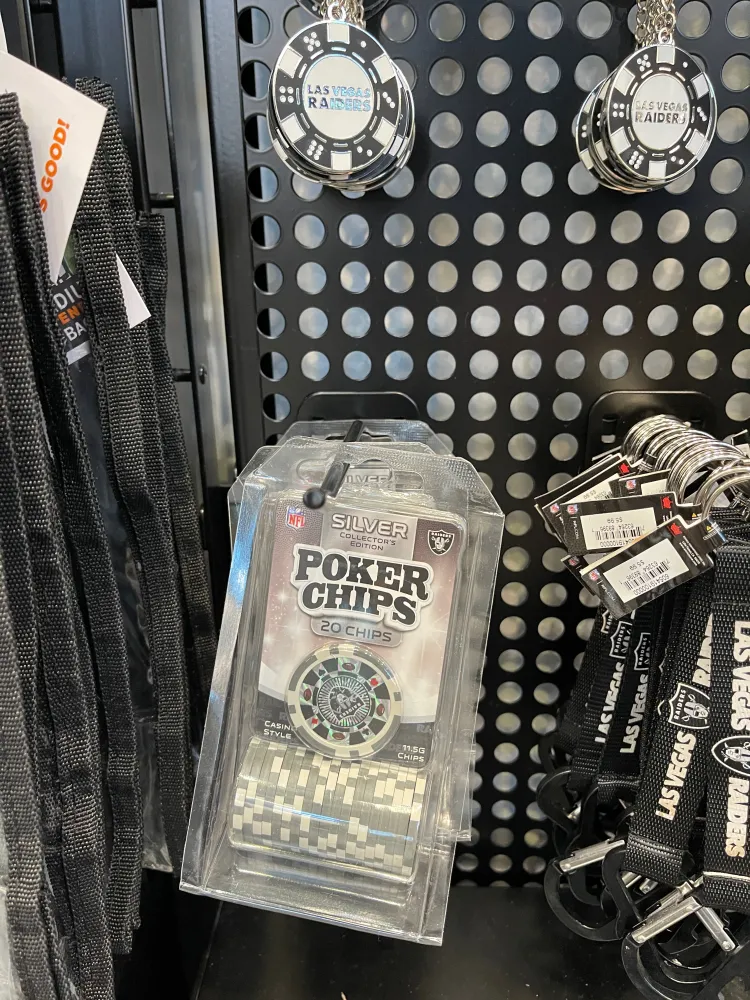
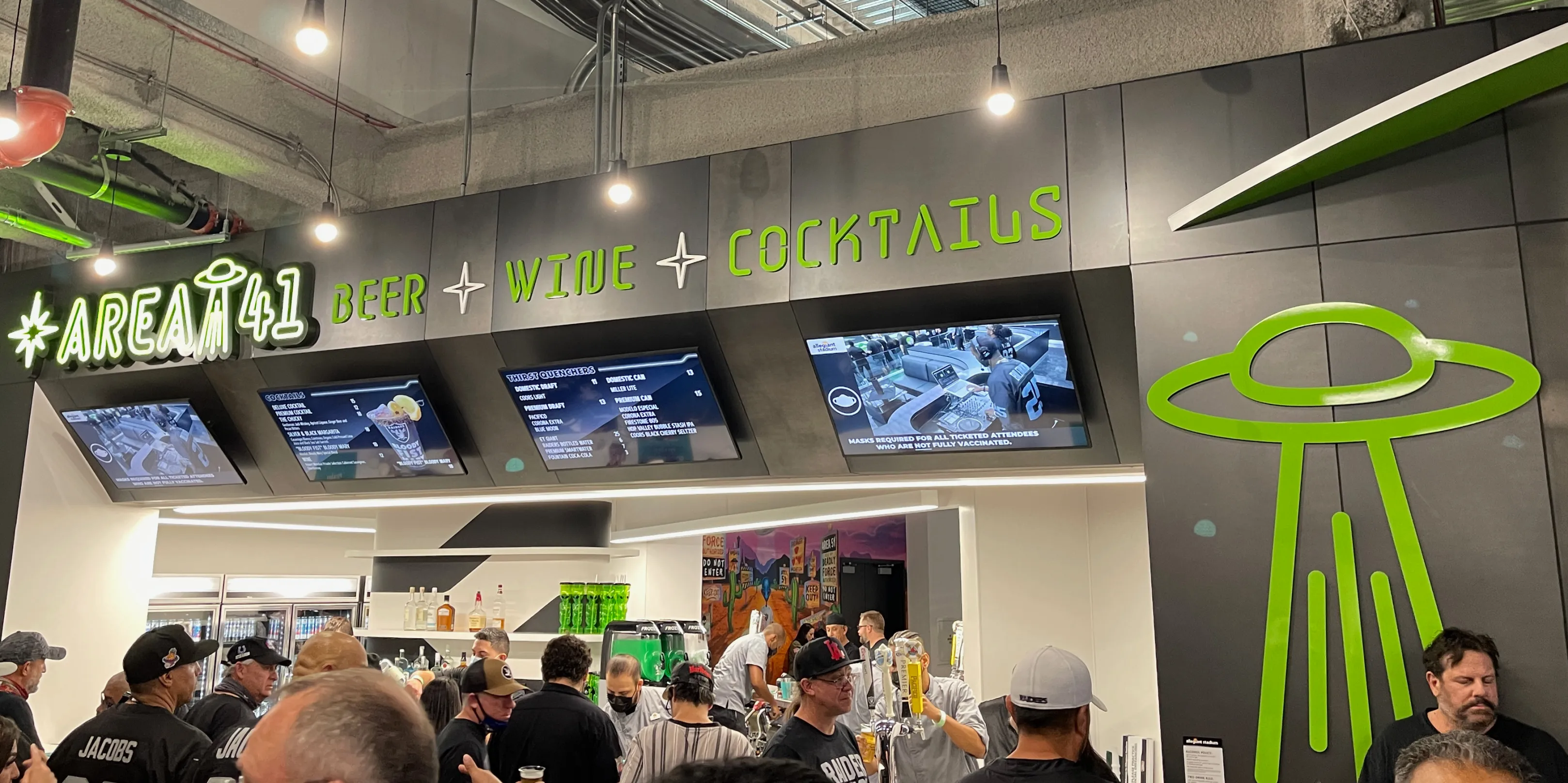
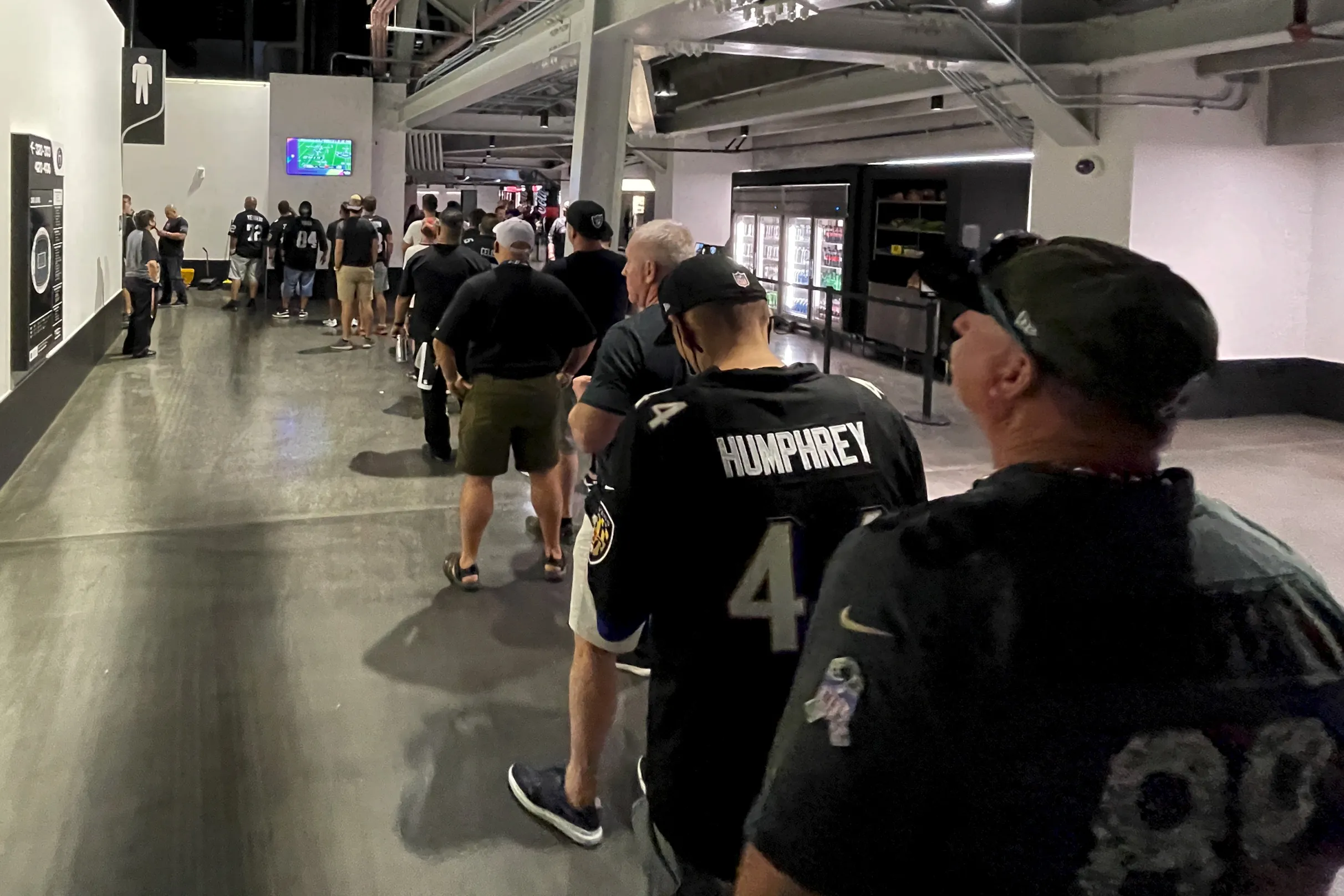
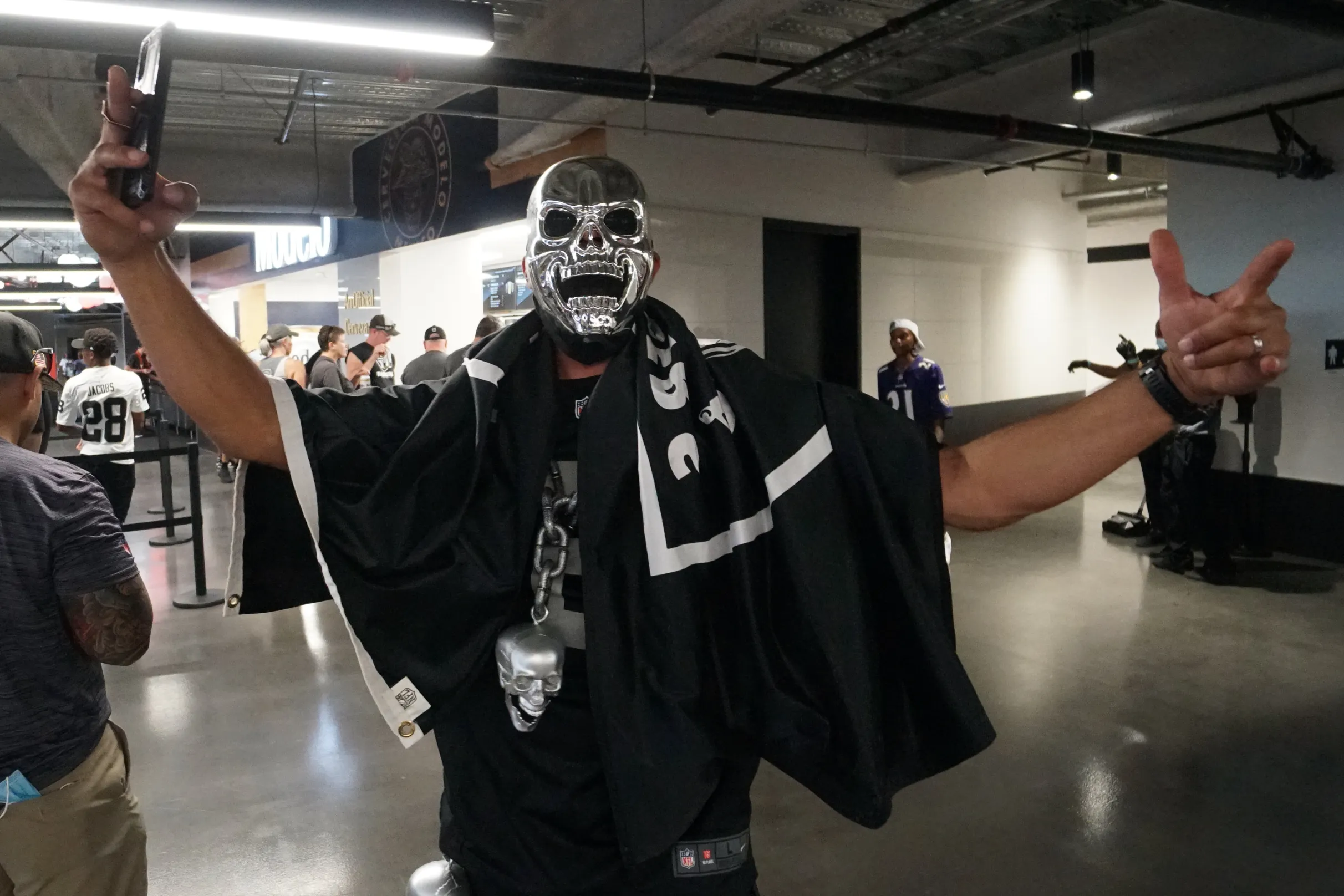
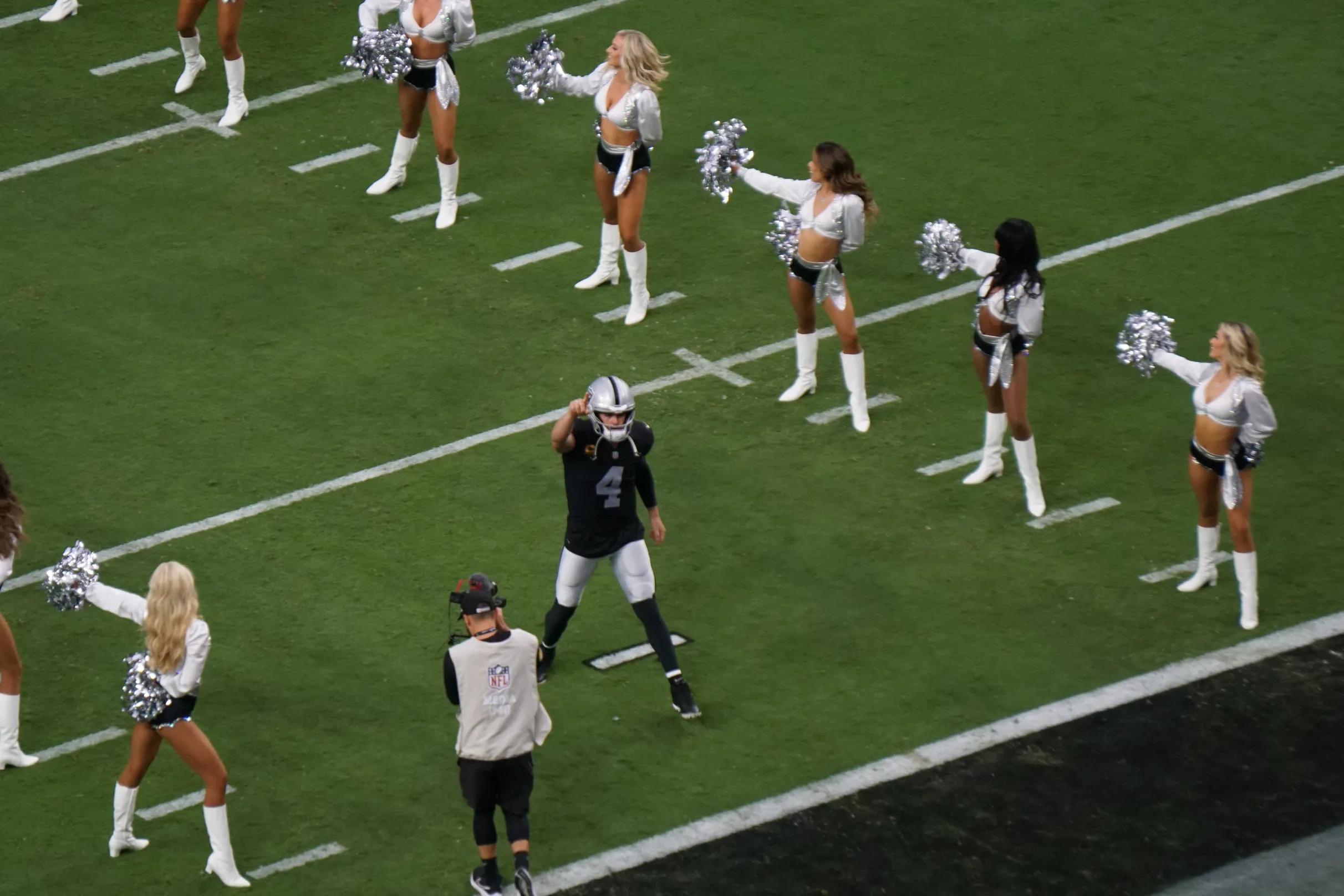
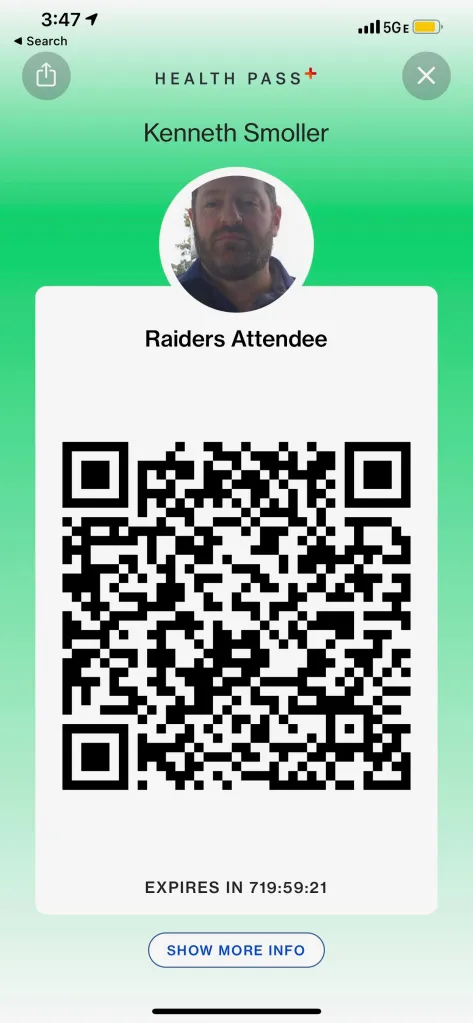
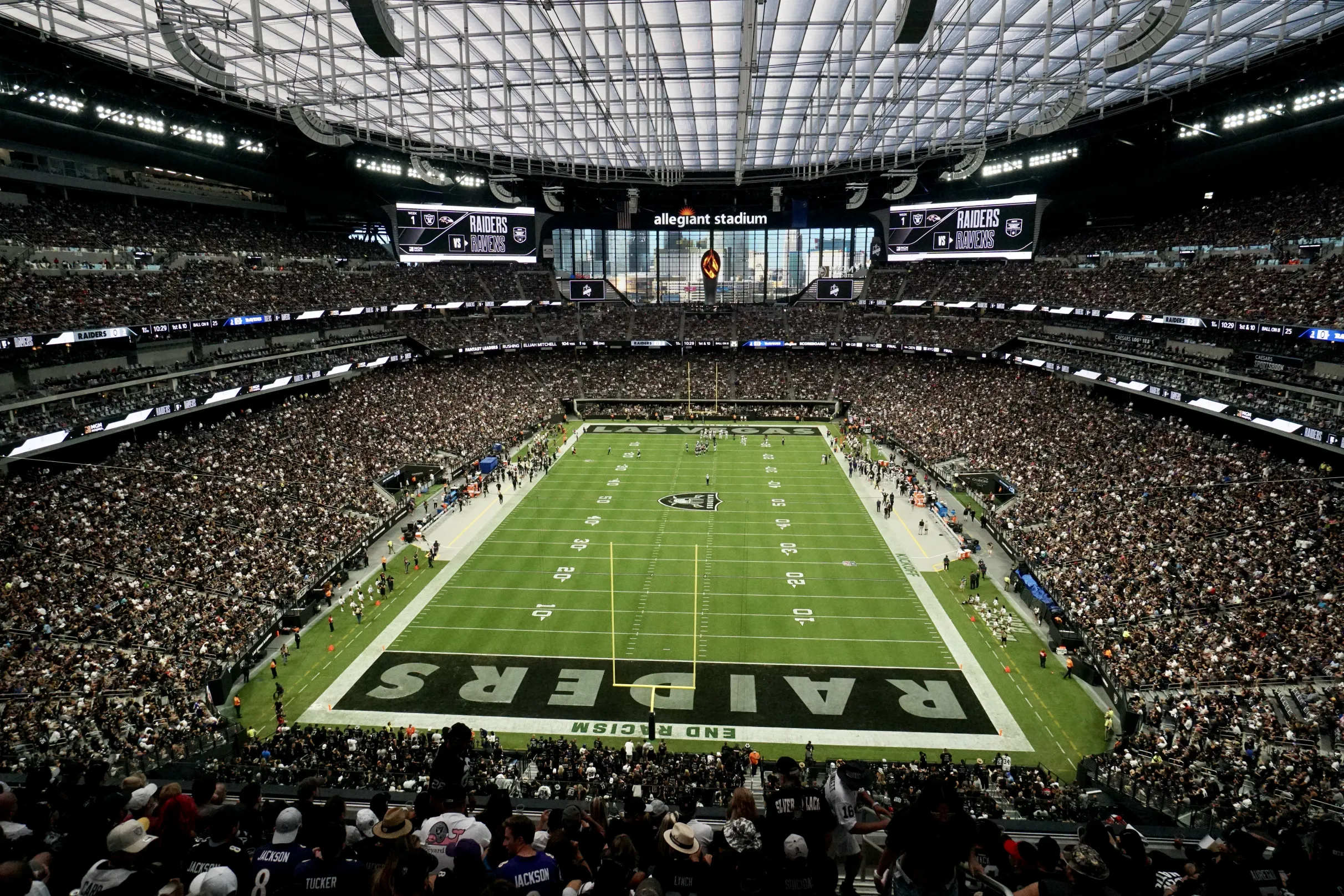


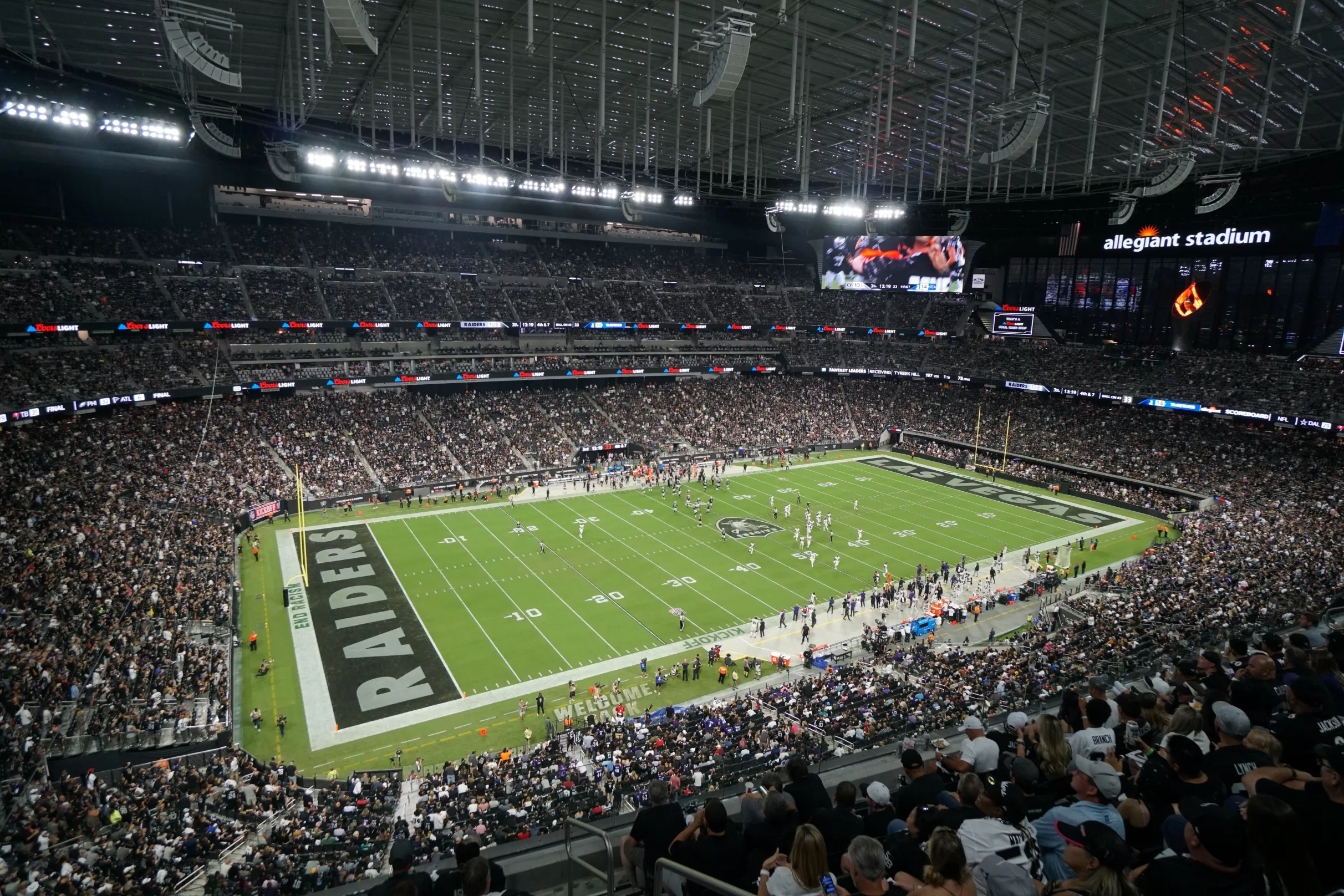
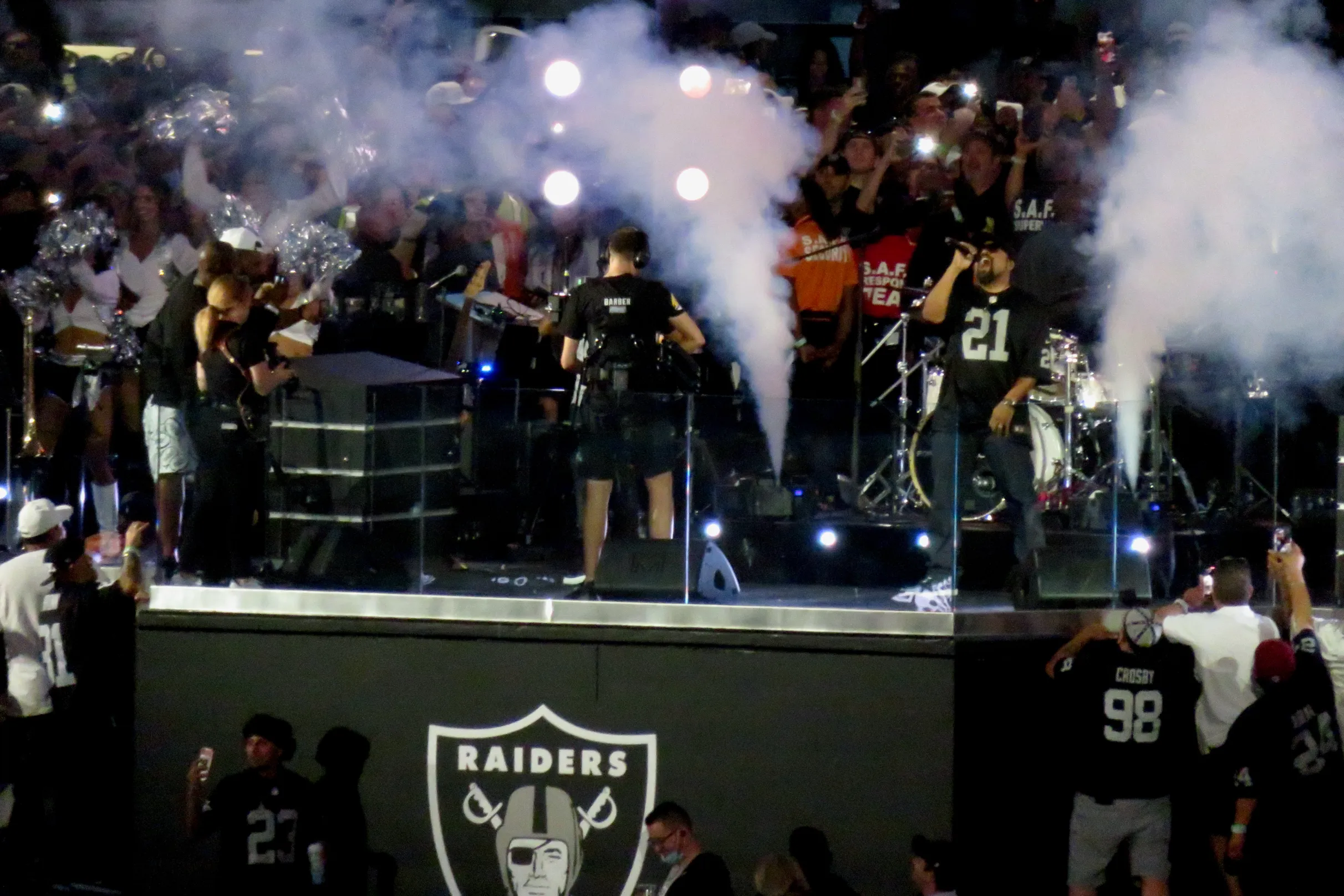
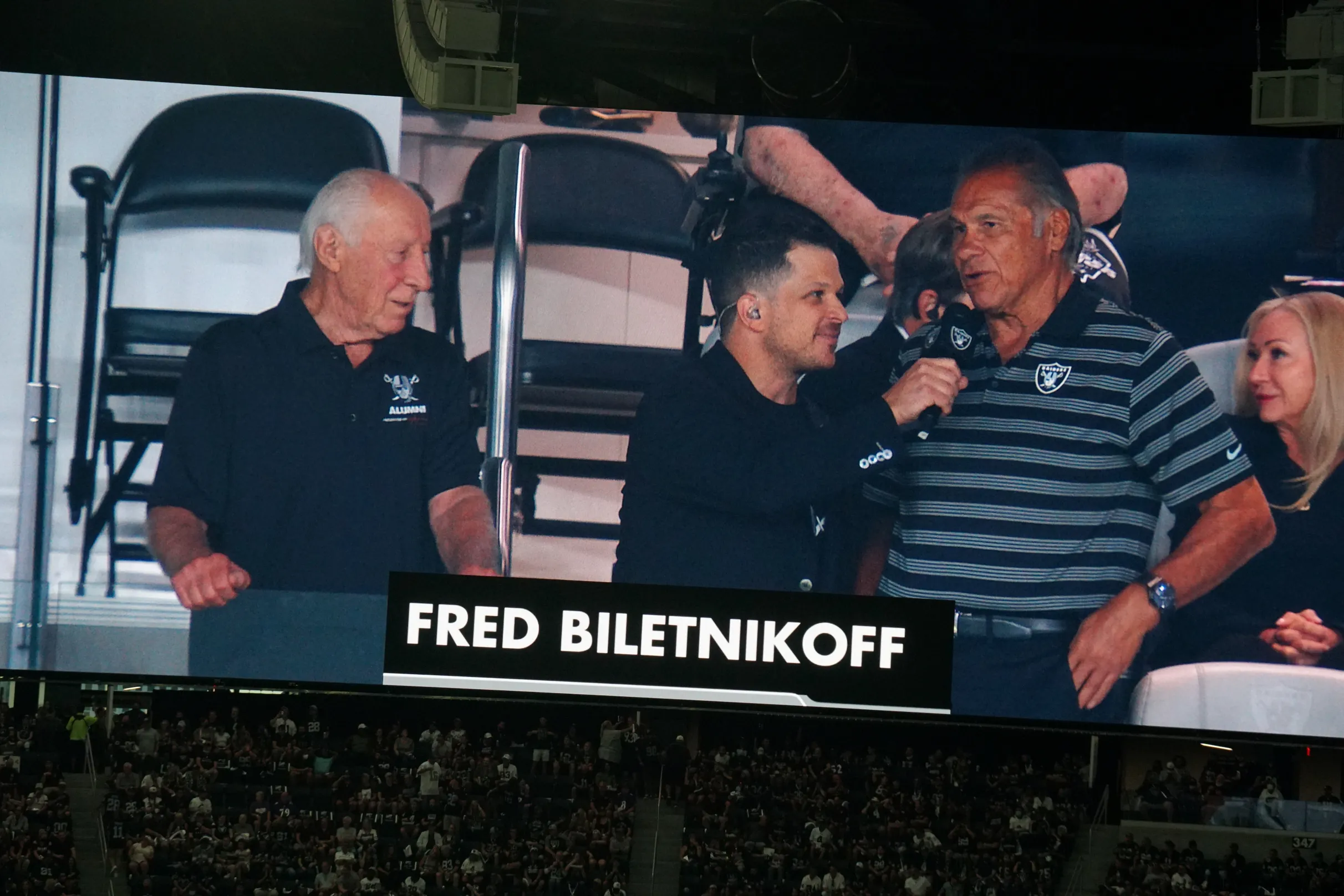
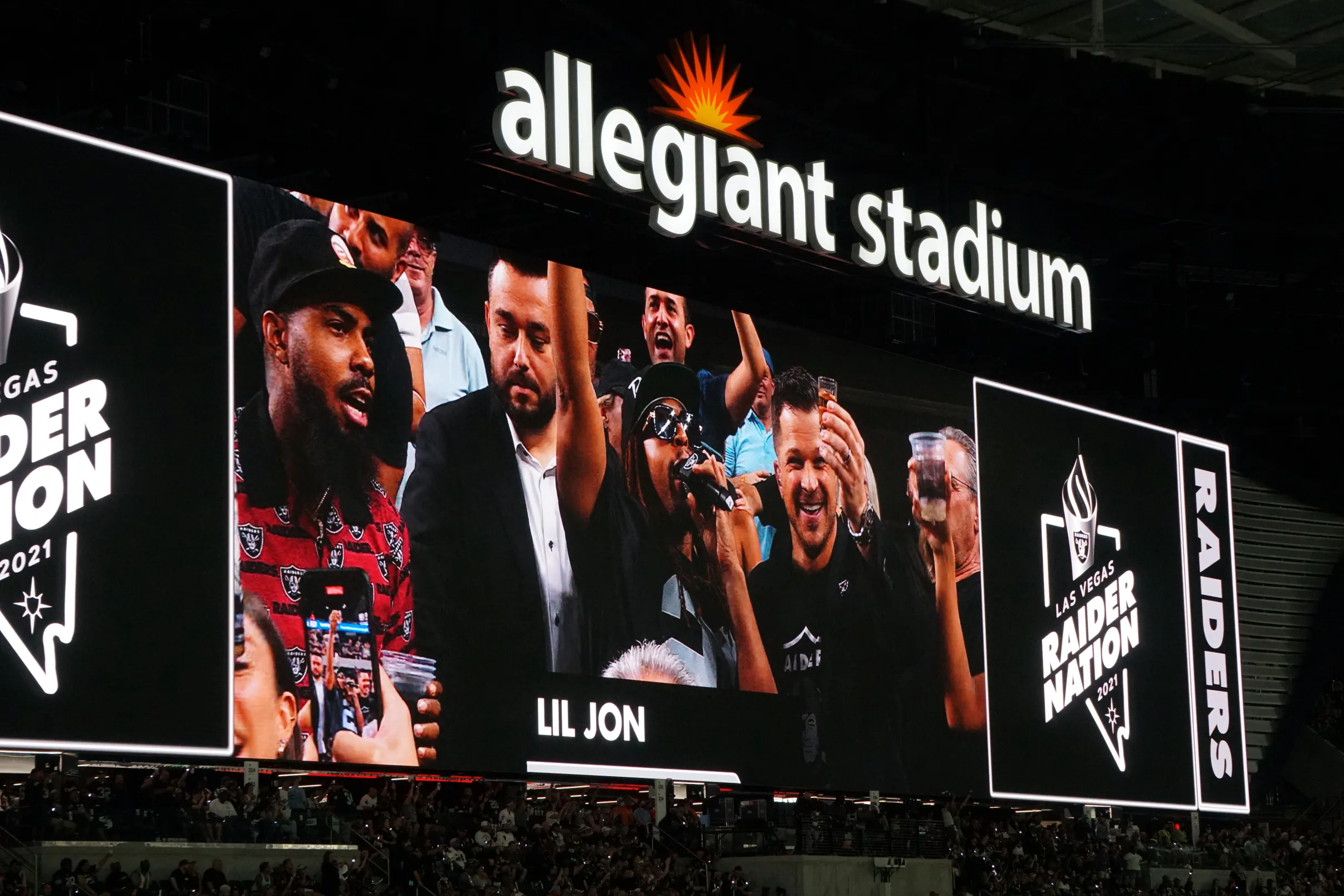
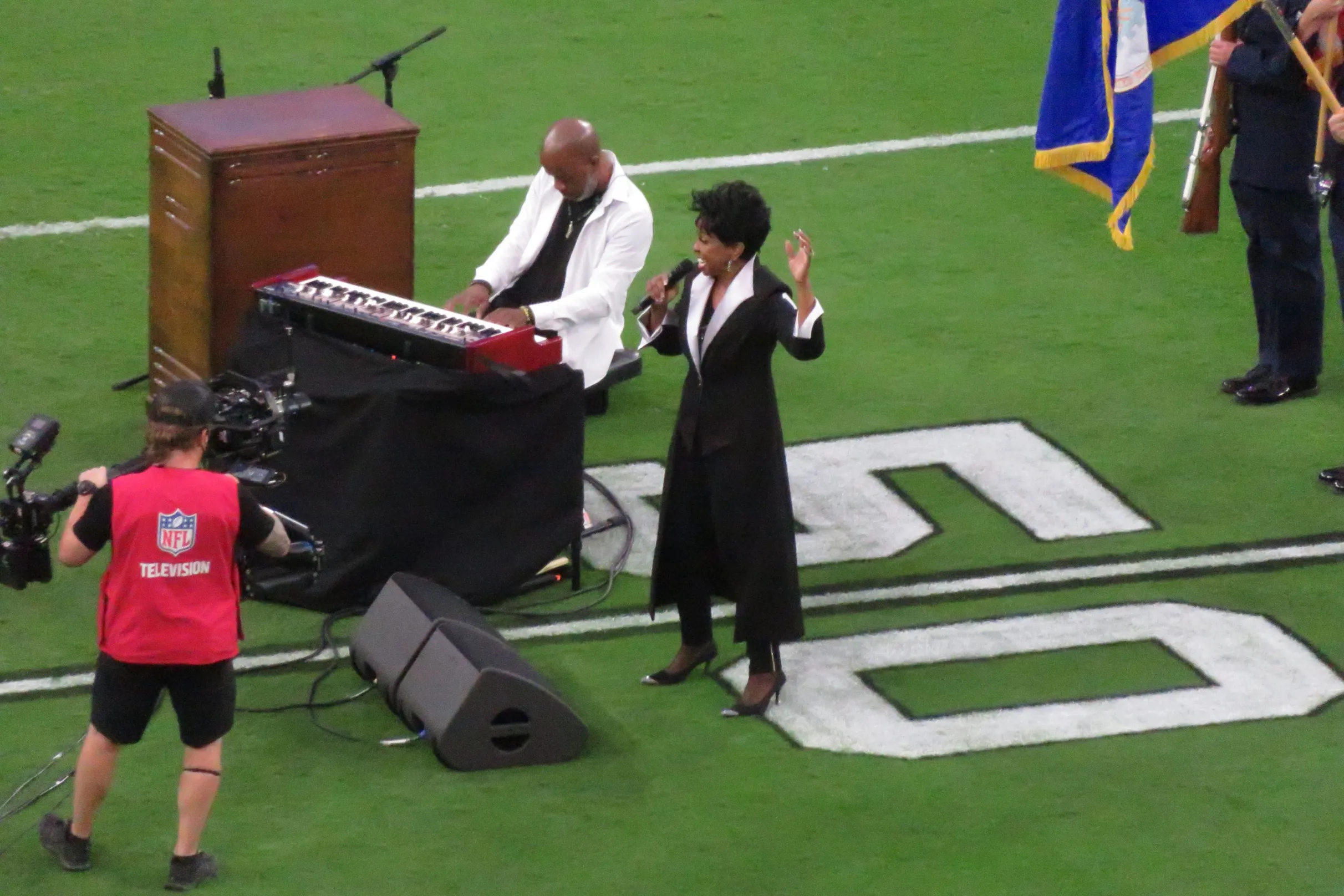
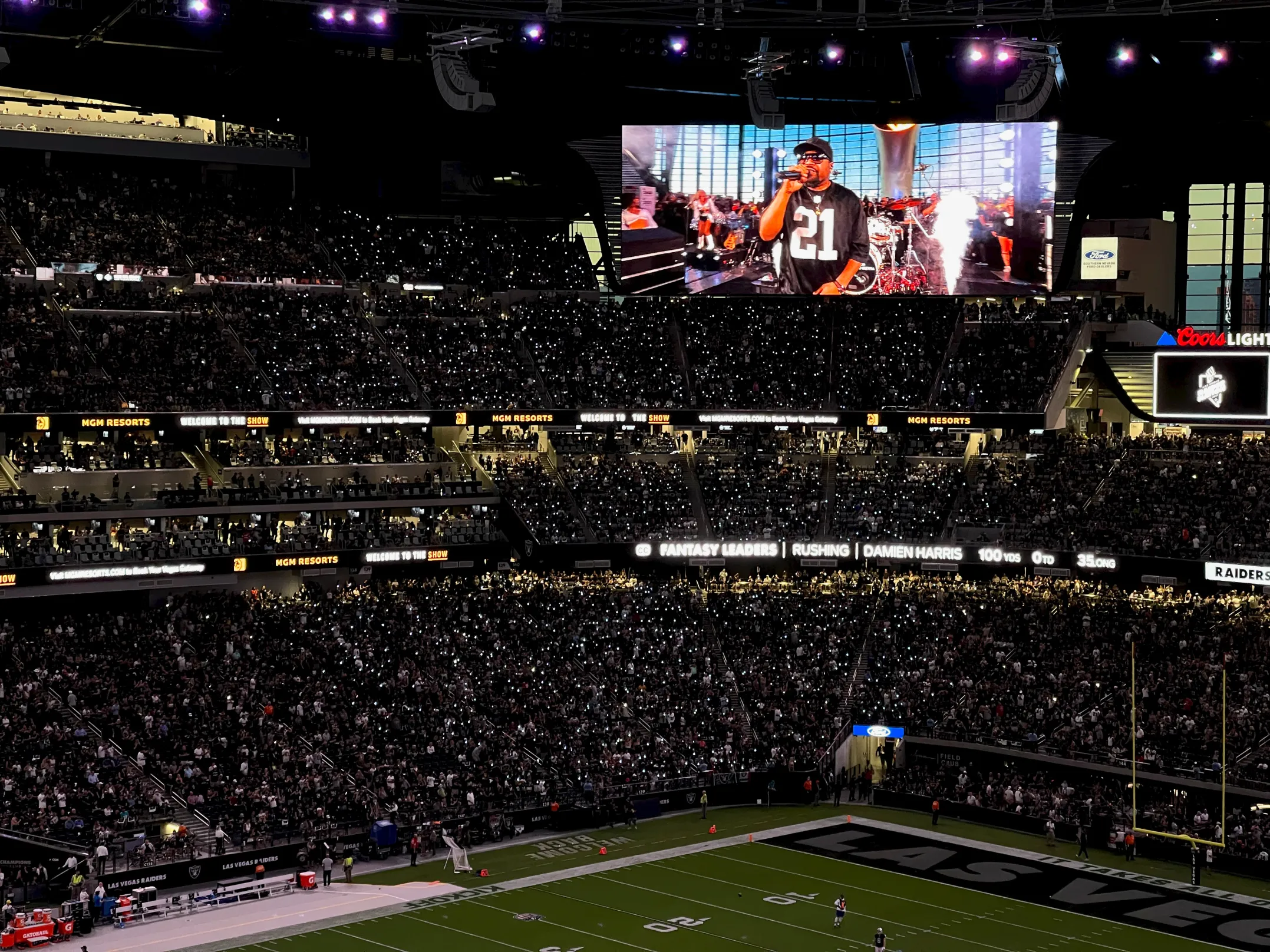
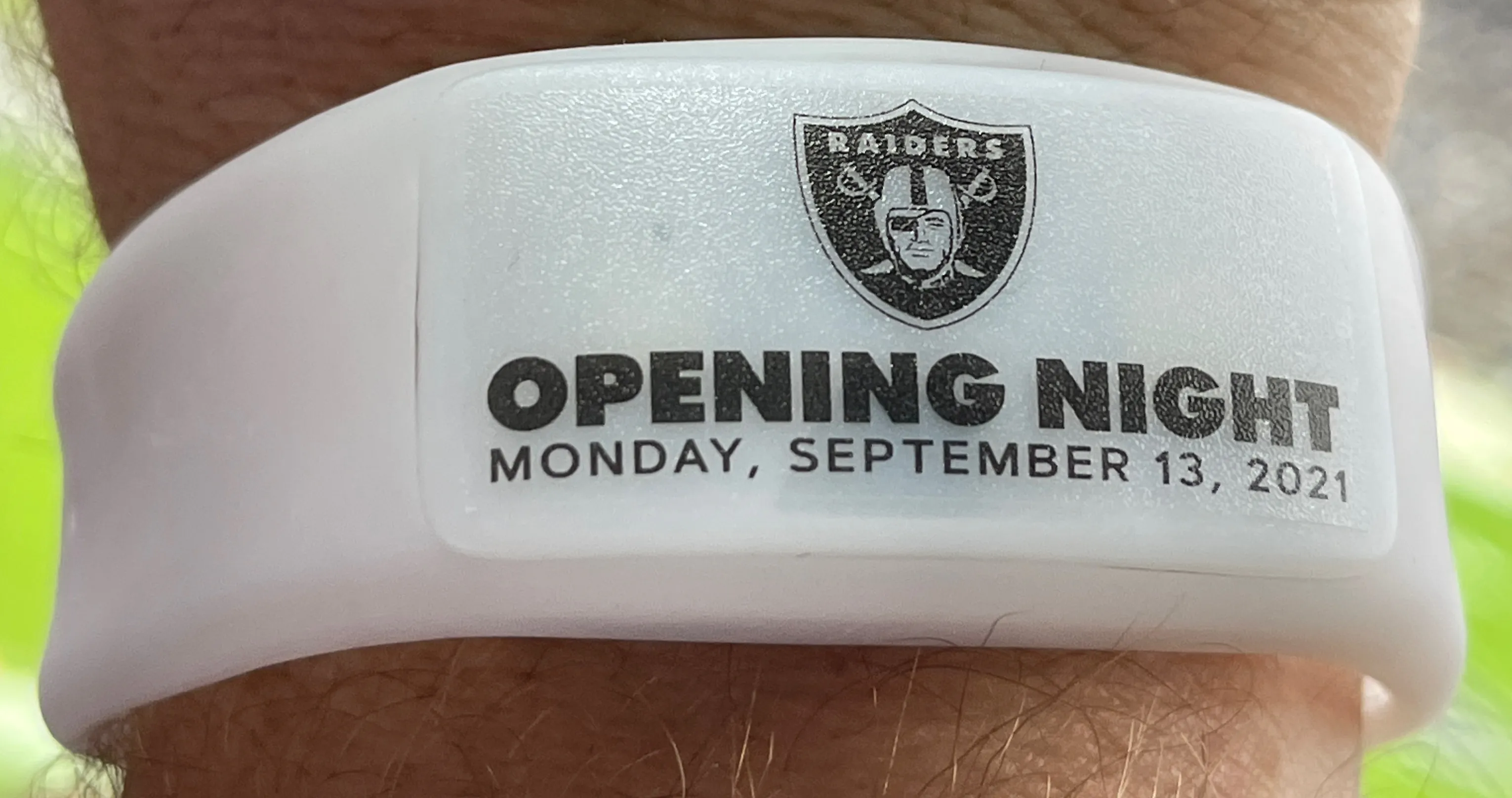
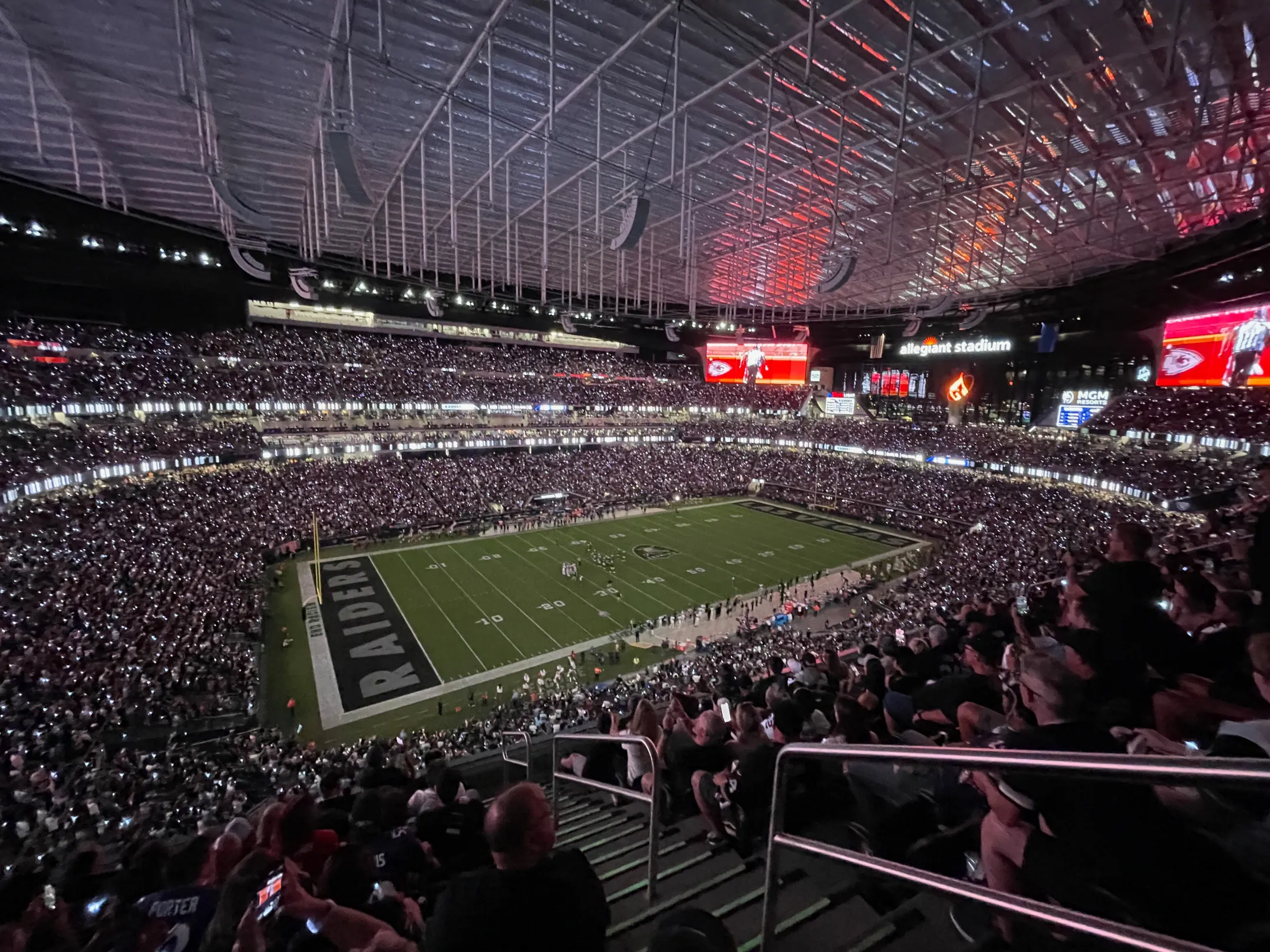

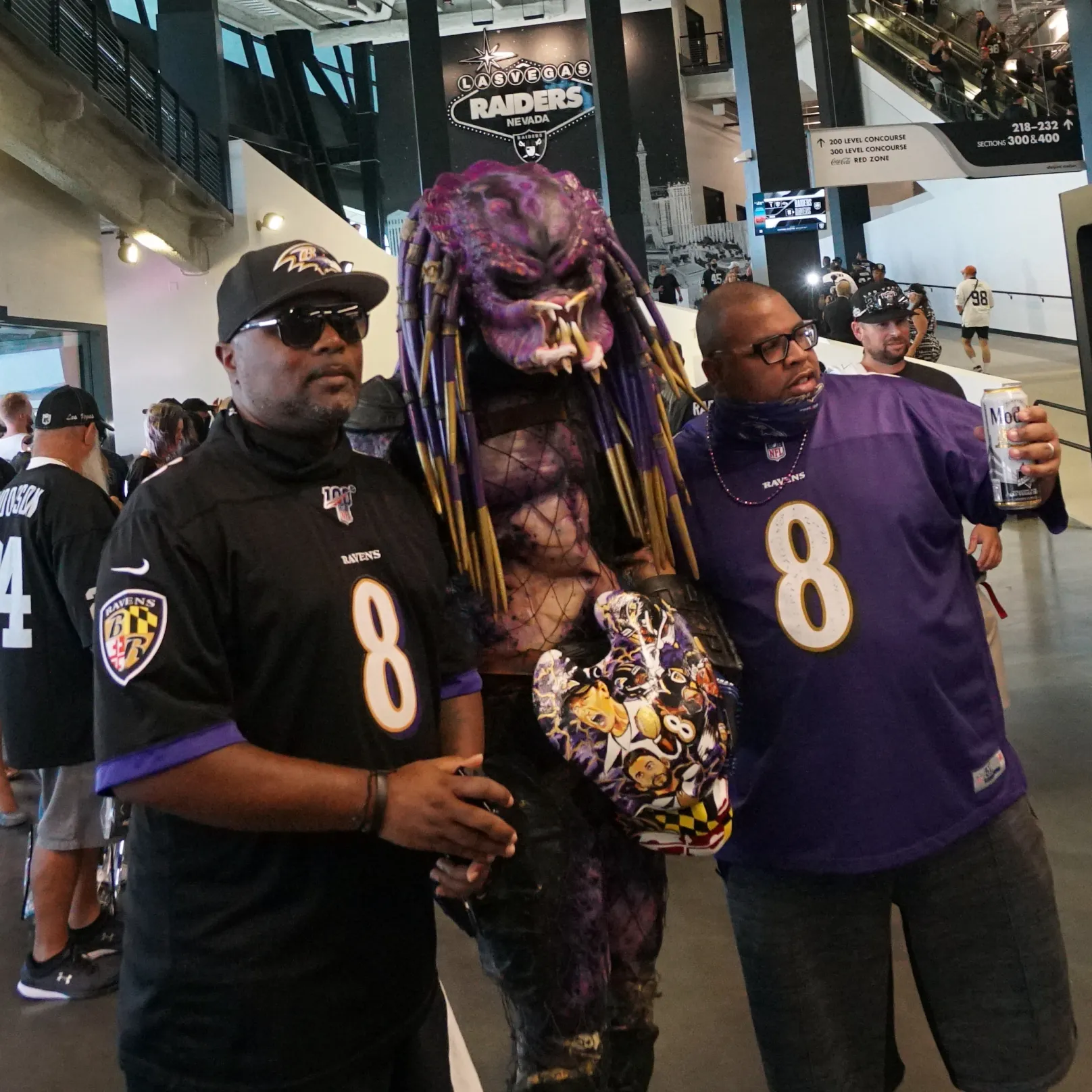
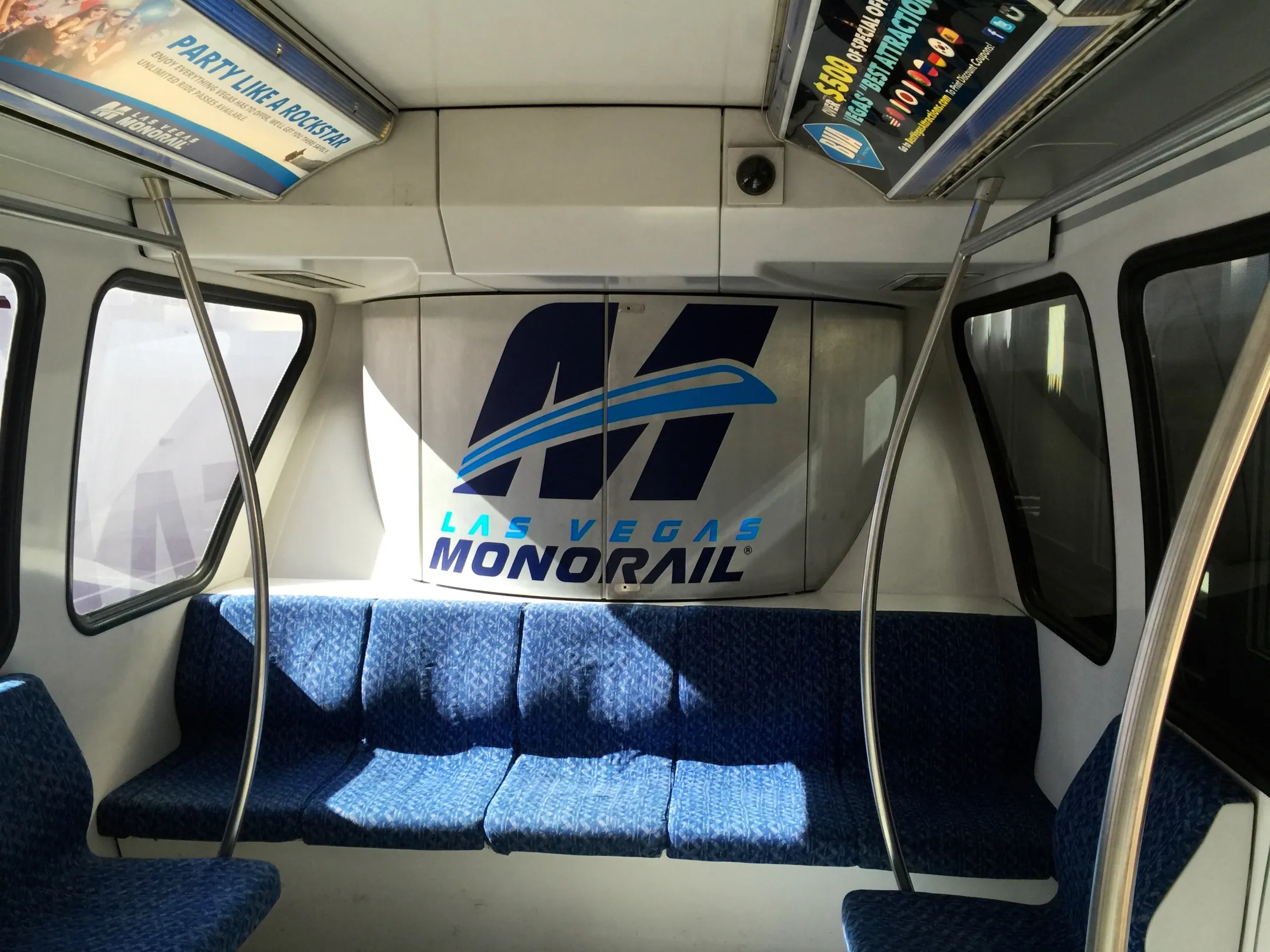
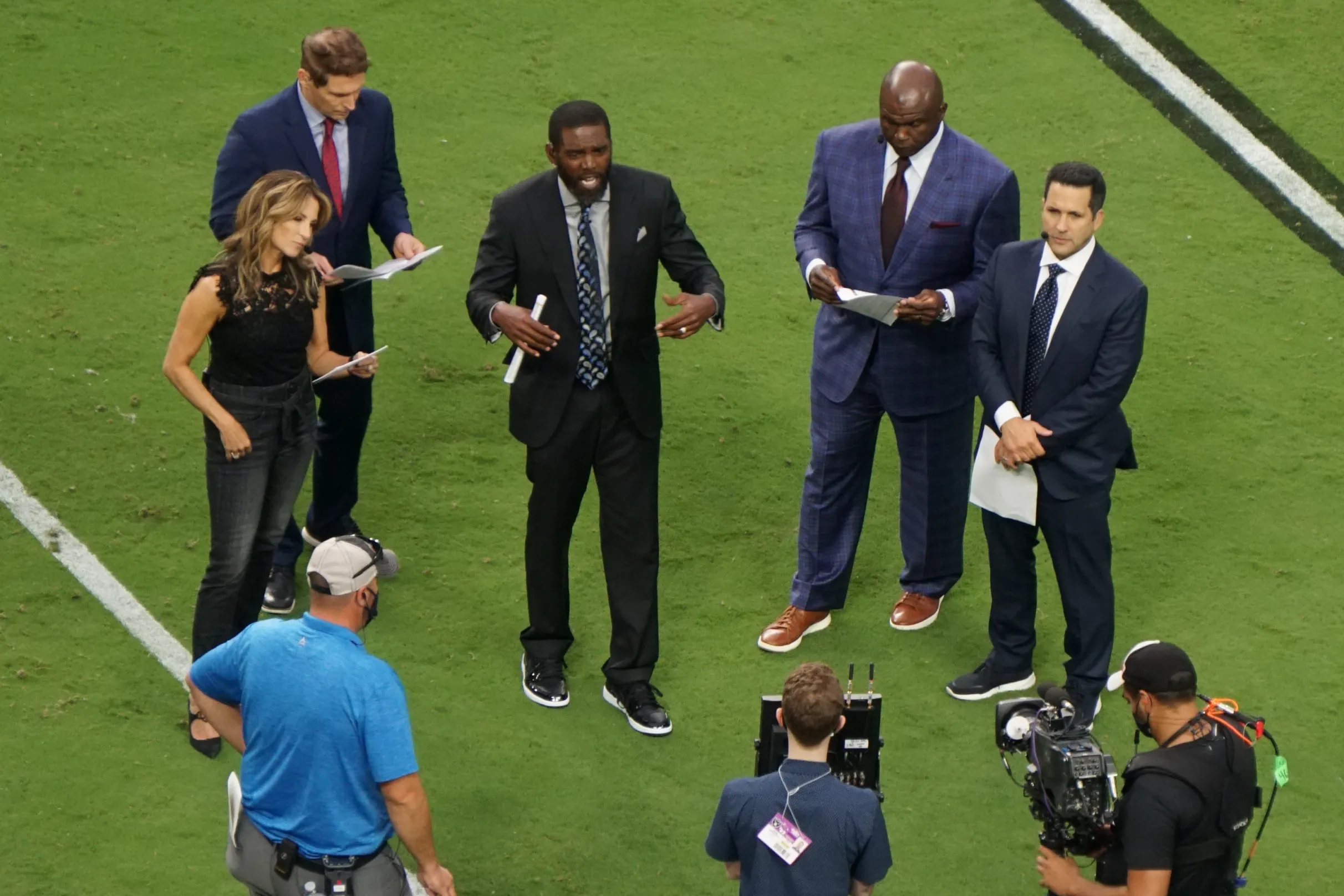
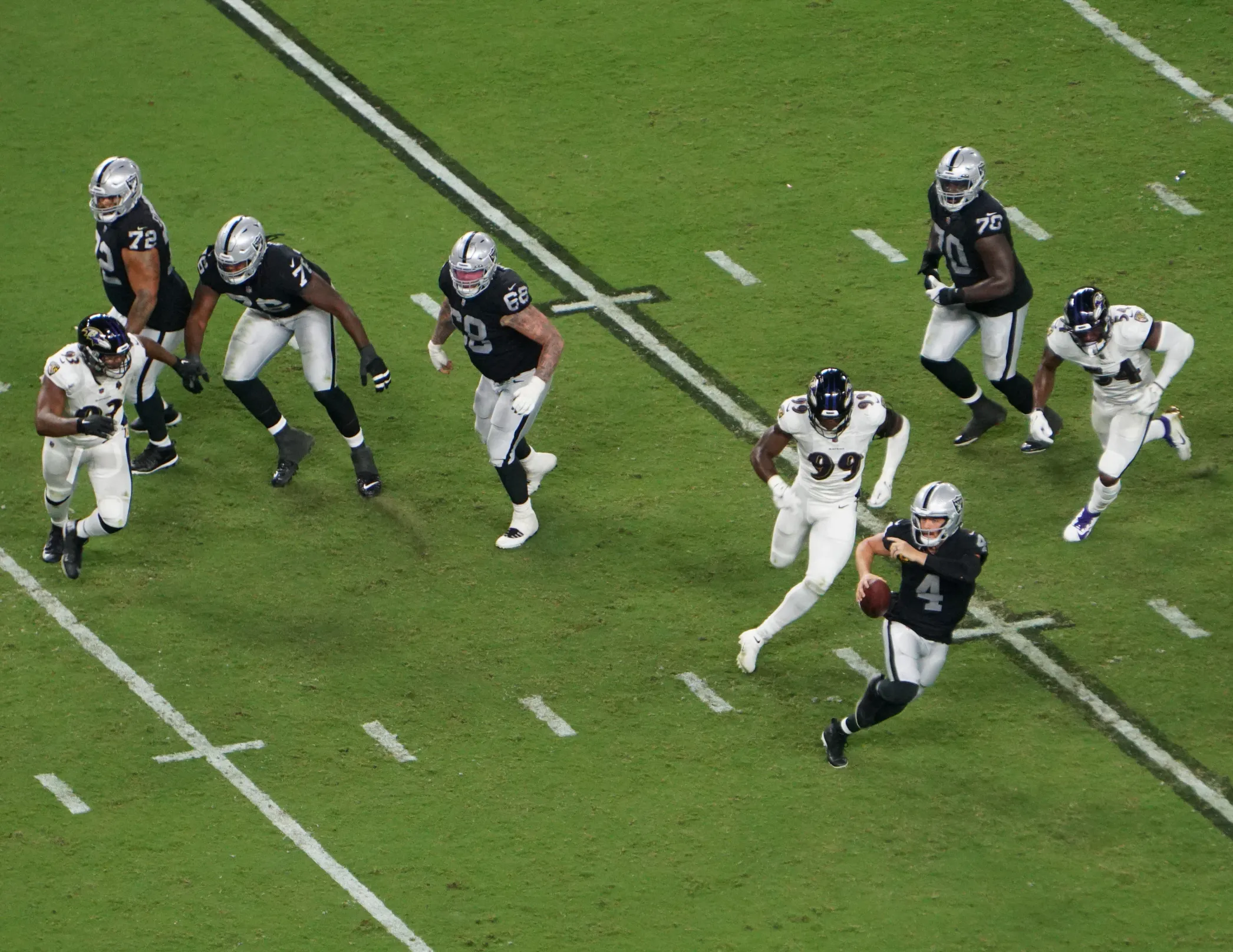
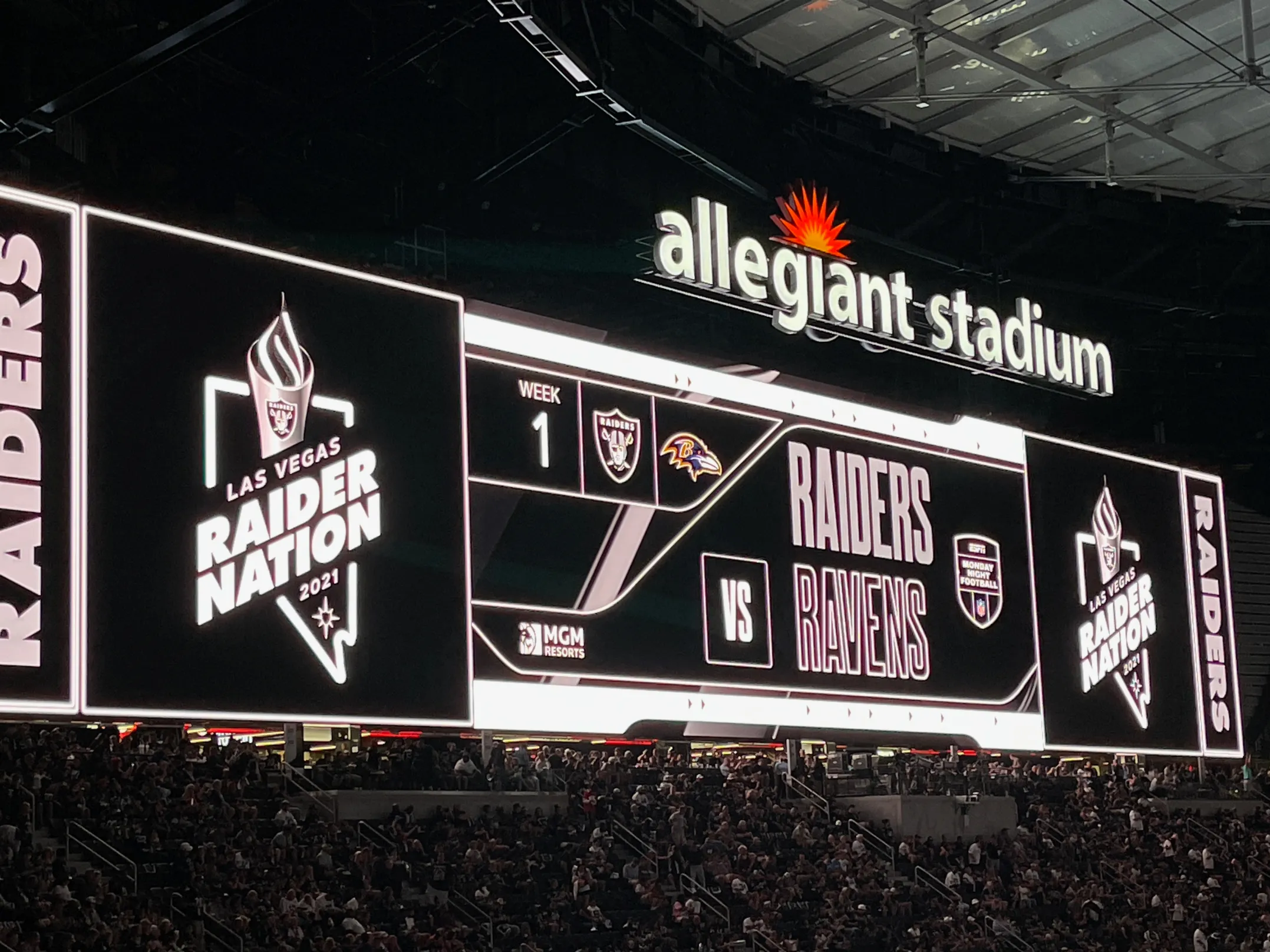
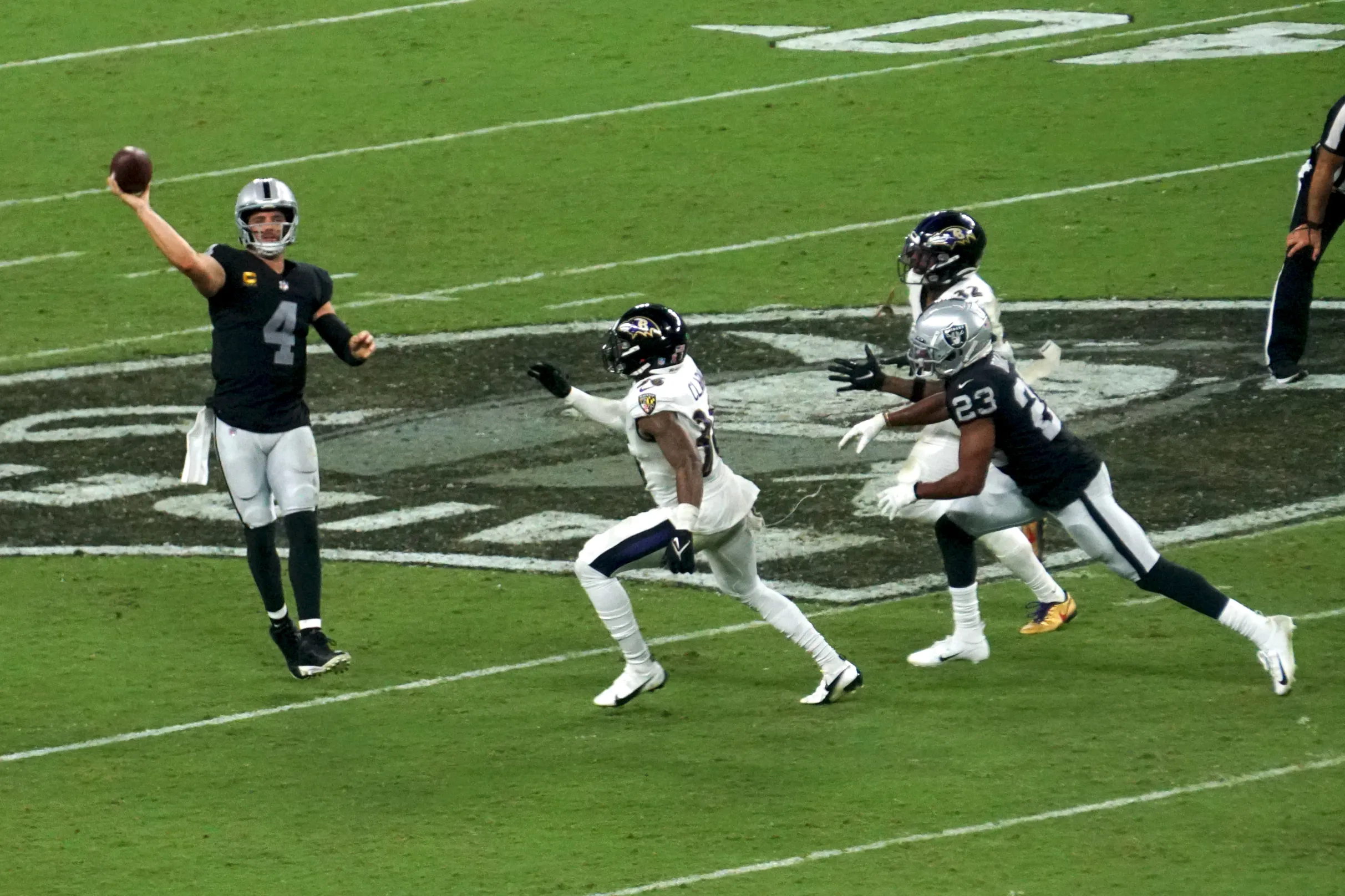
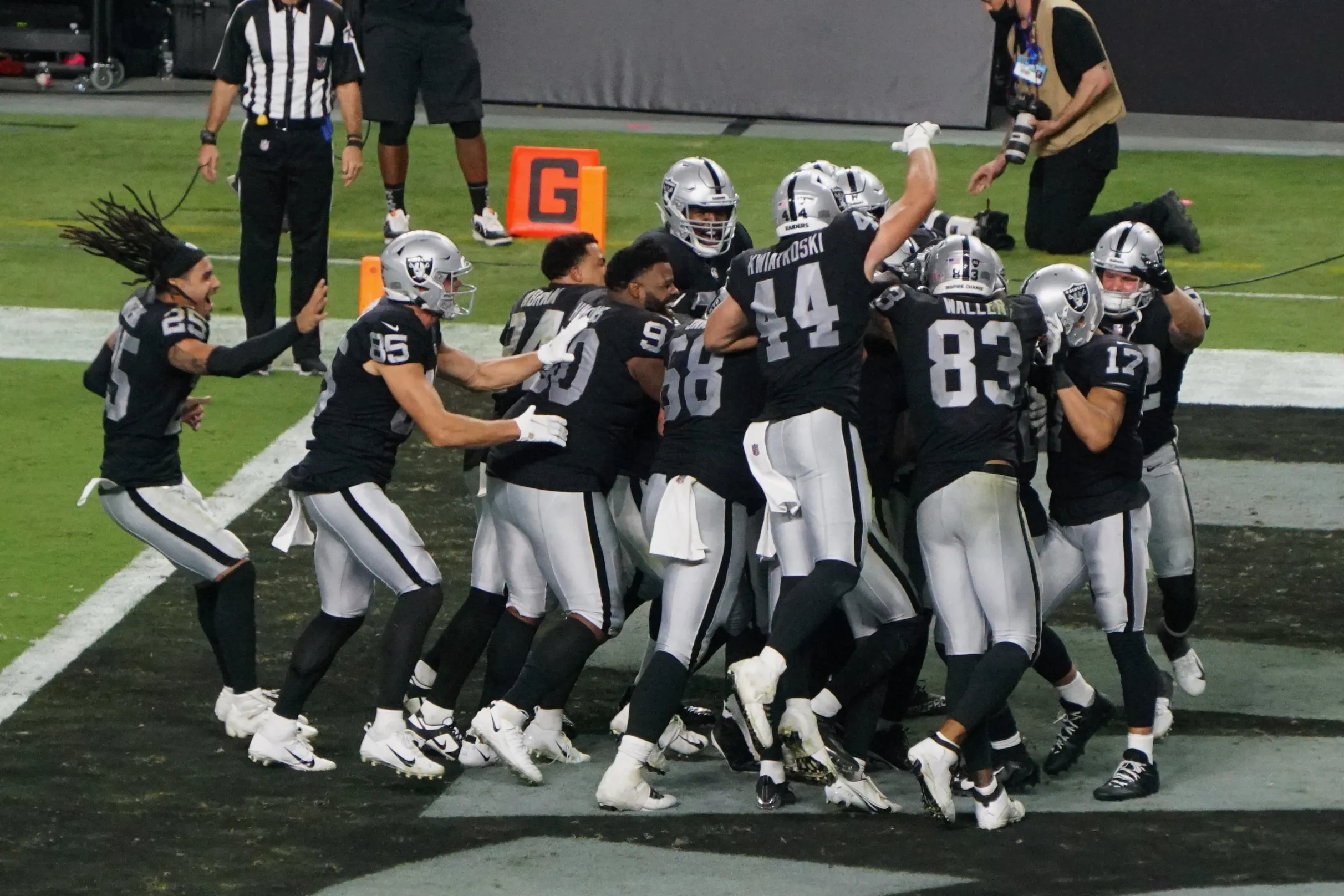
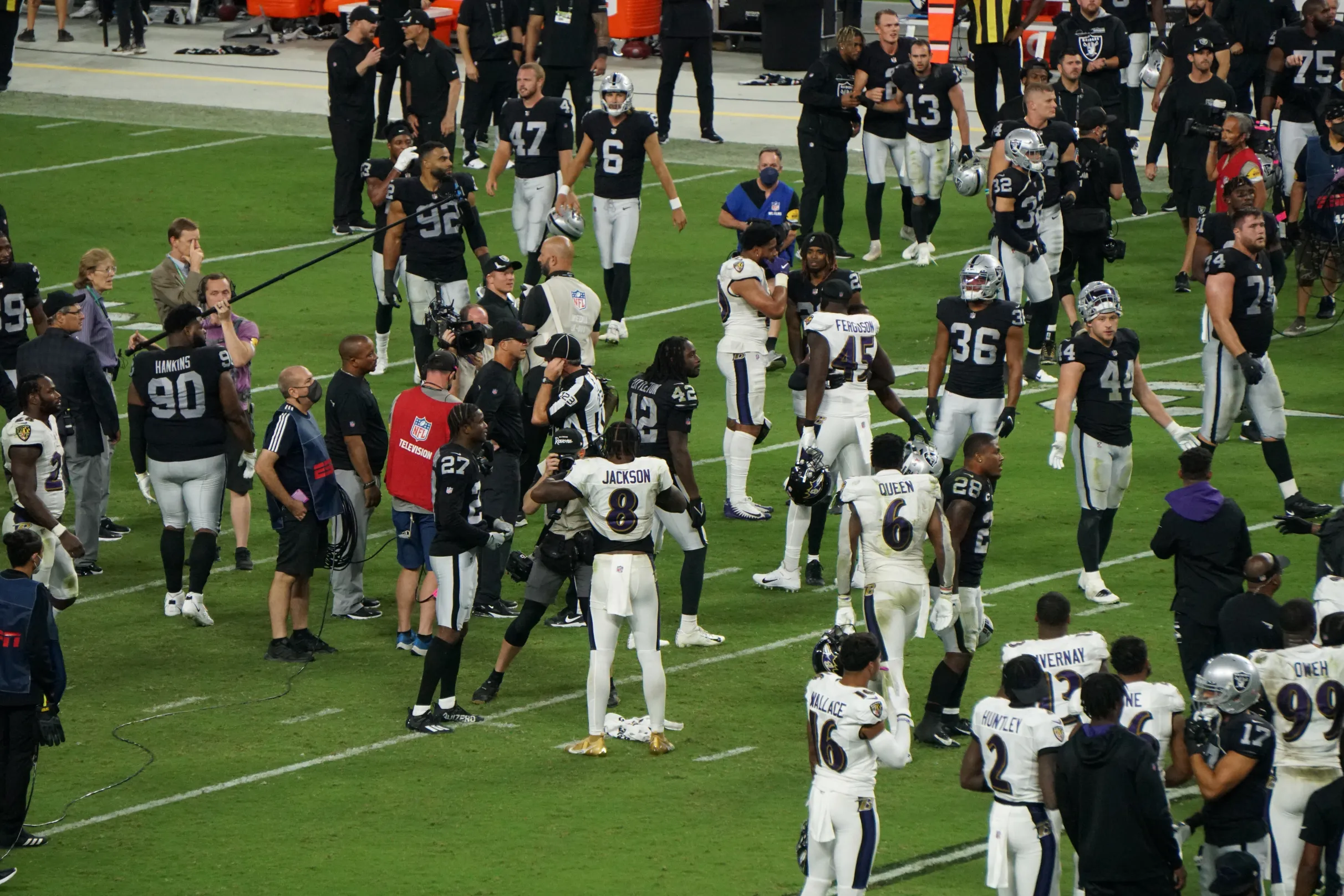
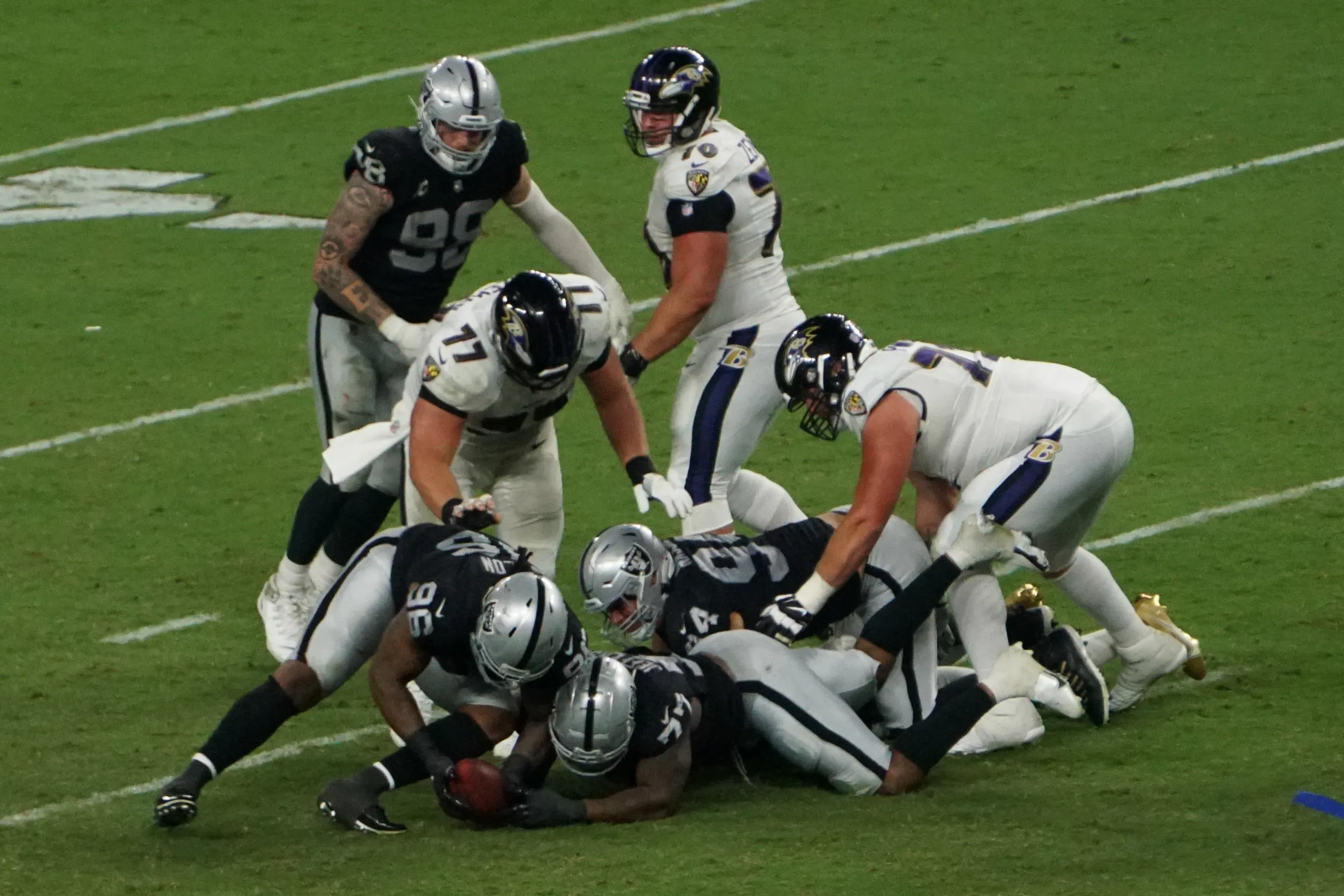

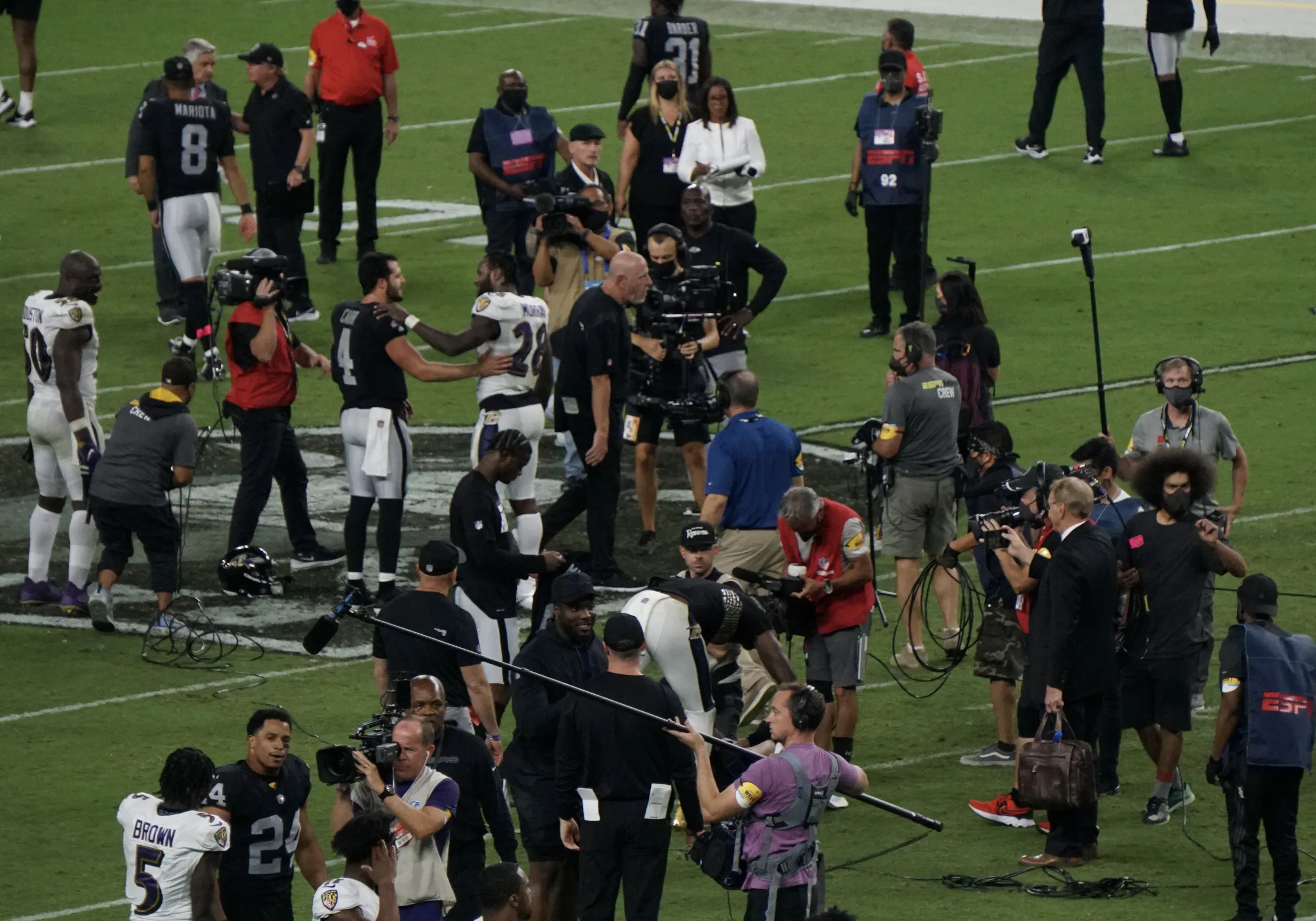
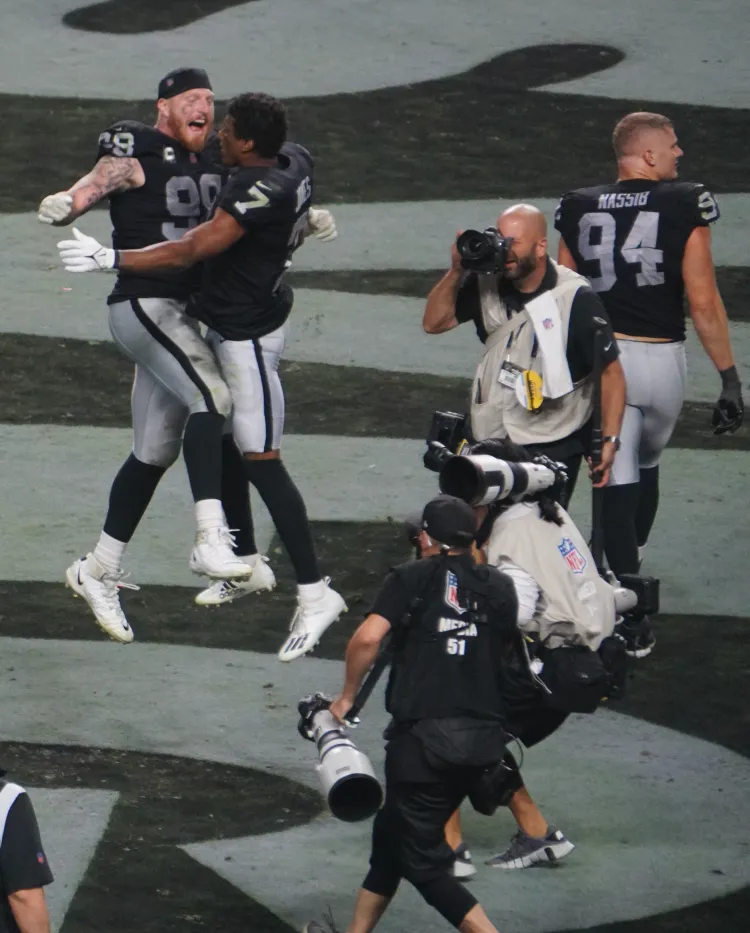

Comments